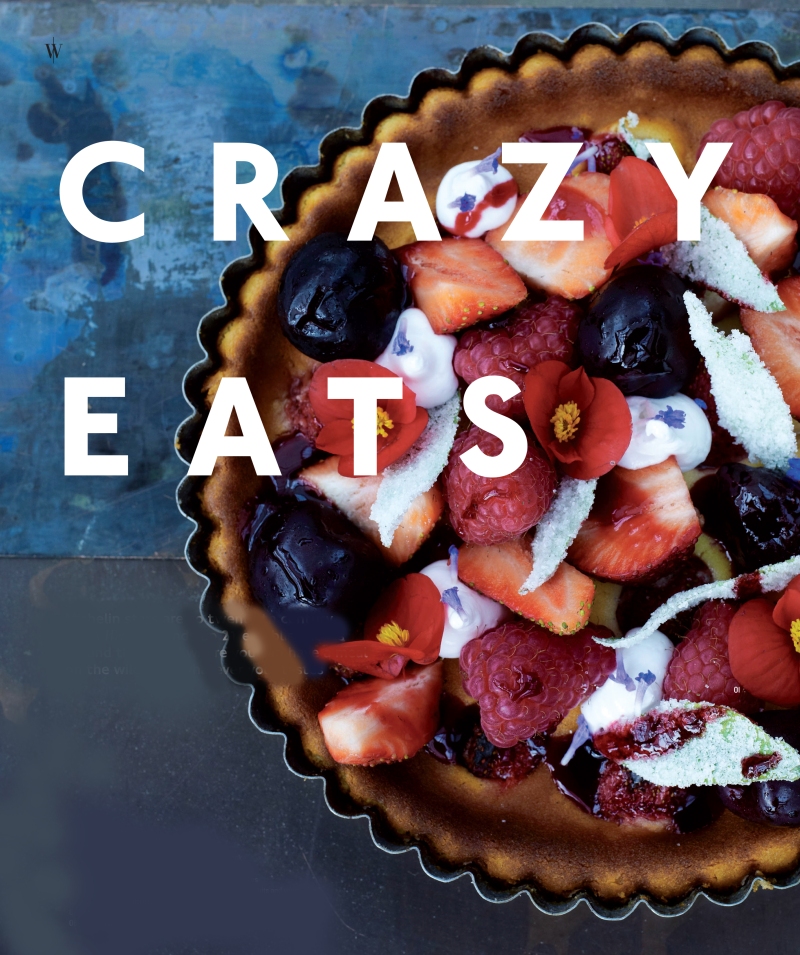
Berry pie at De Kas, Amsterdam
Michelin stars are so twentieth century. Karys Webber rounds up 21 establishments around the world where you can have a meal on the wild side, whatever your tastes
MOTO, Chicago
Michelin-starred Moto in Chicago is molecular gastronomy at its best. Chef with a hint of mad scientist Homaro Cantu creates the most inventive, surprising and bizarre dishes for a multi-sensory food experience using high tech equipment and intricate techniques. The menu and ingredients change regularly and dishes are given mysterious names like ‘River’ and ‘Paradise’ that give little away. But one thing is consistent, nothing is quite as it seems: expect hard to be soft, savoury to be sweet and inedible to be edible. In a bid to avoid the use of paper in the restaurant, even the menus at Moto are edible, printed onto rice paper using a modified Canon i560 inkjet printer in which the print cartridges are filled with food-based ‘inks’, including tomatoes and purple potatoes. The science theme also extends to the laboratory style decor, which features walls of the periodic table of elements and displays of glass flasks and beakers. motorestaurant.com

Acrobats and fine dining, Circus, London
CIRCUS, London
If you favour a side of acrobatics with your dinner then head to Circus in London’s Covent Garden, a late night cocktail bar and cabaret restaurant rolled into one. A surrealistinspired décor, dreamed up by designer Tom Dixon, is striking in black and white with gold Harlequin wallpaper and mirrors galore whilst a Pan-Asian menu offers up dishes such as Chilean sea bass, lychee and aubergine green curry and red pepper lamb chops with chilli and honey. Performances from acrobats, fire eaters, trapeze artists and burlesque dancers occur spontaneously during dinner but come into full force afterwards when the glossy white platform that dominates the main dining room transforms from communal dining table to stage and runway for the entertainment. circus-london.co.uk
DISASTER CAFÉ, Lloret de Mar
If you are someone who thinks going out for a meal is just too easy, perhaps you should make a visit to Disaster Café in Lloret de Mar, Spain where they make eating that much more of a challenge. The bizarre underground restaurant simulates an earthquake equivalent to 7.8 on the Richter scale during your dinner. Waiters don protective headgear and reflective vests and guests, unsurprisingly, are advised to wear machine washable clothing as inevitably things get messy. Even more bizarrely, the restaurant is a hit; tables are booked up weeks in advance by diners who clearly aren’t put off by the fact that the majority of the meal will end up on the floor. disastercafe.com

Situated in a restored greenhouse, De Kas grows its own fruits and vegetables
DE KAS, Amsterdam
De Kas is the project of Michelin-starred chef Gert Jan Hageman who in 2001, rescued Amsterdam’s Muncipal Nursery from demolition and turned it into one of the city’s coolest and most beautiful restaurants. Located in Frankendael Park, the 8-metre high greenhouse, which dates back to 1926, now operates as a unique restaurant-comenursery serving up fresh, seasonal and organic vegetables grown on the premises and locally sourced meat and fish. A fixed menu of simple, stylish dishes inspired by rural Mediterranean is created each morning based on the day’s harvest. Recent offerings have included smoked halibut with celeriac ravioli and lemon panna cotta with pomegranate seeds, melon and basil ice cream. The conservatory dining area is minimalist in design, courtesy of Dutch designer Piet Boon, letting the impressive glass structure take centre stage and a four-seat chef ‘s table is also available in the kitchen if you’re interested in seeing all the action. Alternatively, weather permitting, you can also dine outside in the picturesque herb garden. restaurantdekas.nl

Underwater dining at Ithaa Undersea Restaurant, Maldives
ITHAA UNDERSEA RESTAURANT. Maldives
If you fancy dining with the fishes there’s no more magical an experience than Ithaa Undersea Restaurant on the Conrad Maldives Rangali Island. Residing nearly five metres below the surface in the Indian Ocean, Ithaa – which means ‘mother of pearl’ in Dhivehi, the native Maldivian language – allows its diners to marvel at some of the richest marine life in the world whilst sipping champagne cocktails. Sharks, turtles and stingrays are all regularly spotted along with swarms of tropical reef fish and with a seafood heavy Maldivian-Western fusion menu, there’s a high chance you’ll be able to spot what’s on your plate swimming above your head. Intimate with only 14 seats, the 5 x 9 metre restaurant is encased by 12.5mm thick clear acrylic glass and cost $5 million to build. conradhotels.com
CANNABALISTIC SUSHI, Tokyo
Nyotaimori is the obscure Japanese practice of serving sushi on the body of a naked woman. Inspired by this, a restaurant in Tokyo has taken the concept to new levels with a macabre twist. Definitely not for the squeamish, at the Cannibalistic Sushi restaurant, guests are presented with an edible ‘human body’, wheeled out on a gurney by a waitress dressed as a nurse. The chefs at the restaurant ensure that the life size corpse is as realistic as possible, using dough to create the flesh, sushi and sashimi inside to replicate organs and blood red sauce embedded in the skin layer to create realistic bleeding when you make your incision. You can even choose between male and female bodies.
DINNER IN THE SKY, Worldwide
If you suffer from vertigo then this one may not be for you, however for spectacular views and your meal with a side of fear then Dinner in the Sky is a must do. The bespoke experience dangles 22 guests 100 feet in the air at a location of your choice with a chef, waiter and entertainer enclosed in the centre to tend to your needs, plus the swiveling chairs allow you to enjoy 180-degree views. Just make sure you take a bathroom trip beforehand, the whole table has to be brought down if anyone needs to go to the toilet during dinner. dinnerinthesky.co.uk

A zip-lining waiter enroute to the Soneva Kiri Treetop Dining Pod
SONEVA KIRI TREETOP DINING POD, Koh Food, Thailand
Also taking dining to new heights is five star eco-resort, Soneva Kiri, on the Thai island Koh Kood. Soneva Kiri offers its guests a unique Treetop Dining experience using a rattan pod that seats up to four people. Boarded at ground level, the bird’s nest-esque pod is then hoisted up 16 feet into the native massang trees so guests can enjoy their meal at one with nature and with stunning views of the island and out to sea. The menu also follows a jungle theme serving up dishes such as ‘Canapés in the Canopy’ and ‘Forager’s Basket’ using produce predominantly from the island’s organic gardens. With such a secluded, uneasy to reach location you may be wondering how your food arrives. In fact, the waiters glide elegantly through the trees using zip wires to reach you. However, designer of the Treepod, Louis Thompson, has said, “we are also looking into guests being able to fly on the zip line through the jungle themselves, as there is a certain amount of envy when they watch the waiters.” soneva.com/soneva-kiri/home
OPAGUE, Los Angeles
Everyone enjoys a candlelit dinner so why not go one step further and ditch the light completely? You can do just that at Opaque in Los Angeles where they promise a ‘more stimulating dining experience’ based on the theory that removing your vision heightens your remaining senses, enhancing the smell, taste and texture of your food. Guests at Opaque enjoy their meal in a completely pitch black room aided by waiters who are all blind or visually impaired. darkdining.com.

The Wrapping Gallery combines a restaurant with a contemporary art gallery
THE WRAPPING PROJECT, London
The venture of Australian-born theatre director and curator Jules Wright, The Wapping Project in London brings together a restaurant and contemporary art gallery in a disused hydraulic power station. With utilitarian furniture, high ceilings, bare-brick walls and looming industrial machinery, it’s not the cosiest of settings to settle down for dinner, but it is impressive. The daily changing menu offers up treats like veal rump with winter tomato, wild fennel, herb, almond and ricotta, courtesy of newly appointed chef Matthew Young, plus an all-Australian wine list handpicked by Wright. A cavernous art space at the back plays host to a variety of installations and exhibitions each month. thewappingproject.com
EL DIABLO, TIMANFAYA NATIONAL PARK, Lanzarote
El Diablo restaurant crowns the top of Islote de Hilario, the tallest of Timanfaya National Park’s famous ‘Fire Mountain’ volcanoes in Lanzarote. What makes this circular, glass-walled restaurant unique though is not just the spectacular views and odd location choice, it’s the way they cook the food. The chefs use the semi-dormant volcano itself to grill your dinner to perfection via a cavernous black pit, which reaches to the ground to utilize the natural 400°C heat that emanates from below the ground’s surface. The restaurant itself was designed by the late artist and architect, César Manrique, who was responsible for much of Lanzarote’s development. lanzarote.com/timanfaya LAINO SNOW VILLAGE ICE BAR, Ylläsjärvi, Finland The Laino Snow Village Ice Bar resides in the town of Ylläsjärvi in Finland, just north of the Arctic Circle, and as you may have guessed, is made entirely of ice and snow. Diners here can enjoy local specialties such as reindeer, Lappish potato soup and vodka-lingonberry jelly (served in ice glasses of course) and as the restaurant is kept at a cool -2 to -5 degrees Celsius at all times, fur rugs are considerately draped over the solid ice chairs to keep you warm. The restaurant only exists however during the winter season when the weather is cold enough to sustain it, for the rest of the year it disappears entirely and is rebuilt from scratch when winter next arrives. snowvillage.fi
FORTEZZA MEDICEA, Volterra
For a somewhat tense dining experience, try Fortezza Medicea restaurant in Volterra, near Pisa, which just happens to reside inside a maximum-security prison. An experiment in prison rehabilitation, all the waiters and chefs that work in the restaurant are convicts who inhabit the 500-year-old facility, based on the idea that the inmates will learn valuable skills to help them find work upon release. Unsurprisingly, security checks are thorough: would be diners are required to submit a two-month background check before their reservations are considered and upon arrival at the restaurant, guests have to pass a series of checkpoints and hand over mobile phones and handbags before settling down for their meal. Armed prison wardens are stationed around the restaurant and, just in case, all cutlery and plates are plastic. The menu consists of Southern Italian dishes like mini frittatas and gnocci with a fava bean puree, plus a pianist doing life for murder serenades diners during their meal.

Fully automated service at `S Baggers, Nuremberg
‘S BAGGERS, Nurenberg
At ‘s Baggers restaurant in Nuremberg they’ve done away with the traditional table service in favour of a fully automated electronic system. Customers simply place their orders themselves using the touch screen computers at each table and when ready, your food will come whizzing towards you from the kitchen above on the spiraling metallic tracks that dominate the dining area. sbaggers.de
ANNALAKSHMI, Singapore
The motto at vegetarian restaurant Annalakshmi in Singapore is simply, ‘eat what you want, give what you feel’. That’s right, it’s up to you to decide how much you’d like to pay for your dinner. To entice your generosity however, the money you pay is donated to the Temple of Fine Arts, an artistic and cultural organization dedicated to serving the society through arts, music and dance, and all the staff at Annalakshmi are volunteers who hold regular day jobs and view their work at the restaurant as ‘service’. The unusual restaurant also has outlets in Kuala Lumpur and Perth. annalakshmi.com.sg

Sound of Silence, Australian barbecue in the Outback
SOUNDS OF SILENCE, Ayers Rock
If a romantic, starlit dinner is more your thing then try the awardwinning Sounds of Silence experience which offers a memorable meal in the secluded Australian outback. Champagne and canapés kick start the evening at sunset on a lone sand dune overlooking Ayers Rock followed by a traditional Australian barbecue in a candlelit desert clearing, serving up classic Northern Territory dishes kangaroo, crocodile, emu and barramundi. After dinner, you can indulge in a spot of stargazing with the resident astronomer on hand to guide you through the night sky. In the chillier winter months a campfire is also lit to keep things toasty. ayersrockresort.com.au
HAJIME, Bangkok
At Japanese restaurant, Hajime, in Bangkok they’ve come up with a novel, if slightly terrifying, way to serve customers. All food here comes courtesy of enormous, bug-eyed robots, dressed in snazzy samurai outfits. What’s more, they also perform clunky dance routines to Asian pop music for your entertainment. Owner Lapassard Thanaphant invested nearly $1 million to create the boogying robot waiters. hajimerobot.com
THE SPAM MUSEUM, Austin, Minnesota
Brilliantly dubbed The Guggenham, The SPAM Museum in Austin, Minnesota is 16,500 square foot dedicated purely to the canned meat. Visitors to the museum can experience ‘the world’s most comprehensive collection of spiced pork artifacts’ with exhibitions ranging from a short film entitled ‘Spam…A Love Story’, vintage SPAM brand advertising, SPAM trivia and a World War II exhibit that includes a letter from former U.S. president, Dwight Eisenhower, thanking the company for keeping the troops well fed during the war. Of course, you can also swing by the museum store on your way out to stock up on priceless SPAM collectables. spam.com/spam-101/the-spam-museum
MESTIZO, Santiago
Mestizo restaurant in Santiago, Chile, doesn’t really look much like a restaurant. If it wasn’t for the arrangement of tables and chairs, catching sight of it you’d be much more likely to mistake it for an art gallery or a museum. Designed by architect Smiljan Radic Clarke, what makes the structure so unique is the use of large boulders to support the wooden roof that stretches over the kitchen at one end, the indoor section of the restaurant in the middle and an outdoor deck patio at the other end. Occupying a corner of Parque Bicentenario, the restaurant overlooks picturesque water gardens and serves an eclectic mix of Chilean and Peruvian cuisine. mestizorestaurant.cl
THE CURRYWURST MUSEUM, Berlin
As ‘the culinary emblem of Germany’s capital city’, naturally the currywurst should have a museum dedicated to its greatness in Berlin. Opened in 2009 to commemorate the 60th anniversary of the dish, the museum claims that ‘no national dish inspires as many stories, preferences and celebrity connoisseurs as this one does’ and holds interactive exhibitions including a Spice Chamber which features a sausage sofa, sniffing stations and a ‘Currymat’ that will tell you what curry type you are. currywurstmuseum.de
ROADKILL COOK-OFF FESTIVAL, West Virginia, USA
Yes, you have read that right. Every September, the people of Marlinton, West Virginia hold the stomach-churning Roadkill Cook-Off Festival. Thankfully, the dishes are merely inspired by common roadkill in the area as opposed to participants actually using animals scraped off the country roads. The rules state that competitors’ main ingredient must be an animal that often meets it’s grisly end in a road accident, be it a possum, beaver, raccoon, deer, squirrel or even a rattlesnake. Previous dishes have included teriyakimarinated bear. Vegetarians need not apply. pccocwv.com/

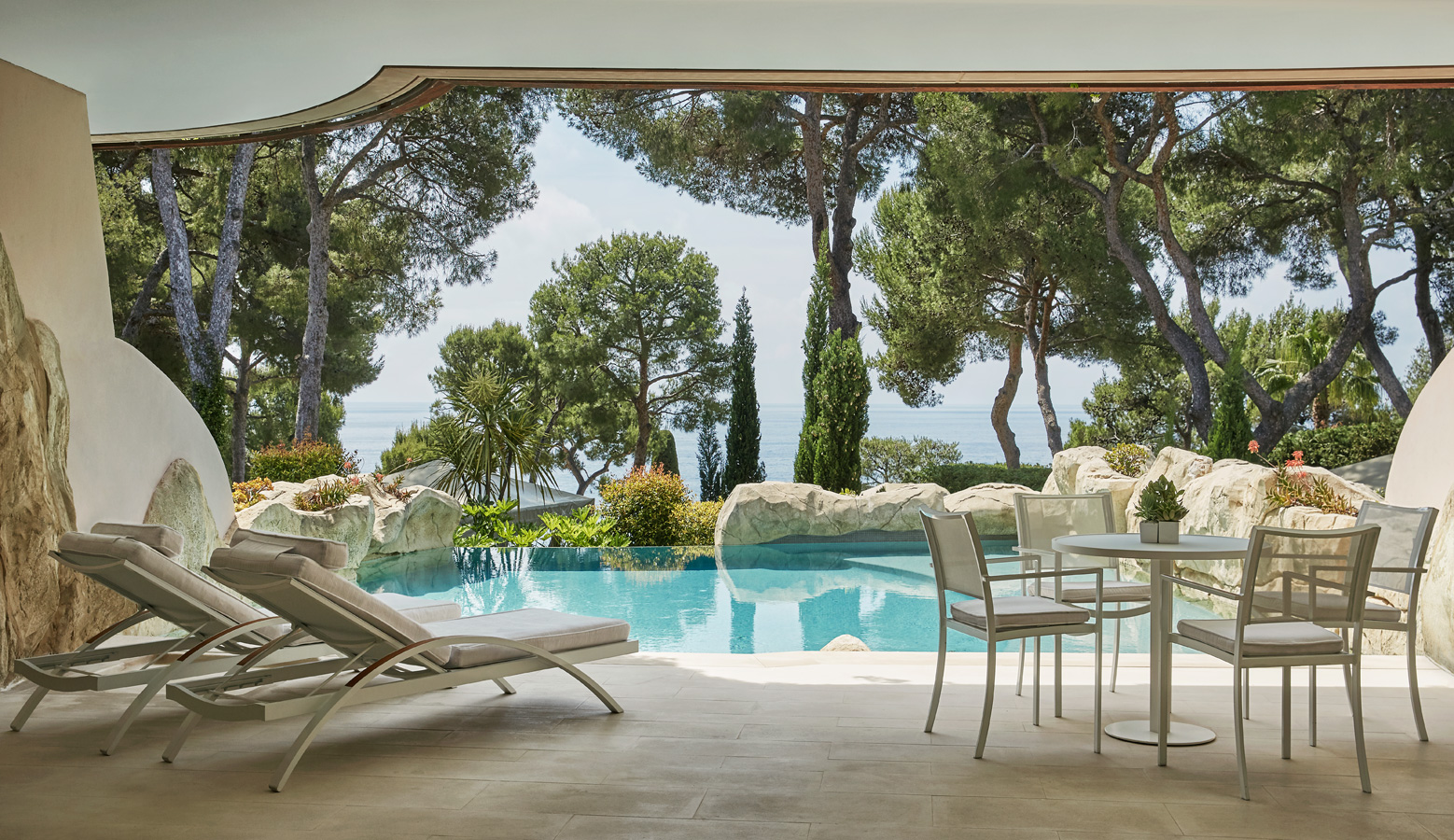


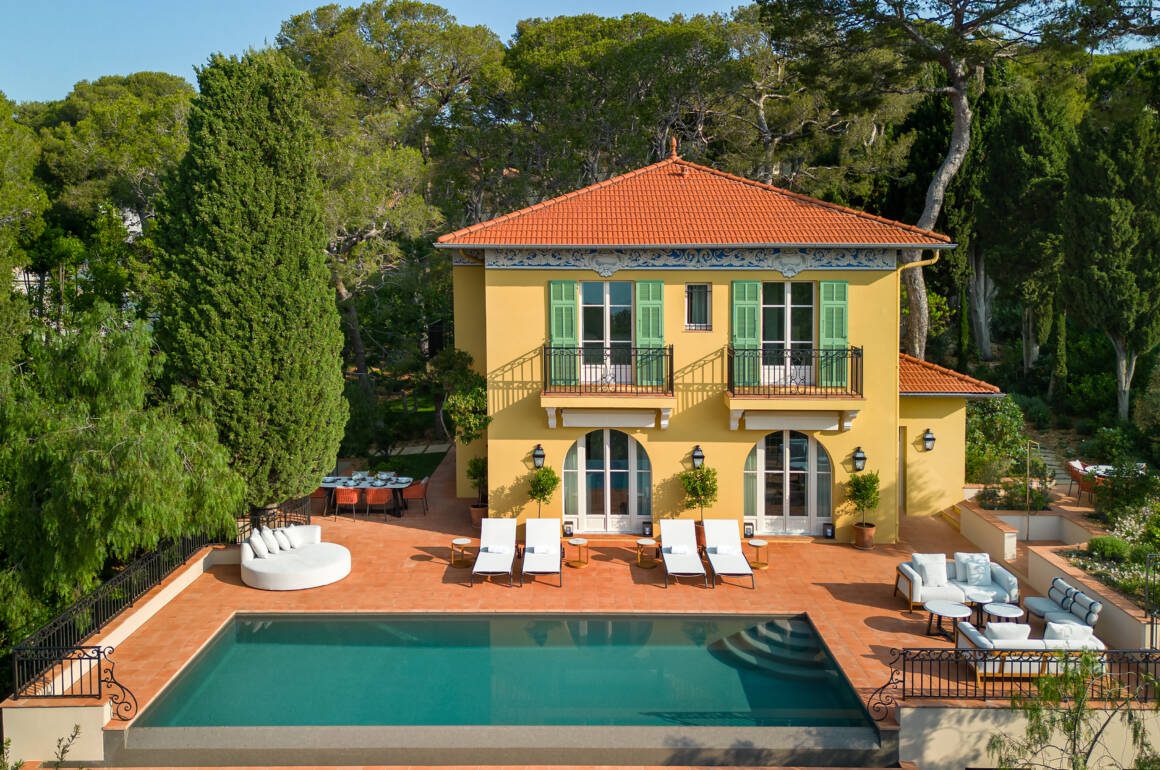
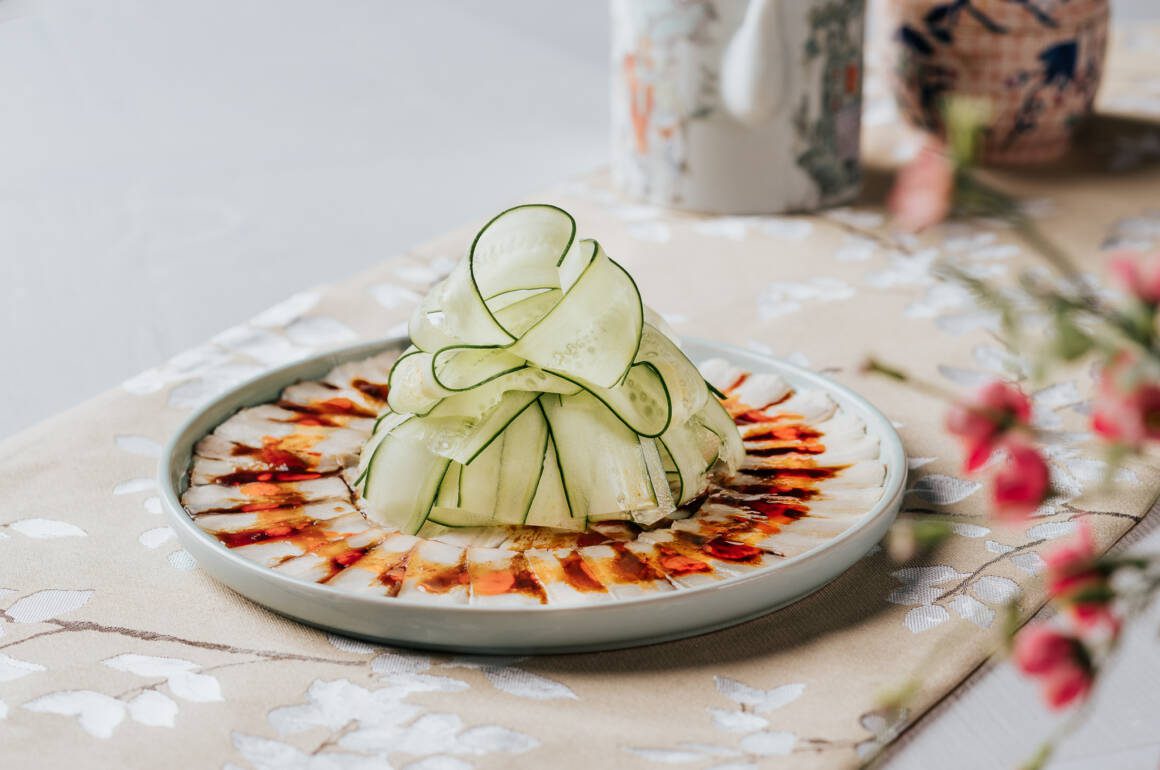



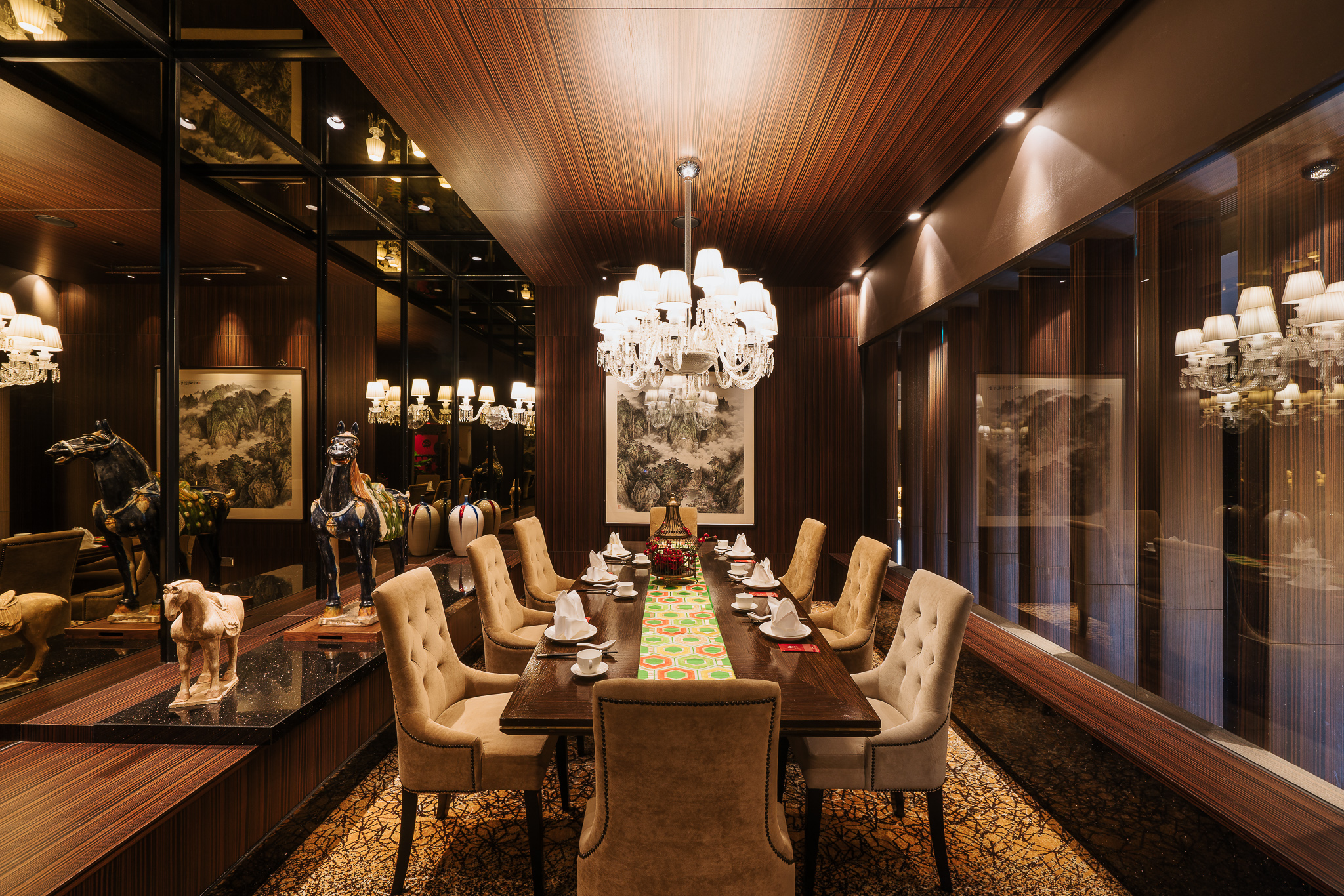
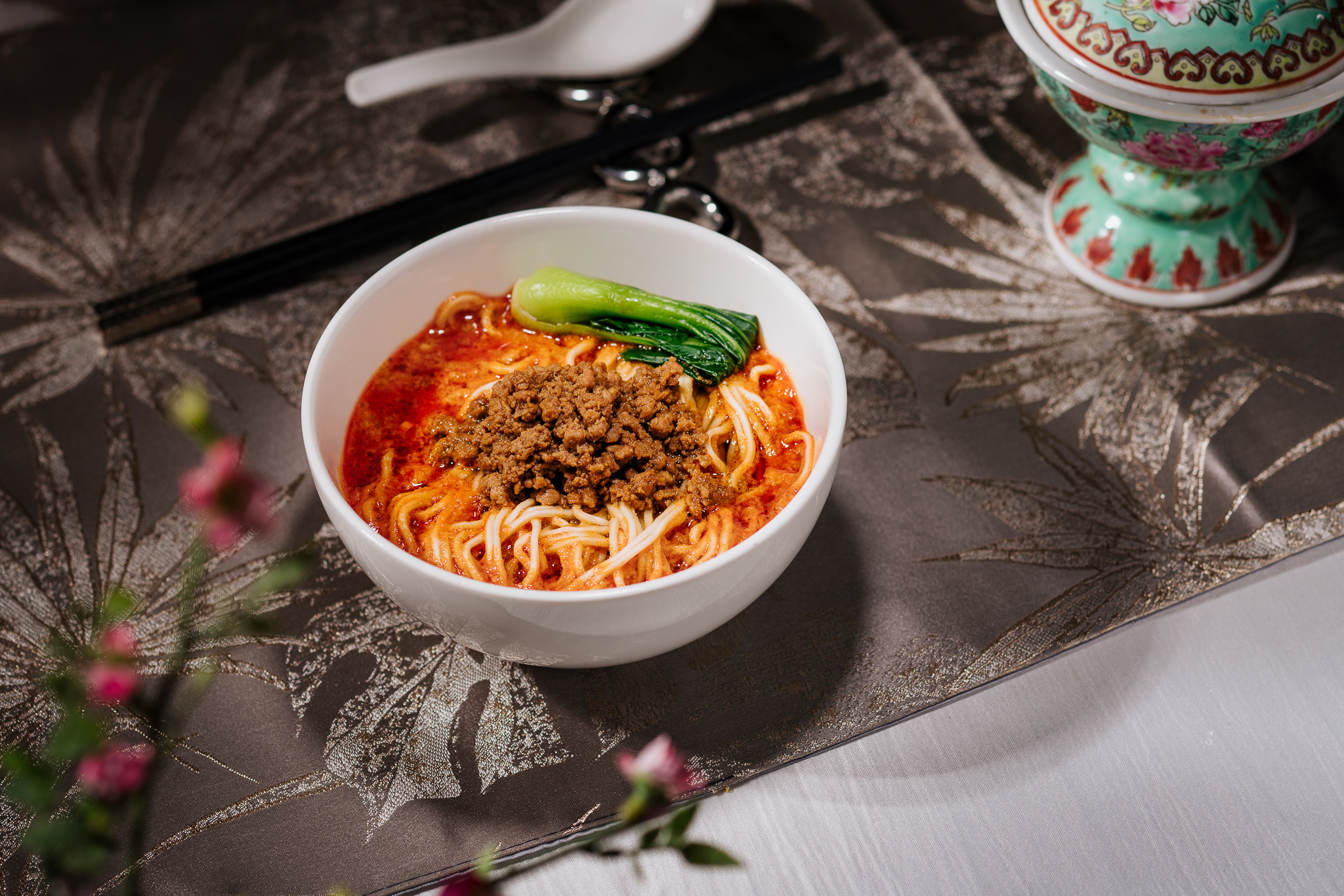
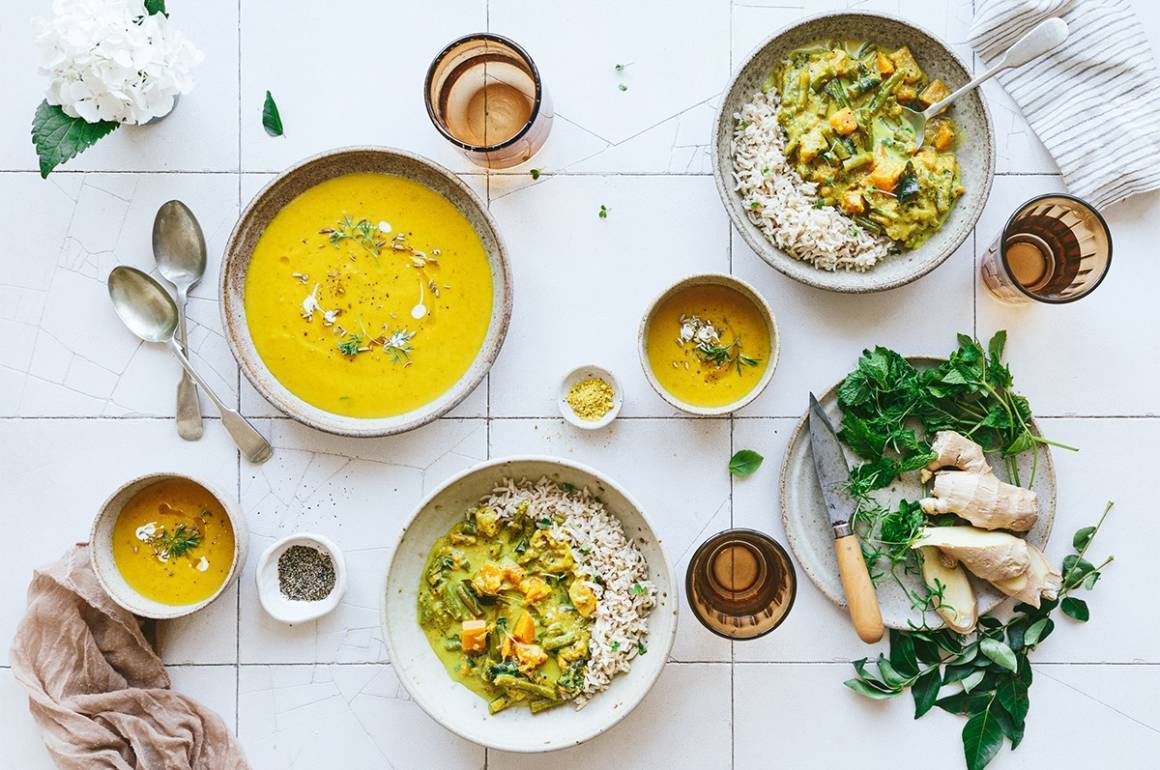
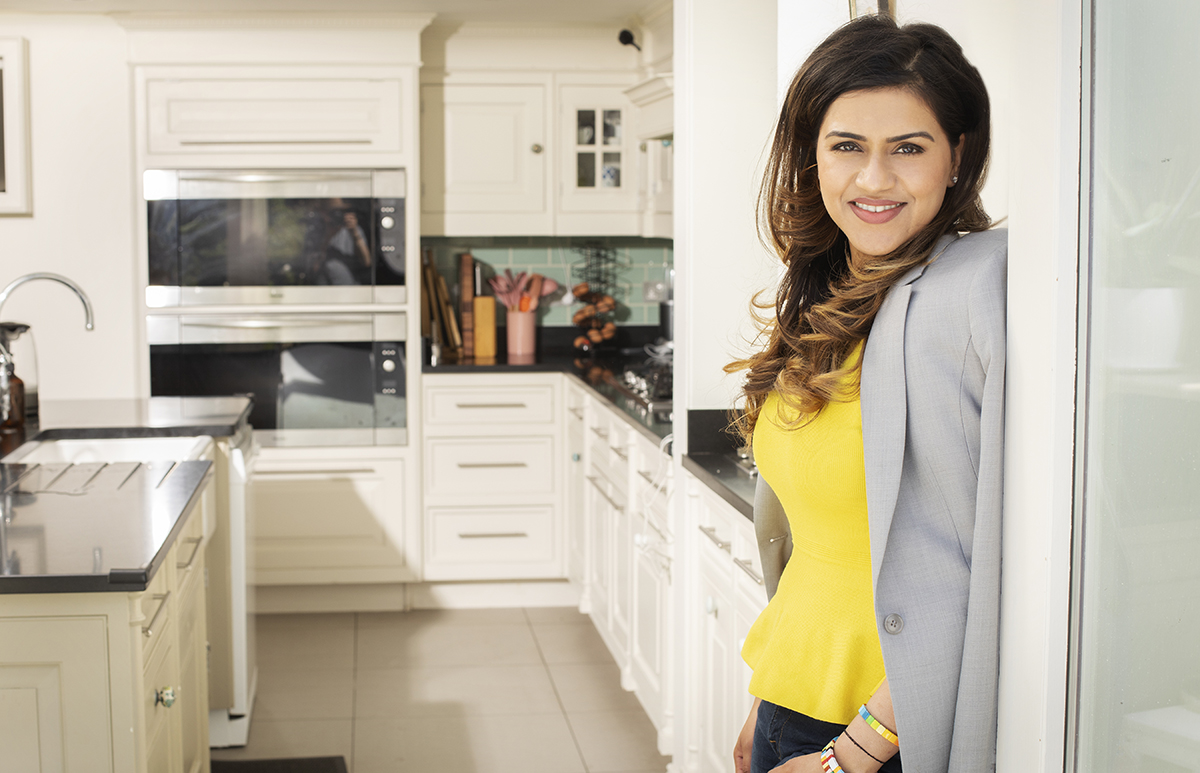

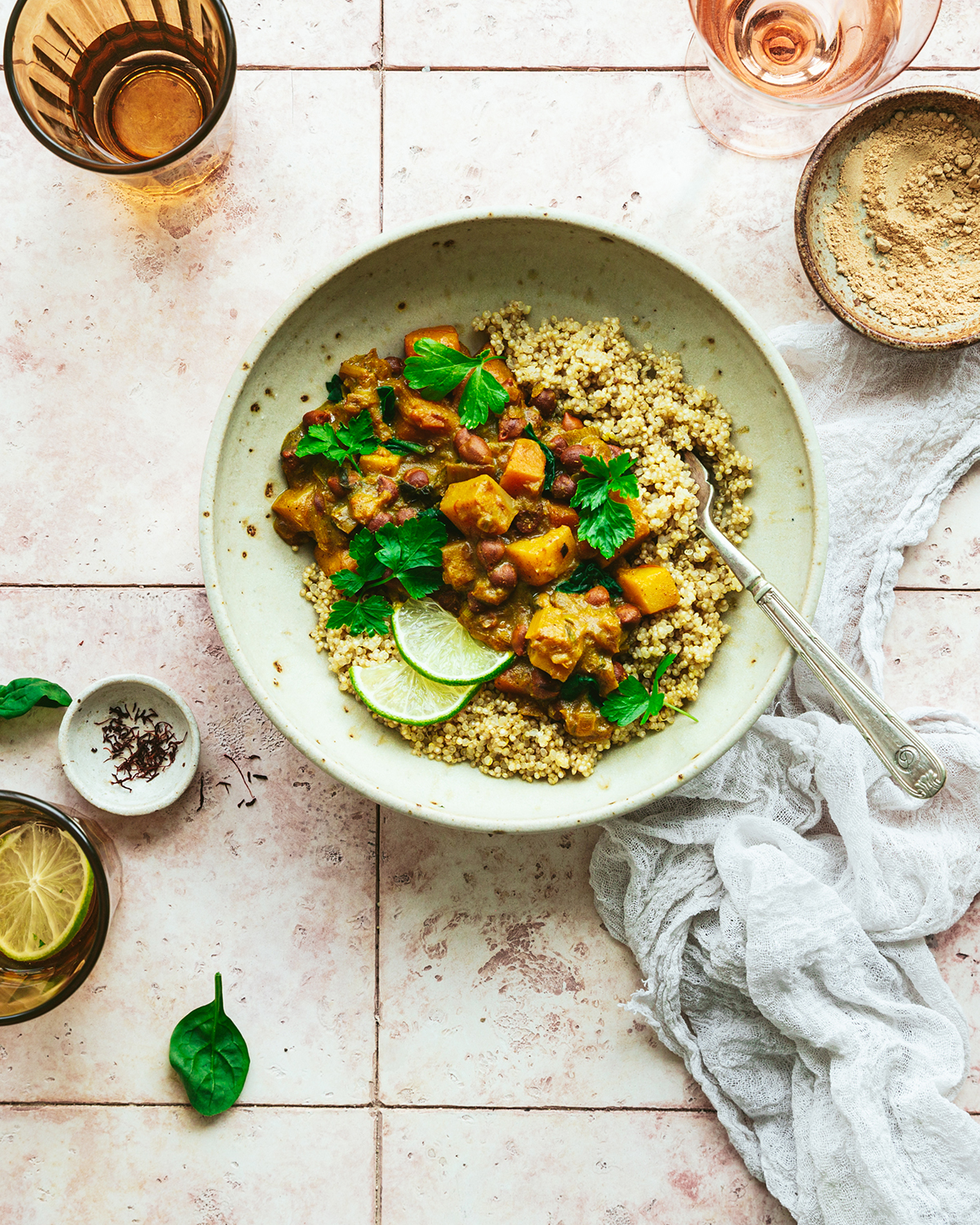
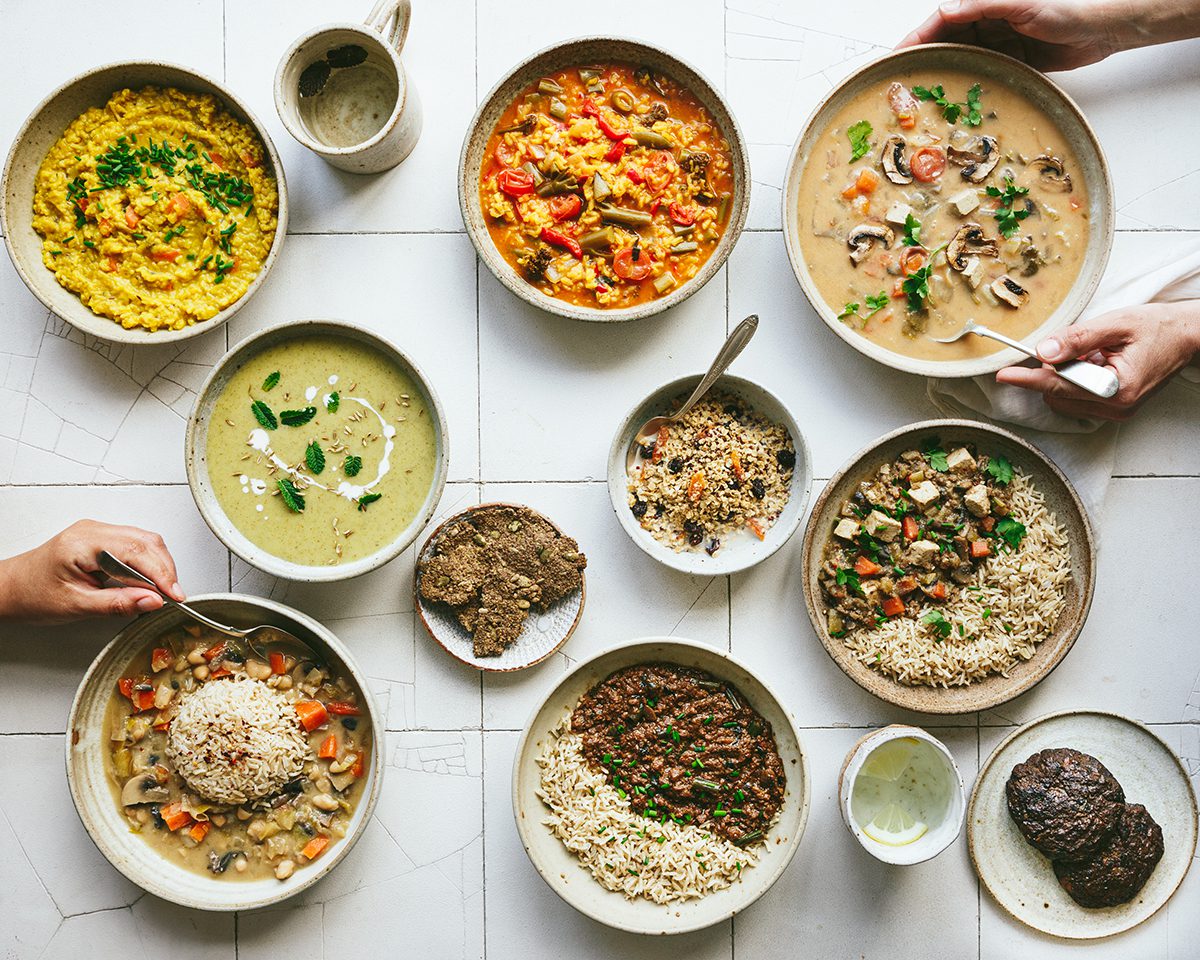
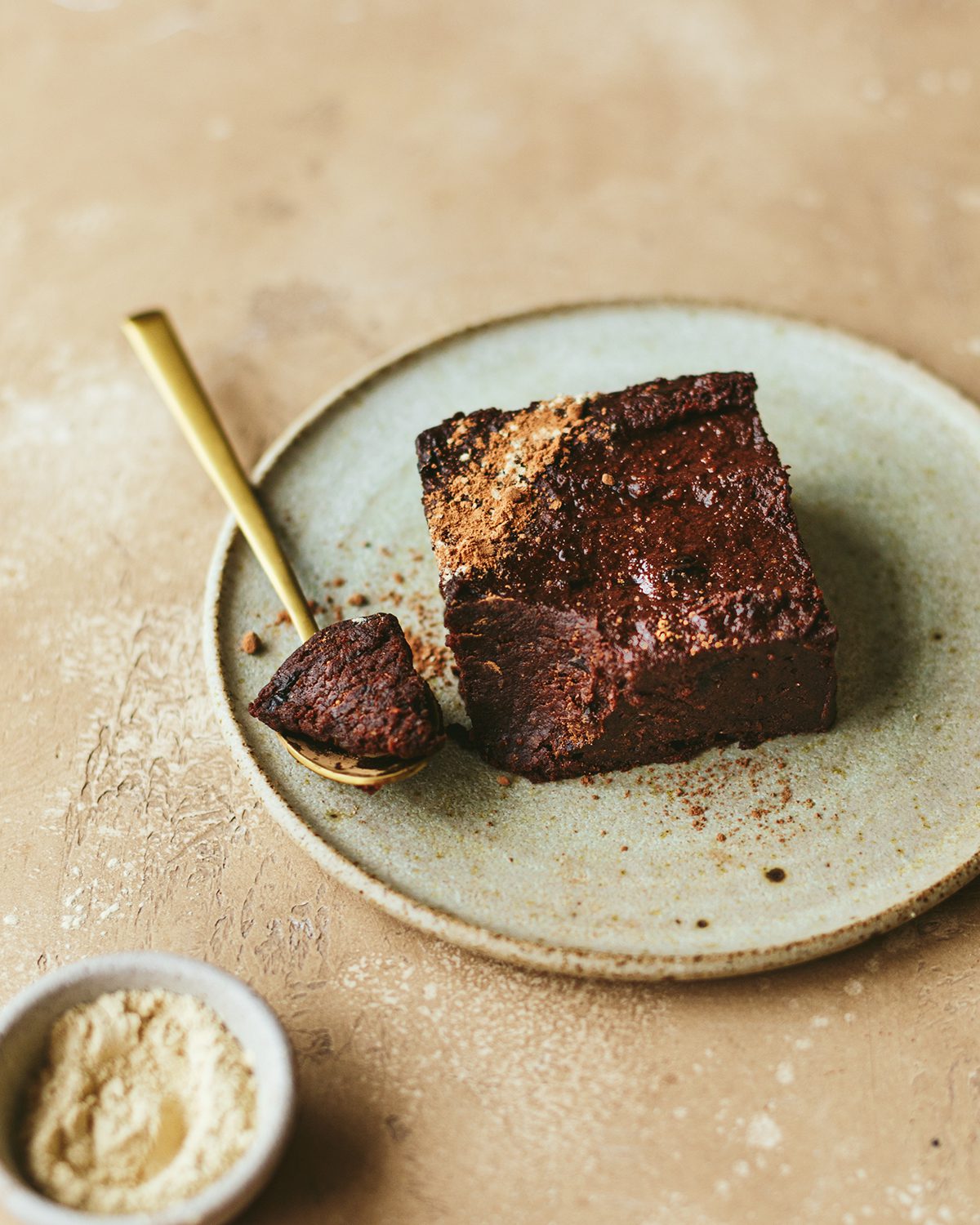


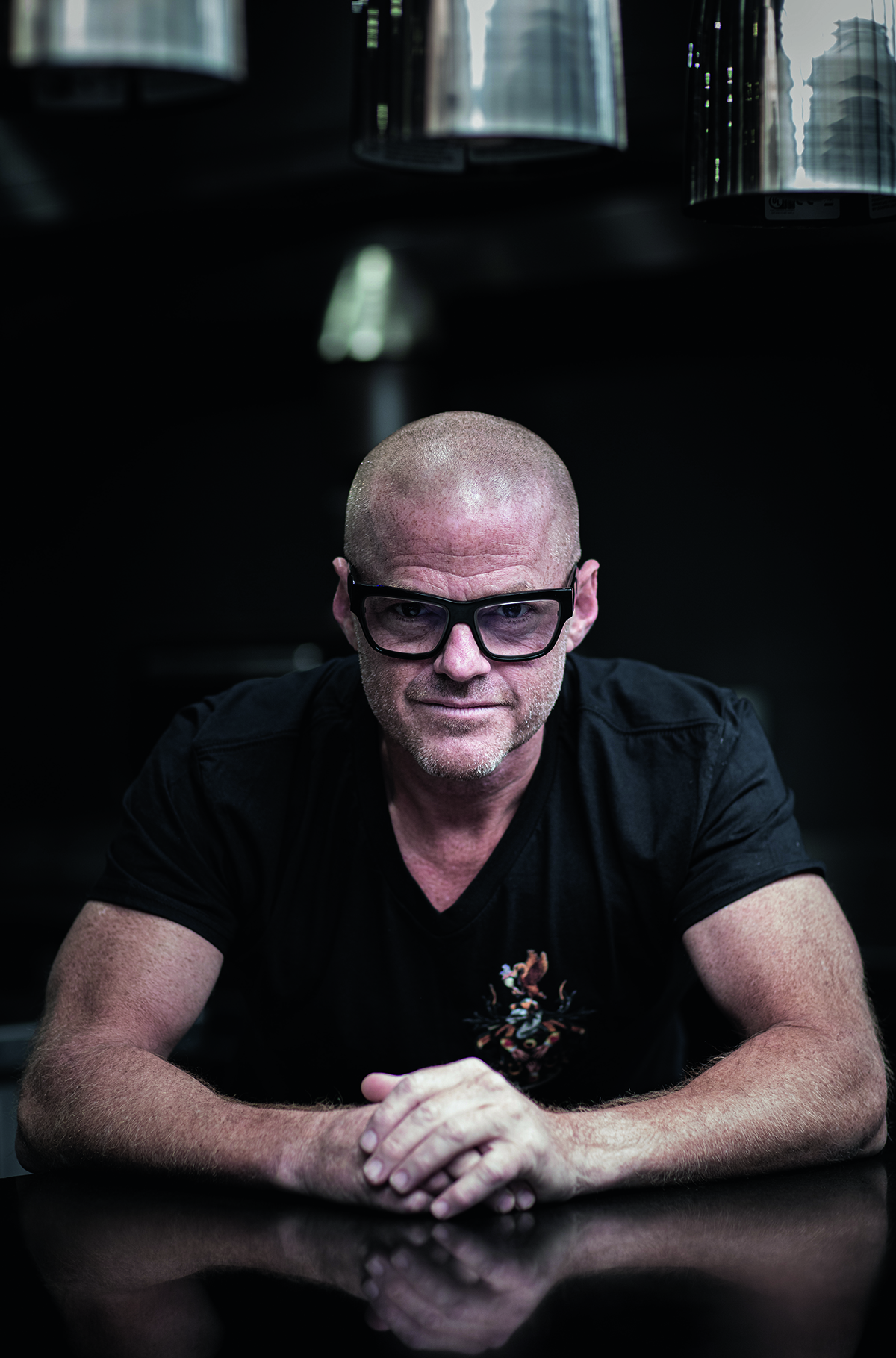
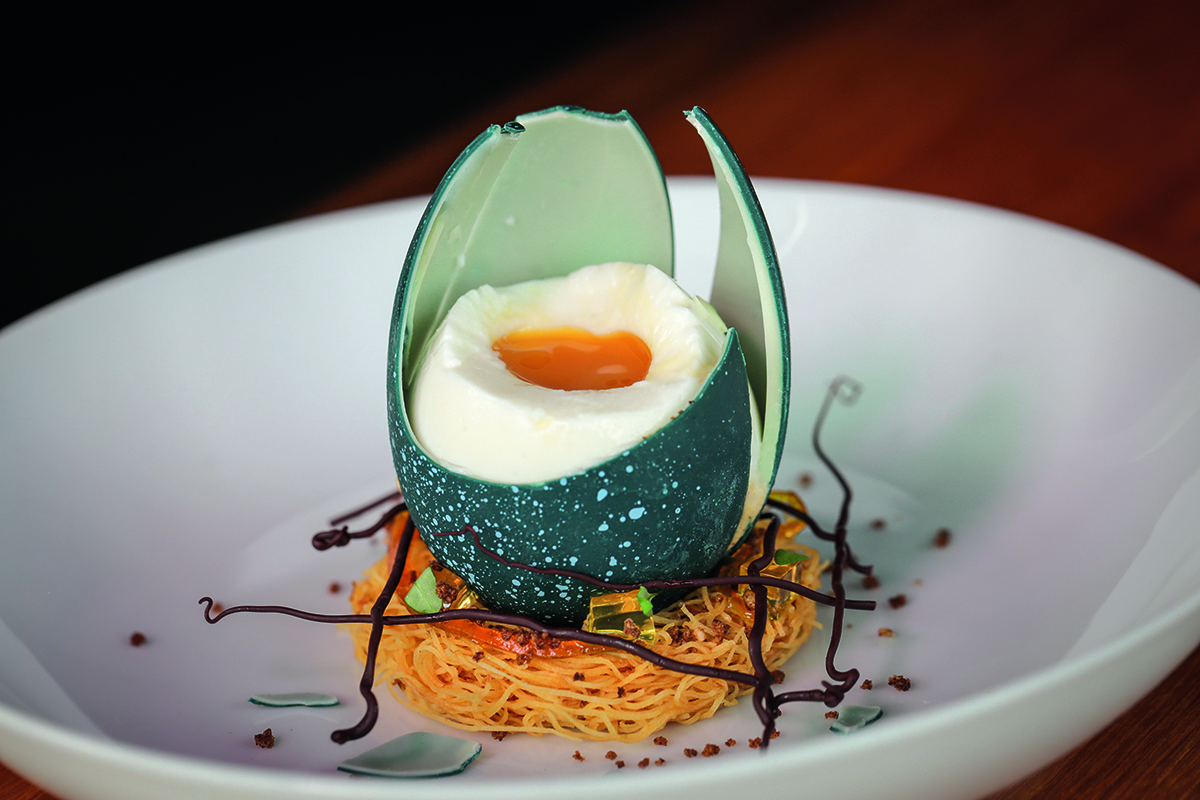
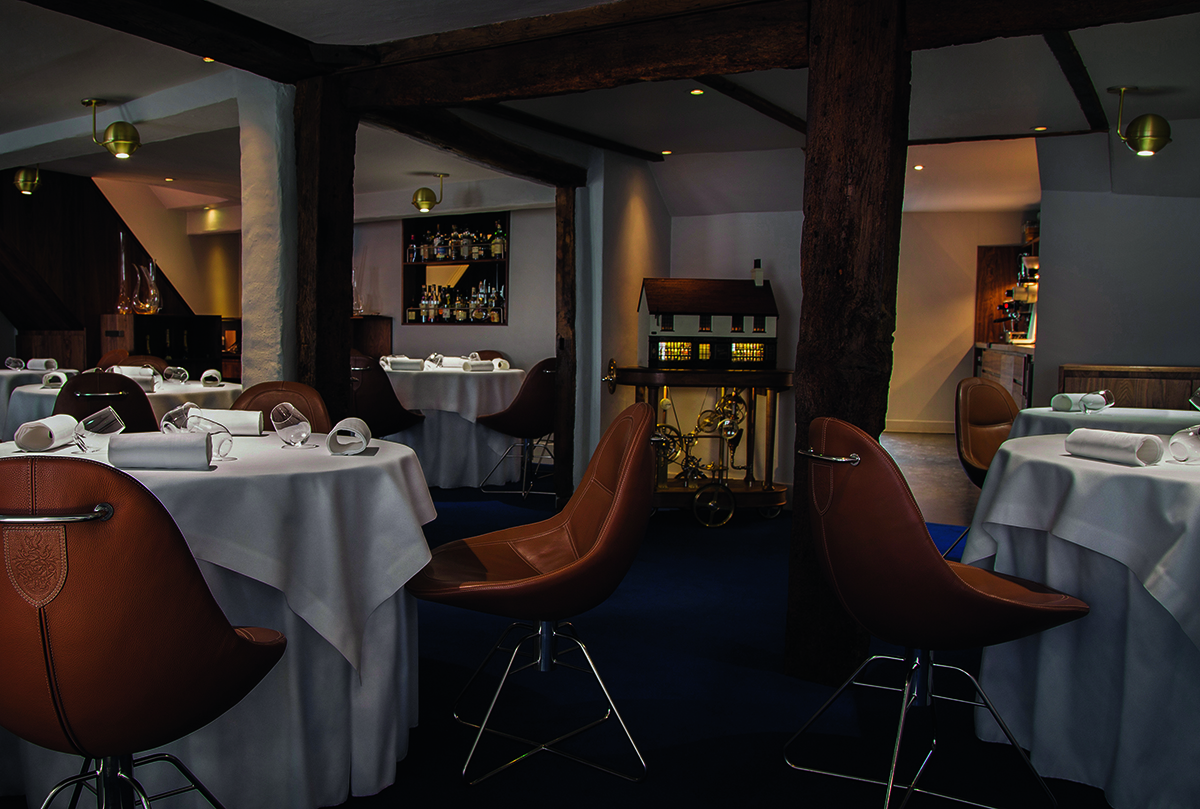
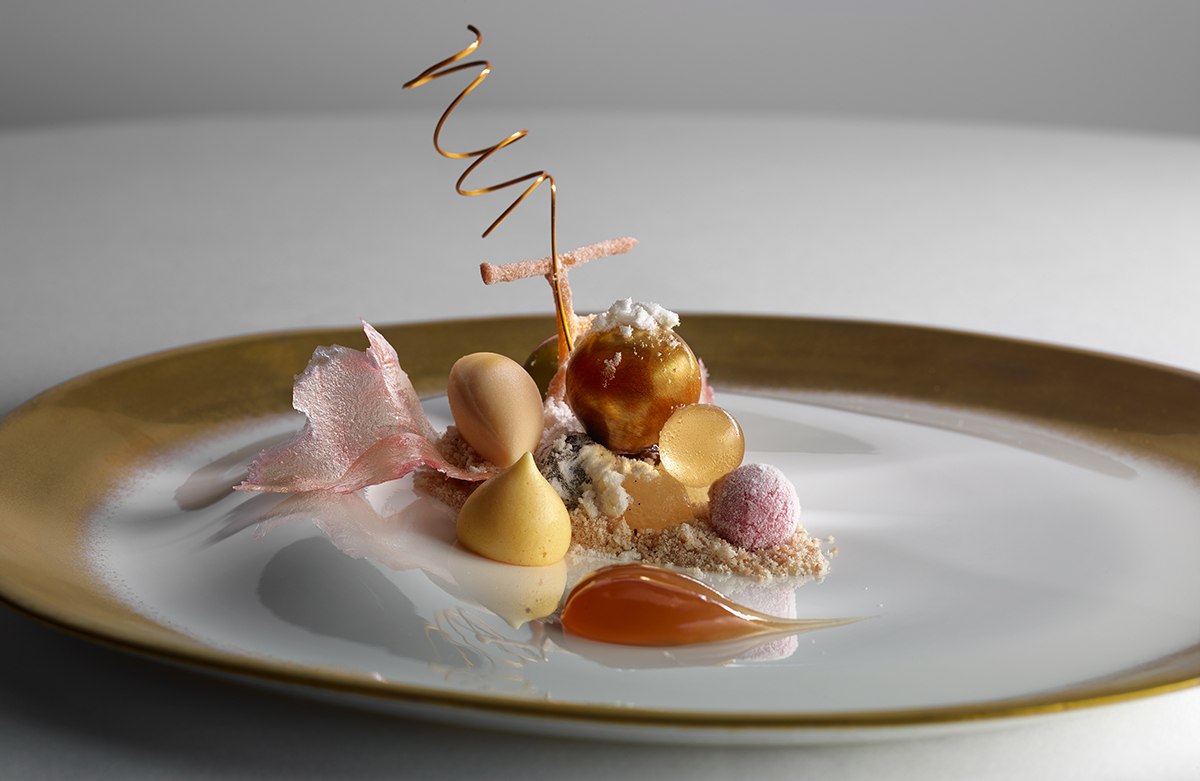
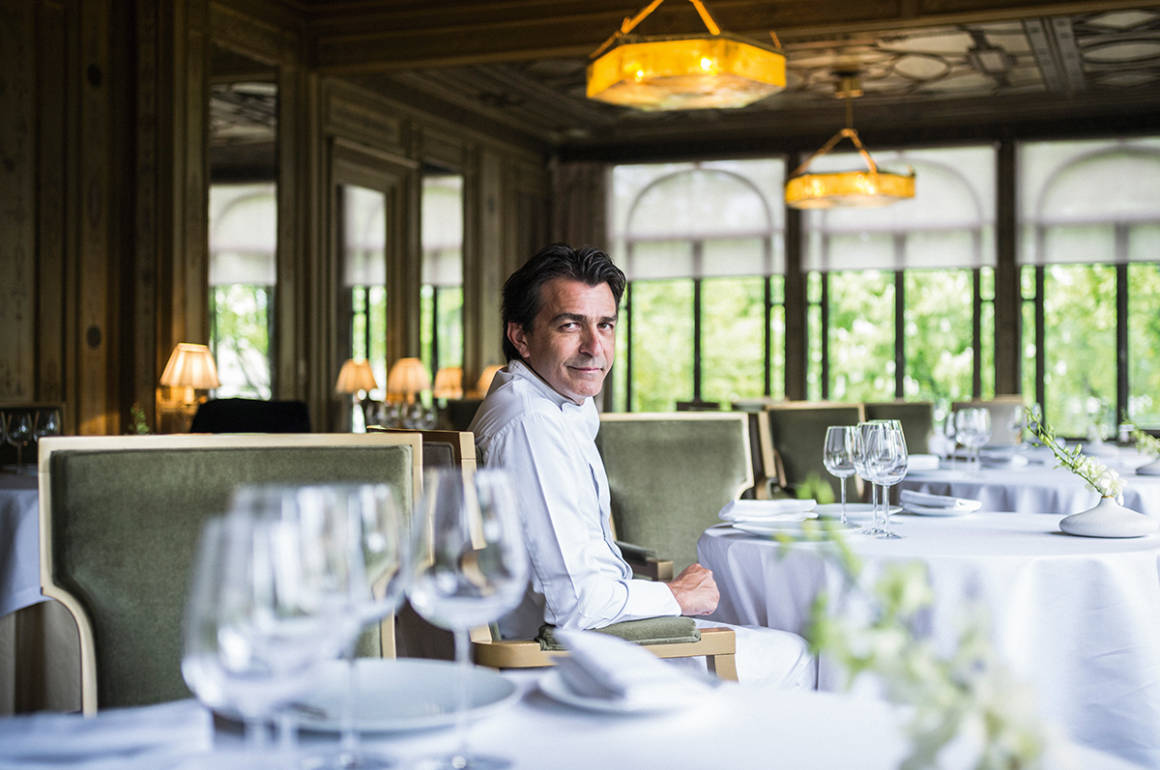
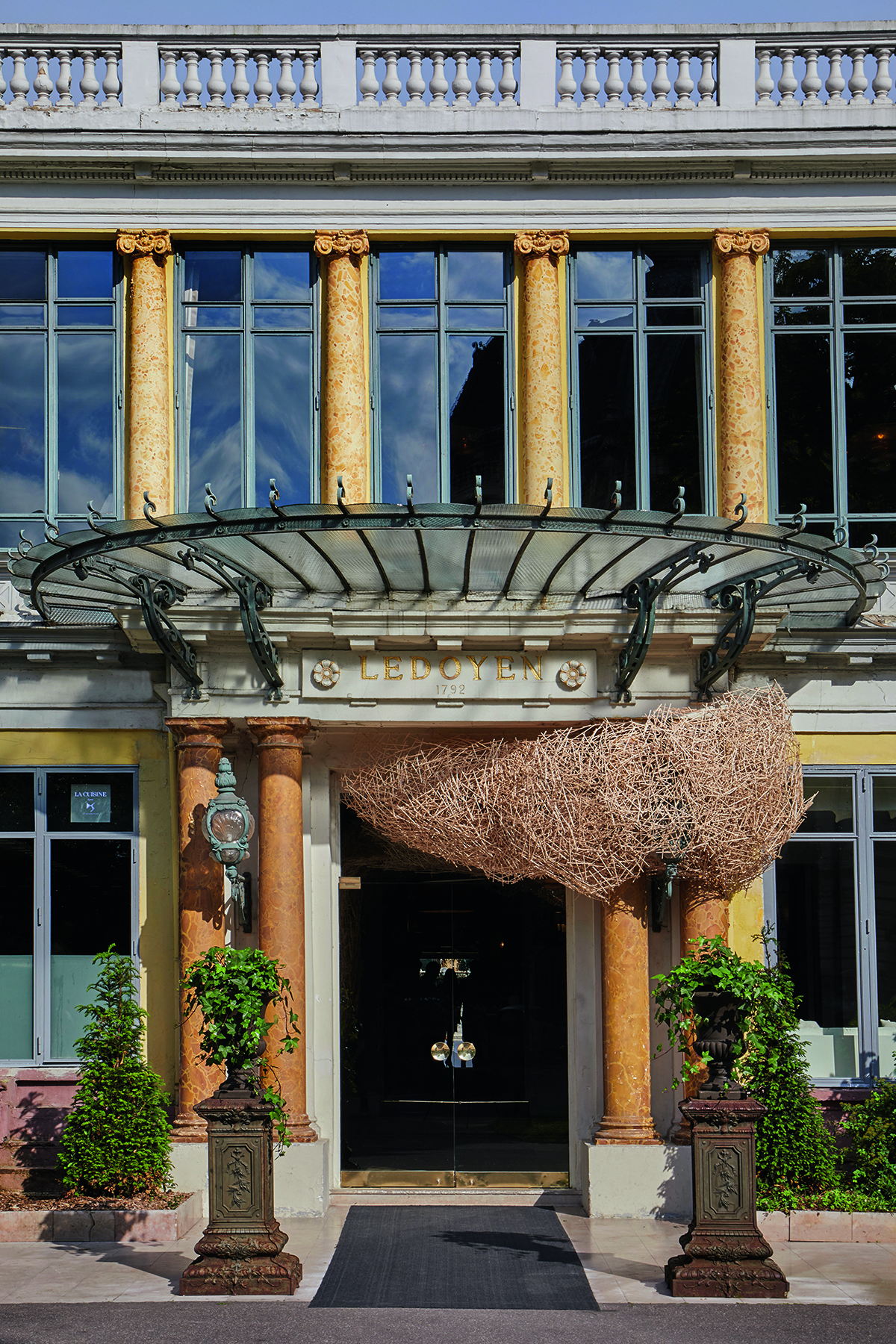

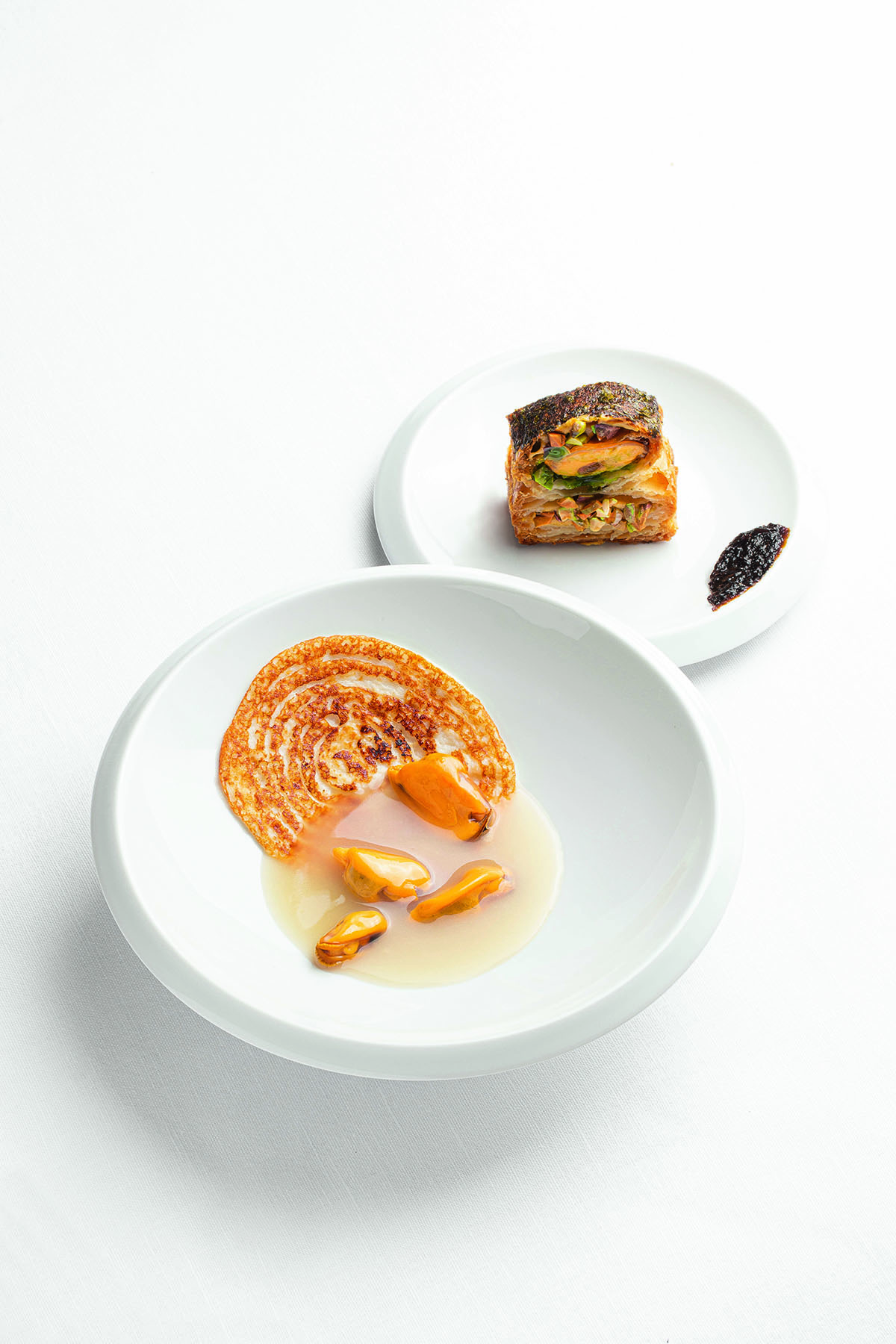
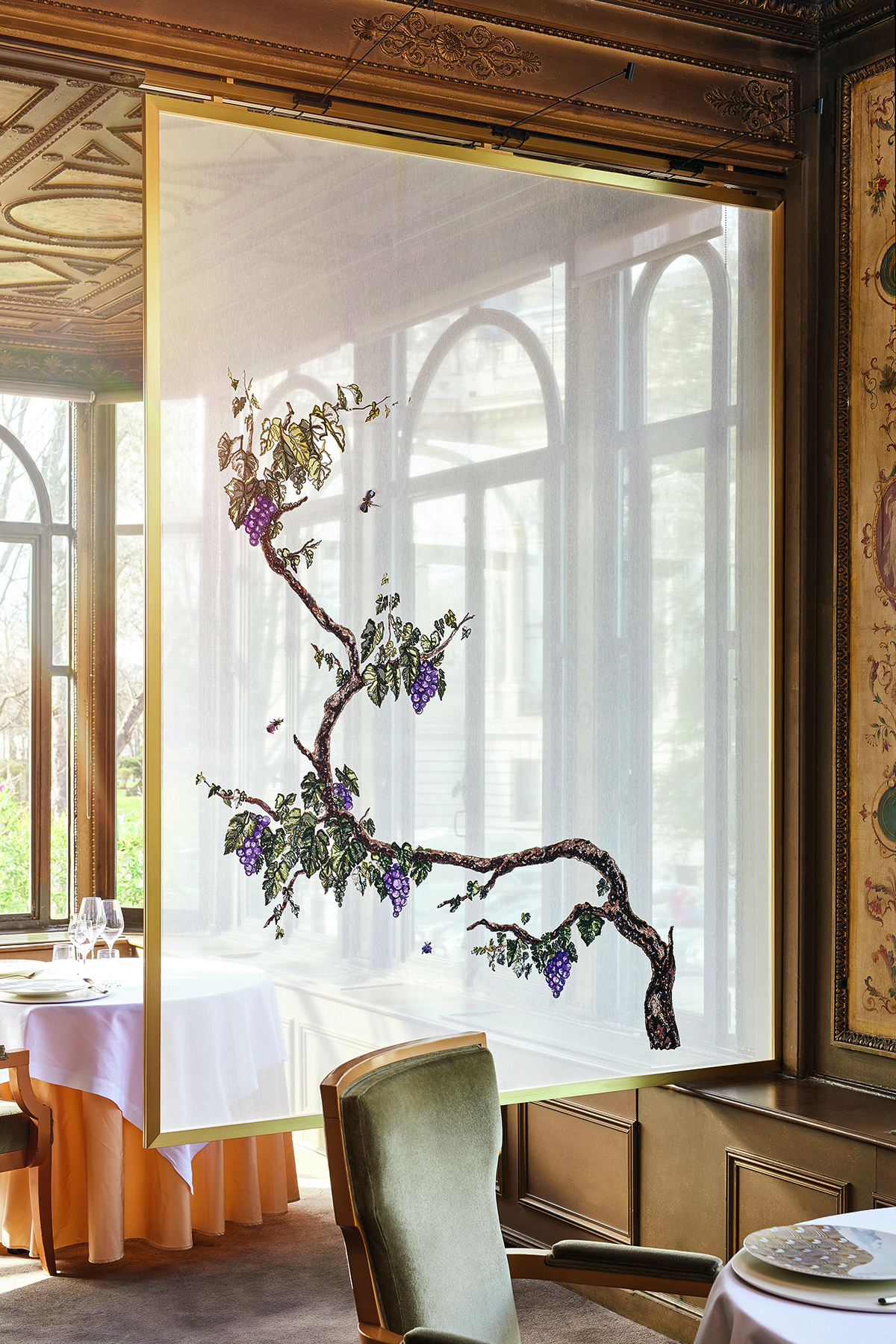
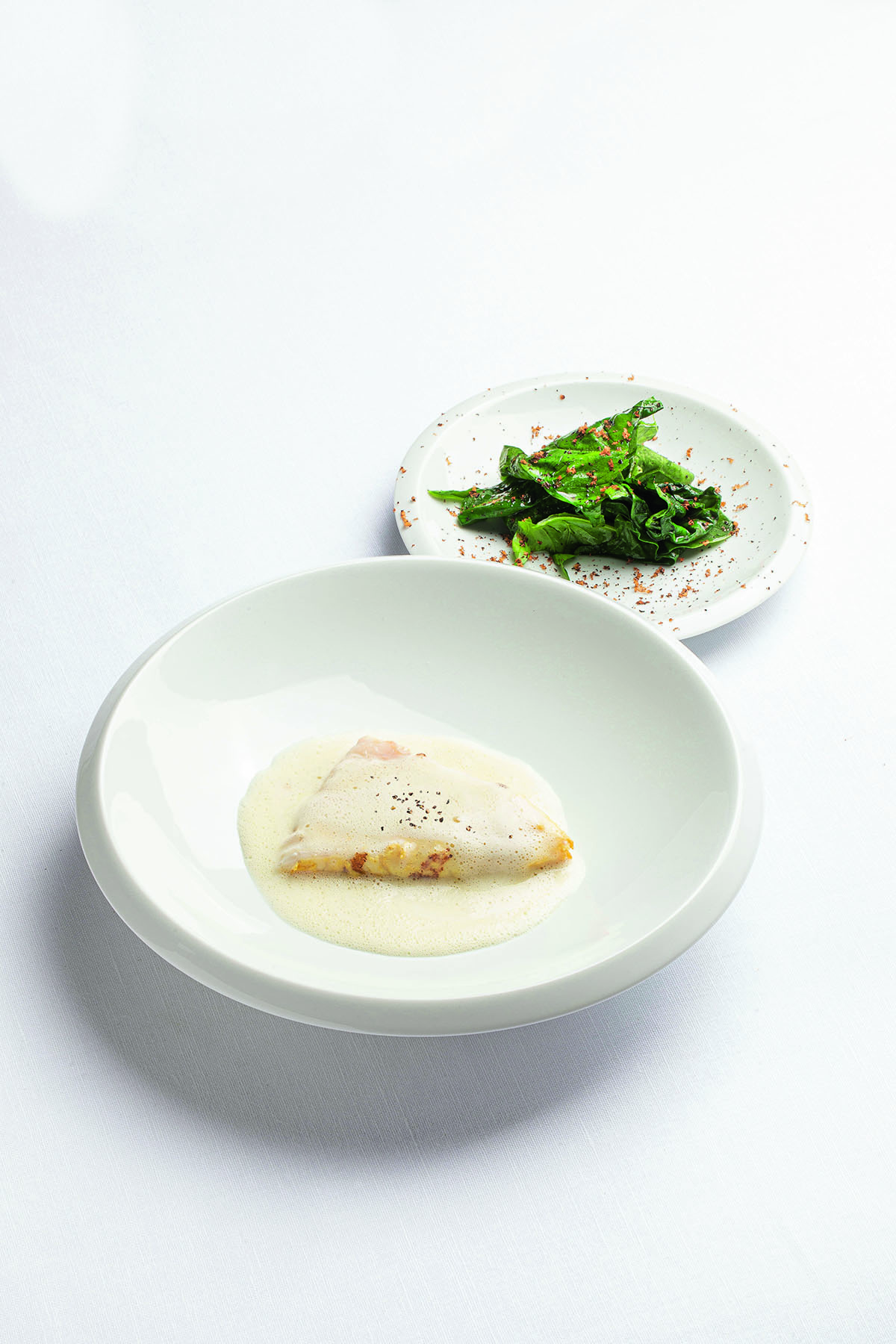 I have said to my team that I want 50/50
I have said to my team that I want 50/50 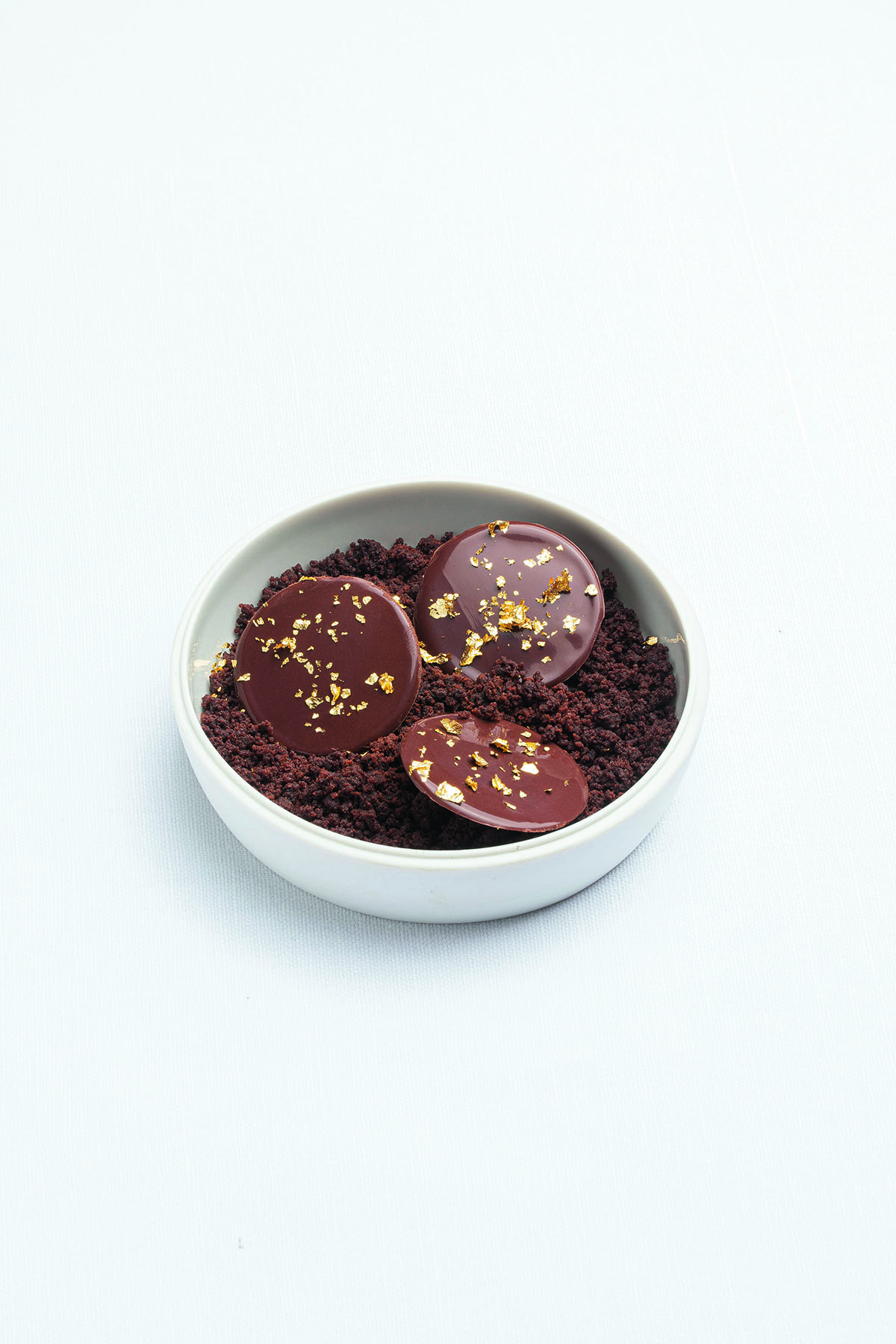

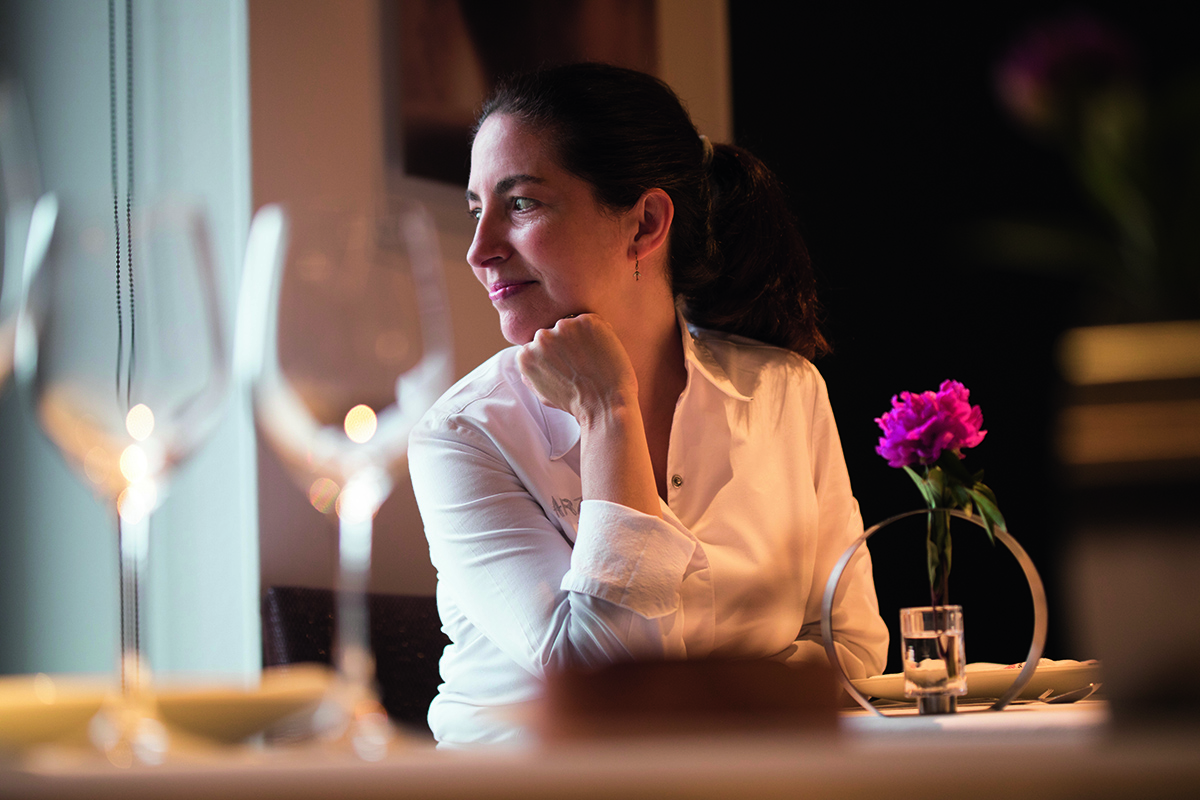
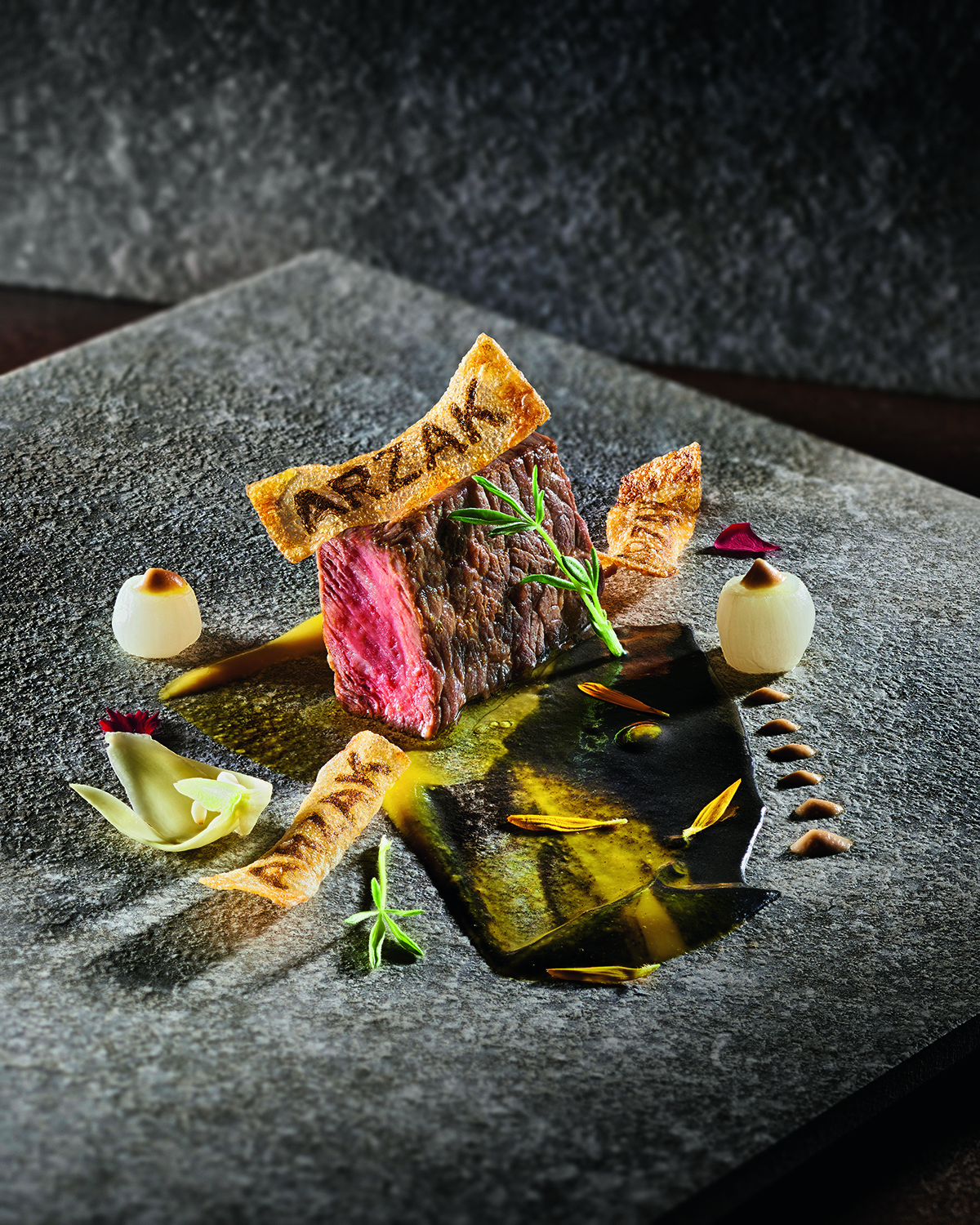
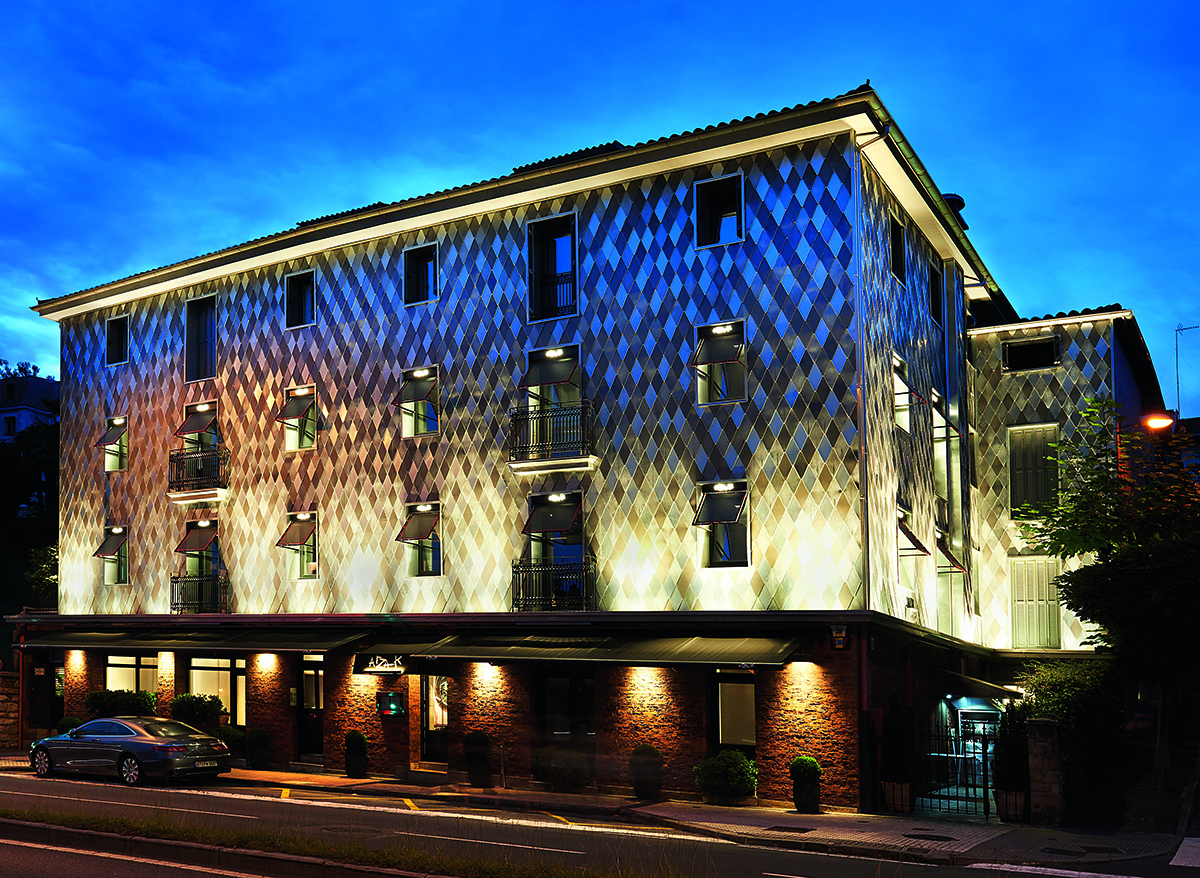
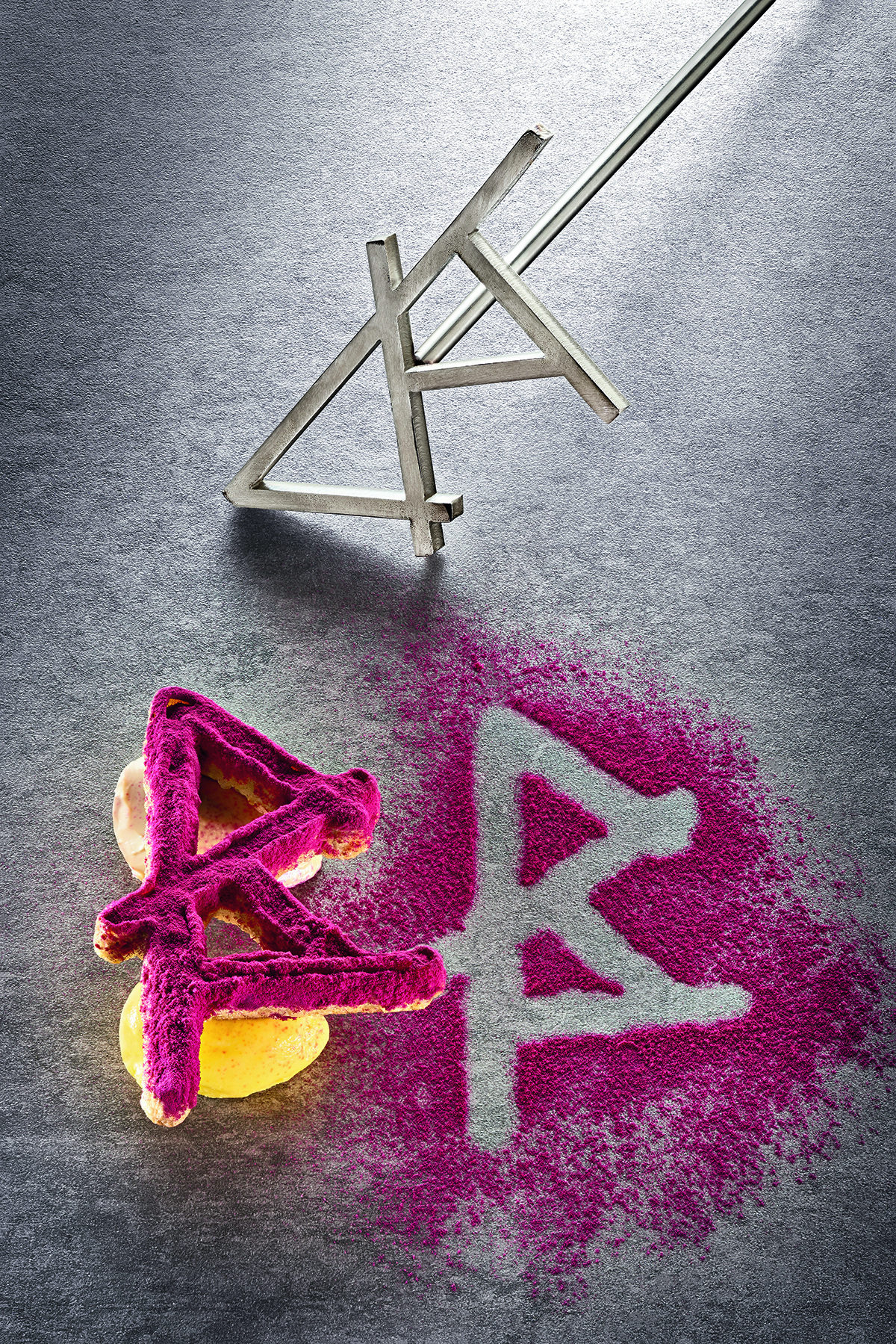
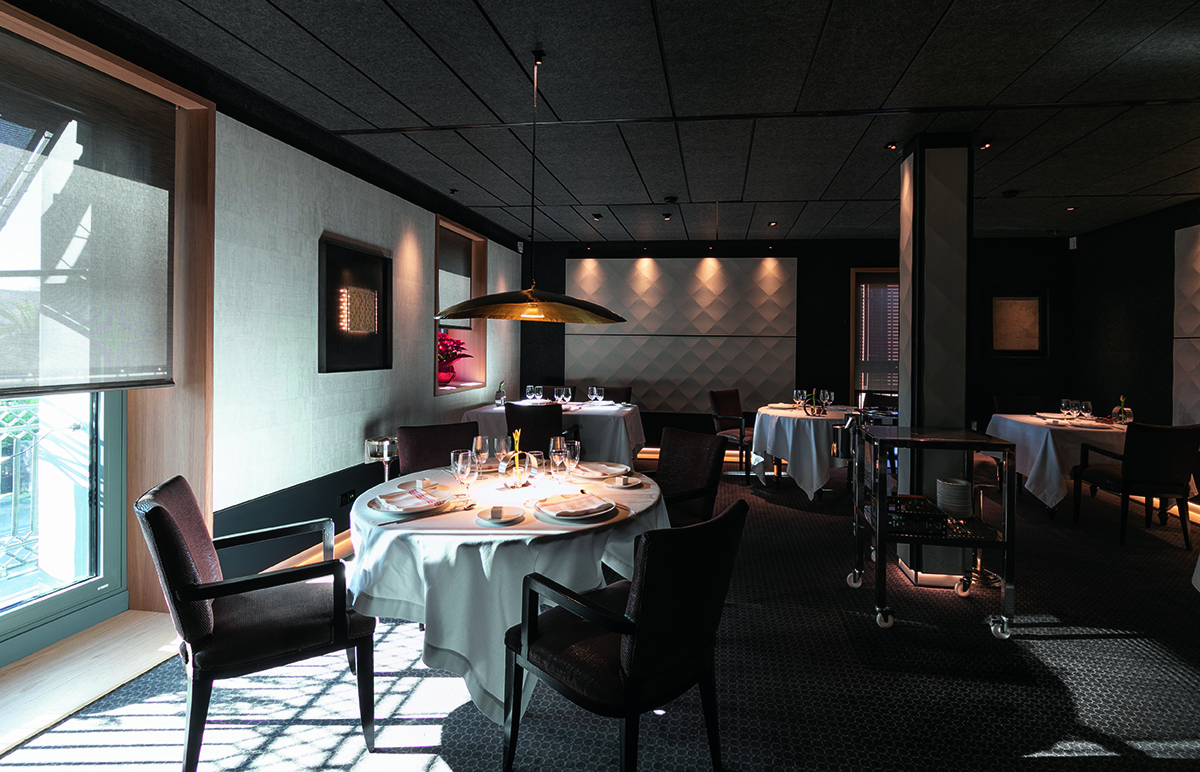
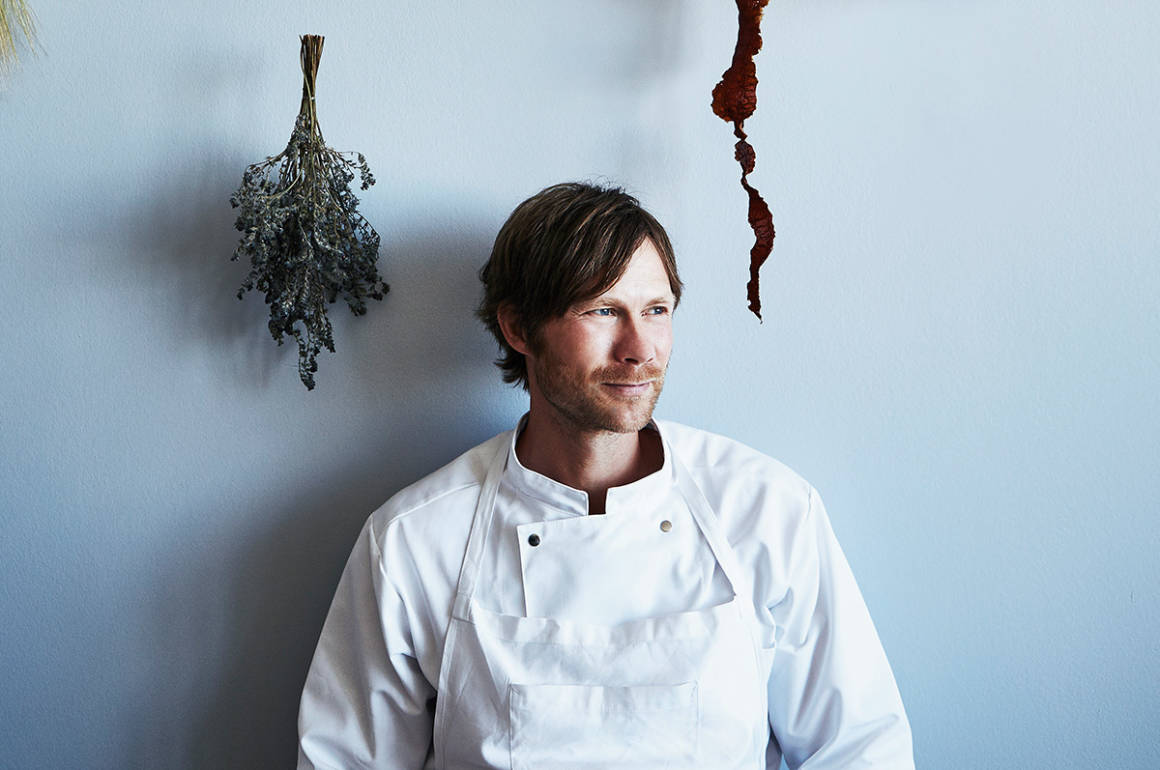
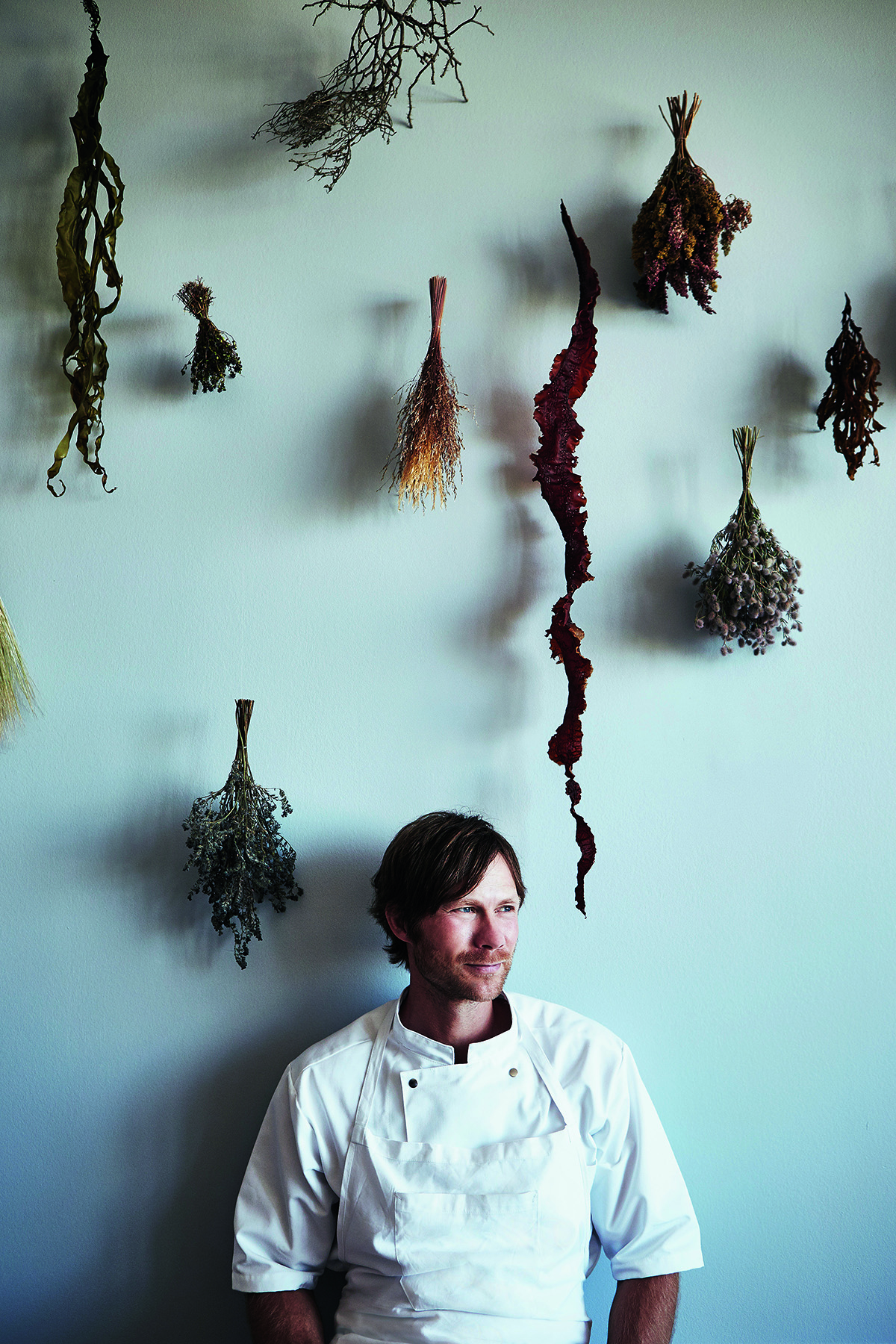
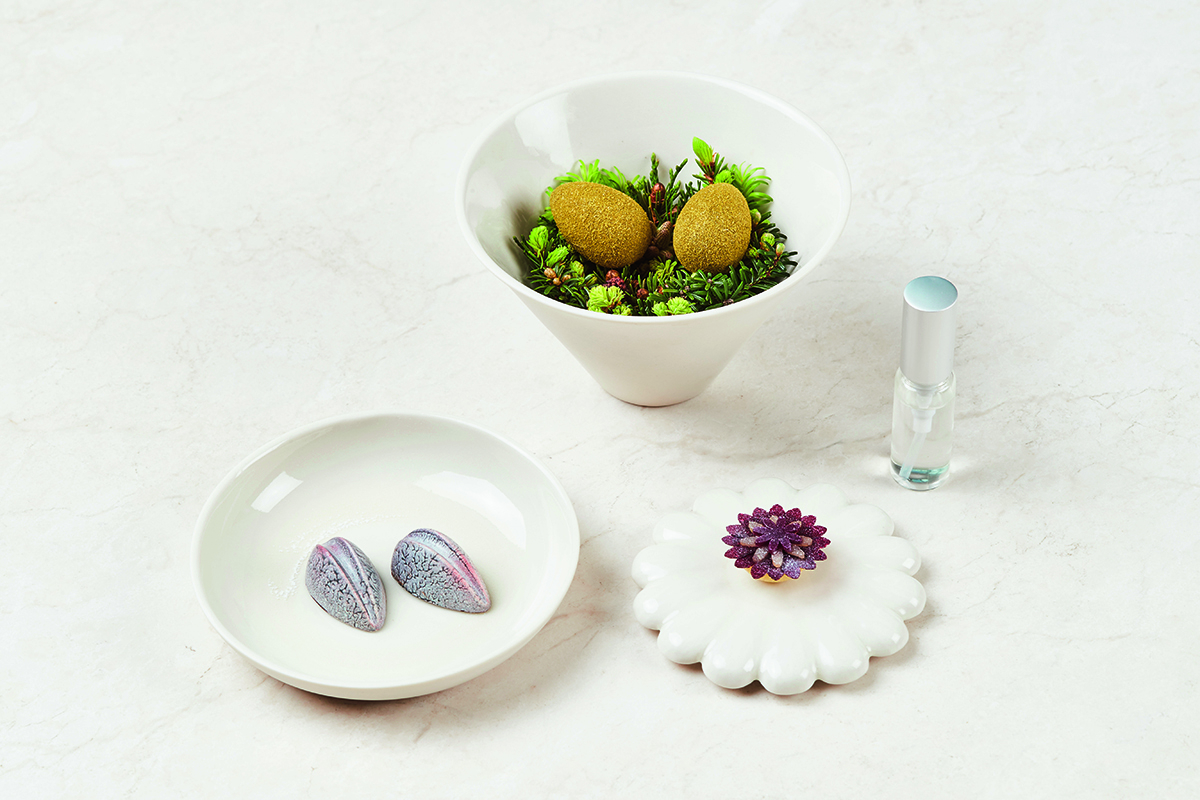
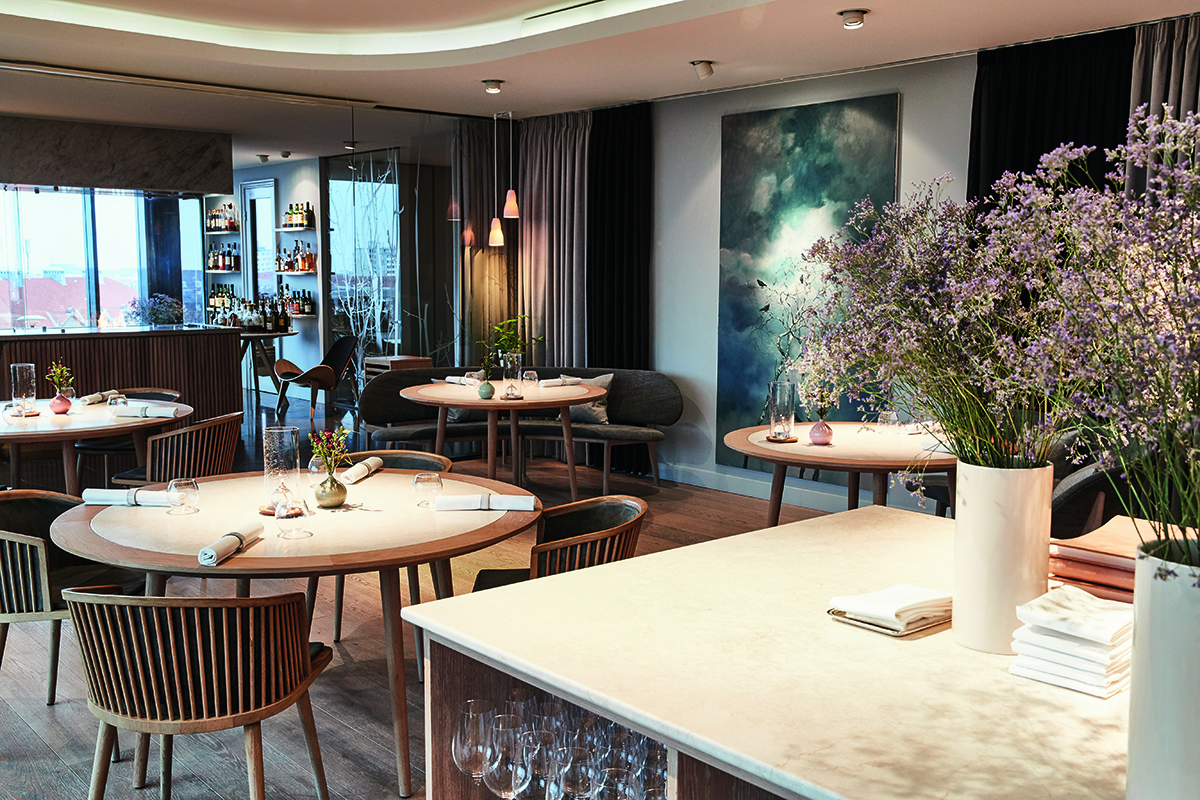
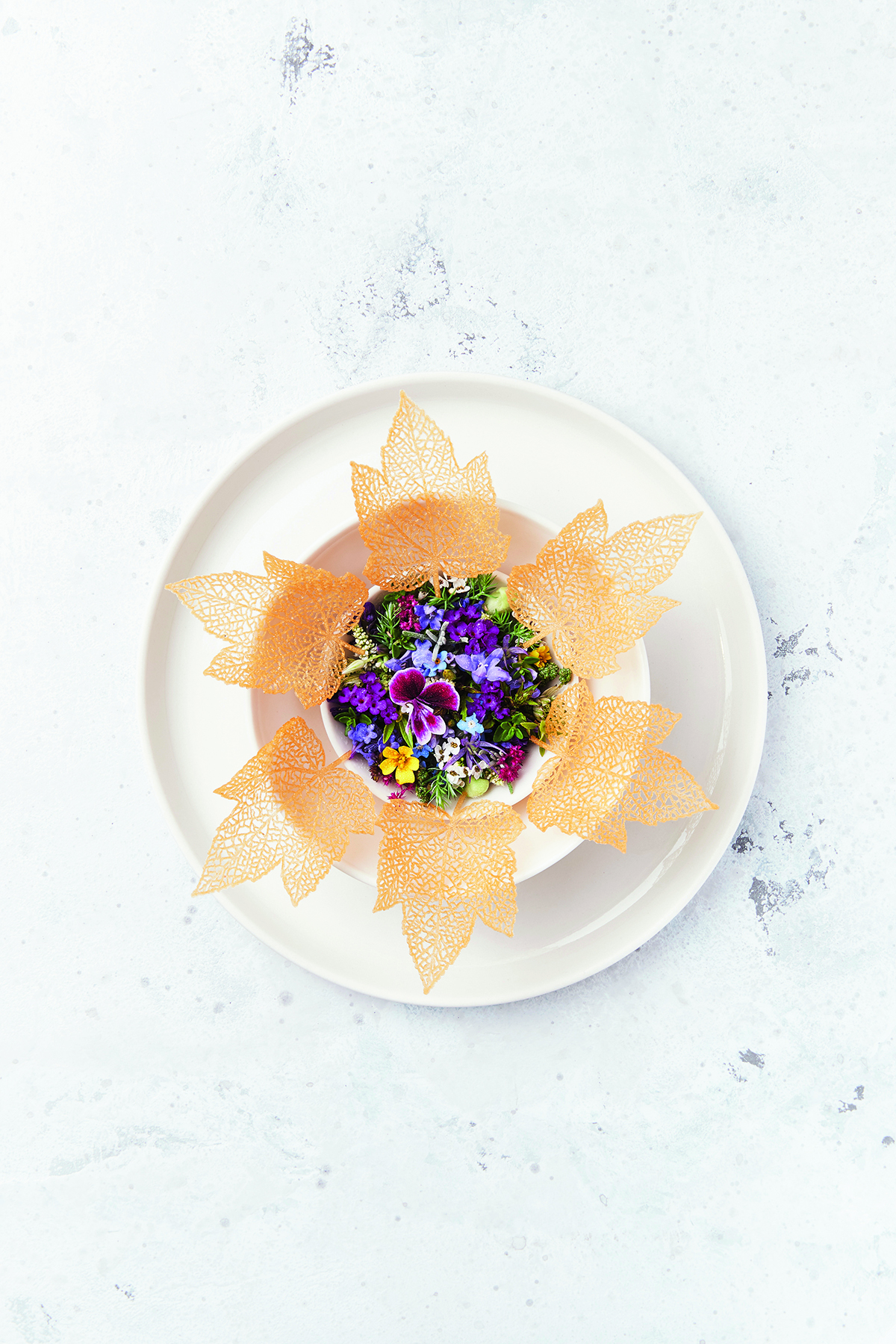
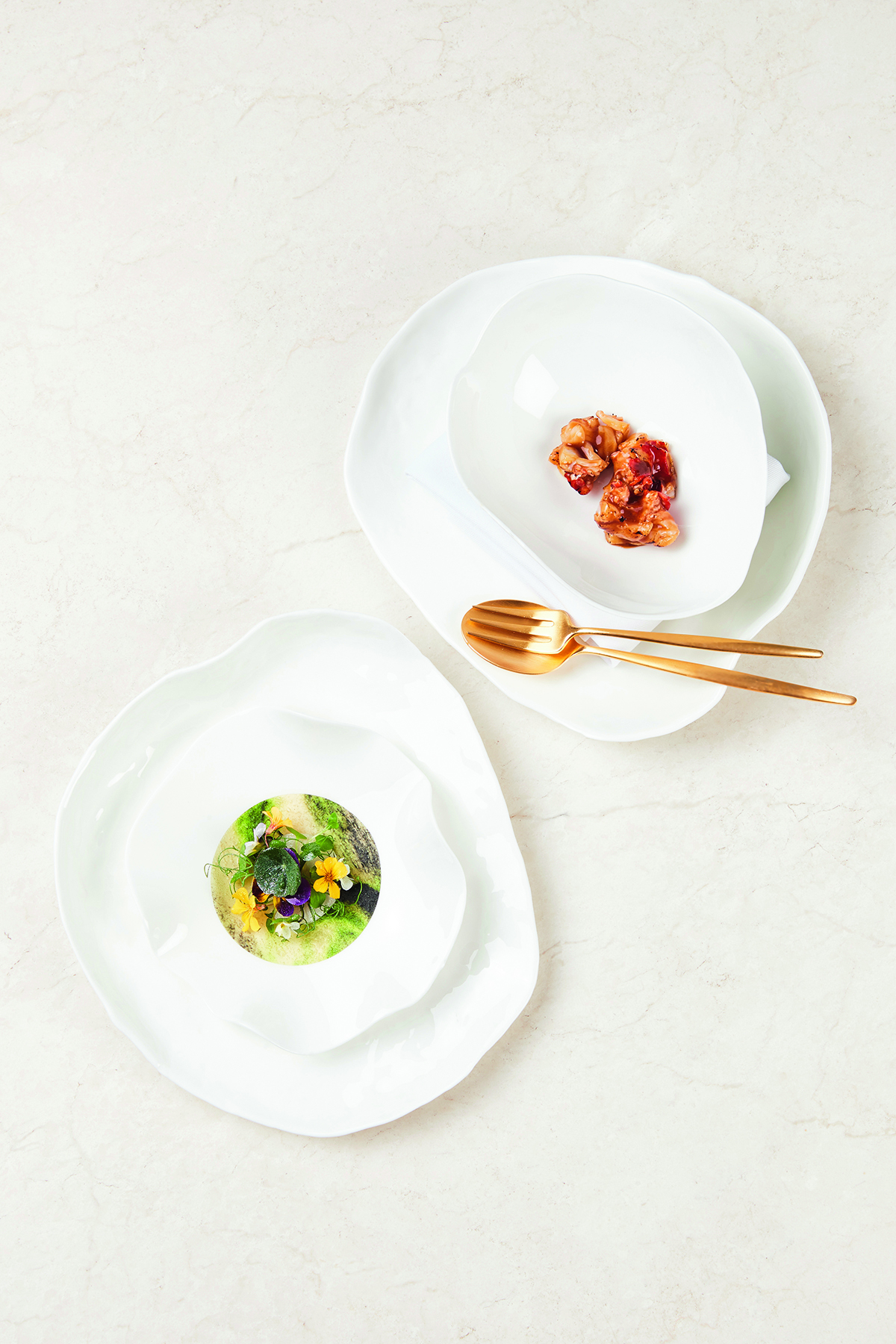


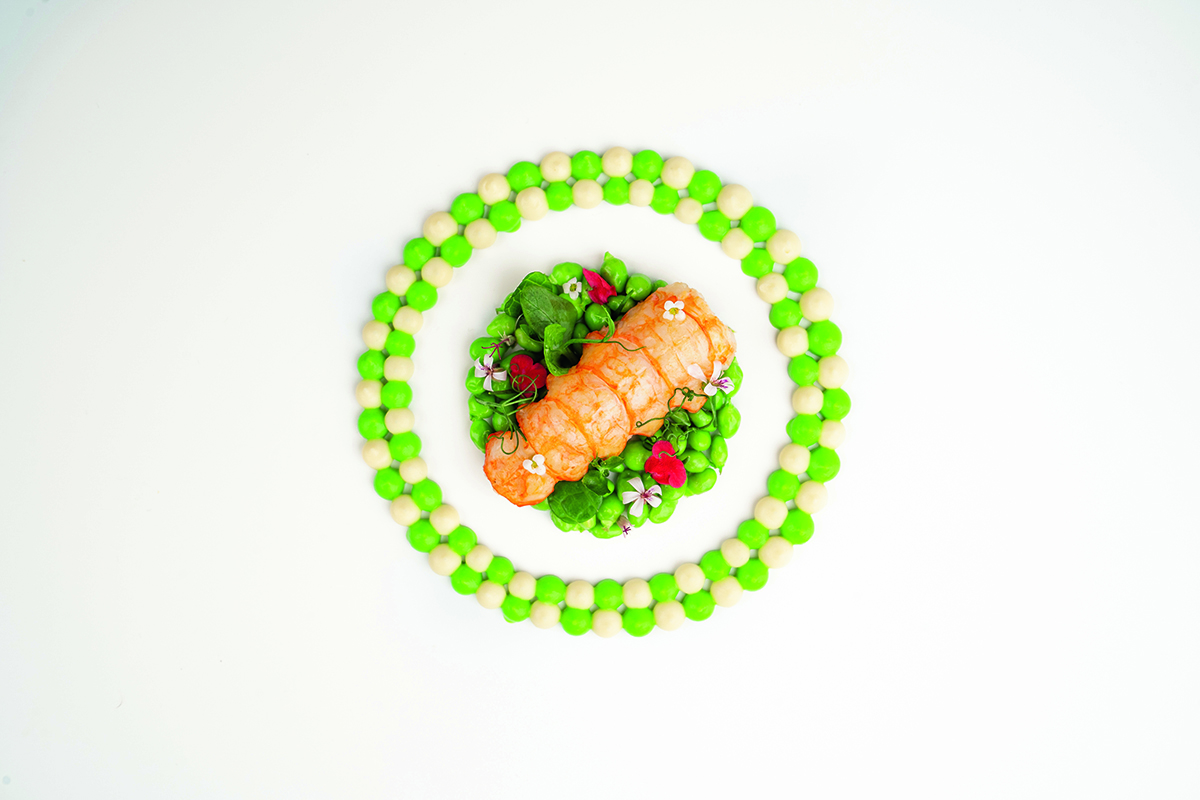
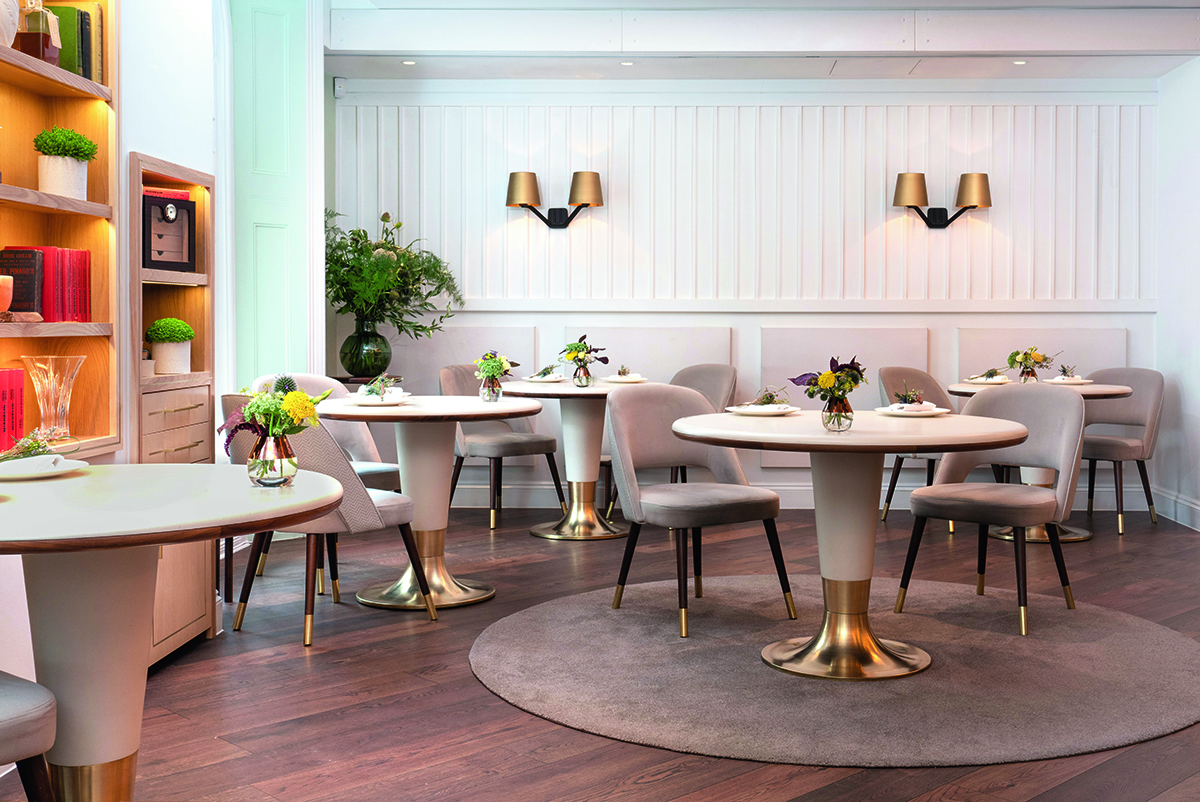
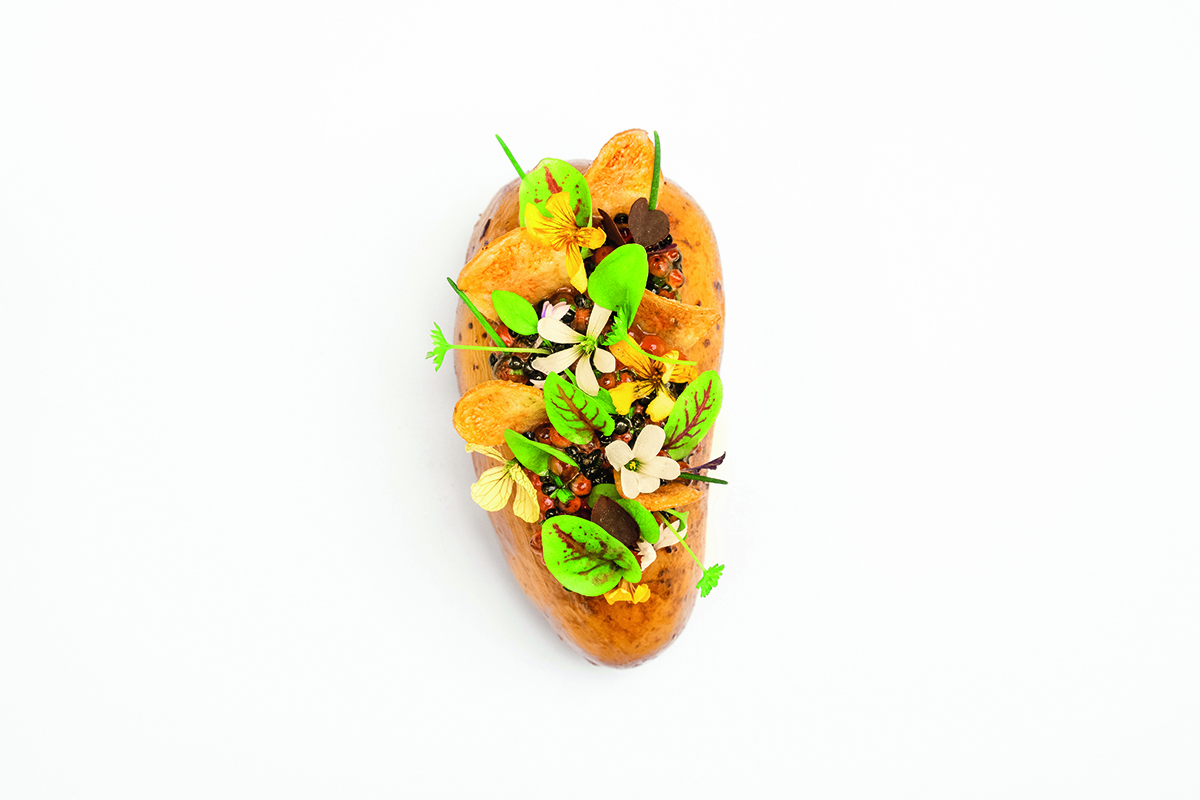
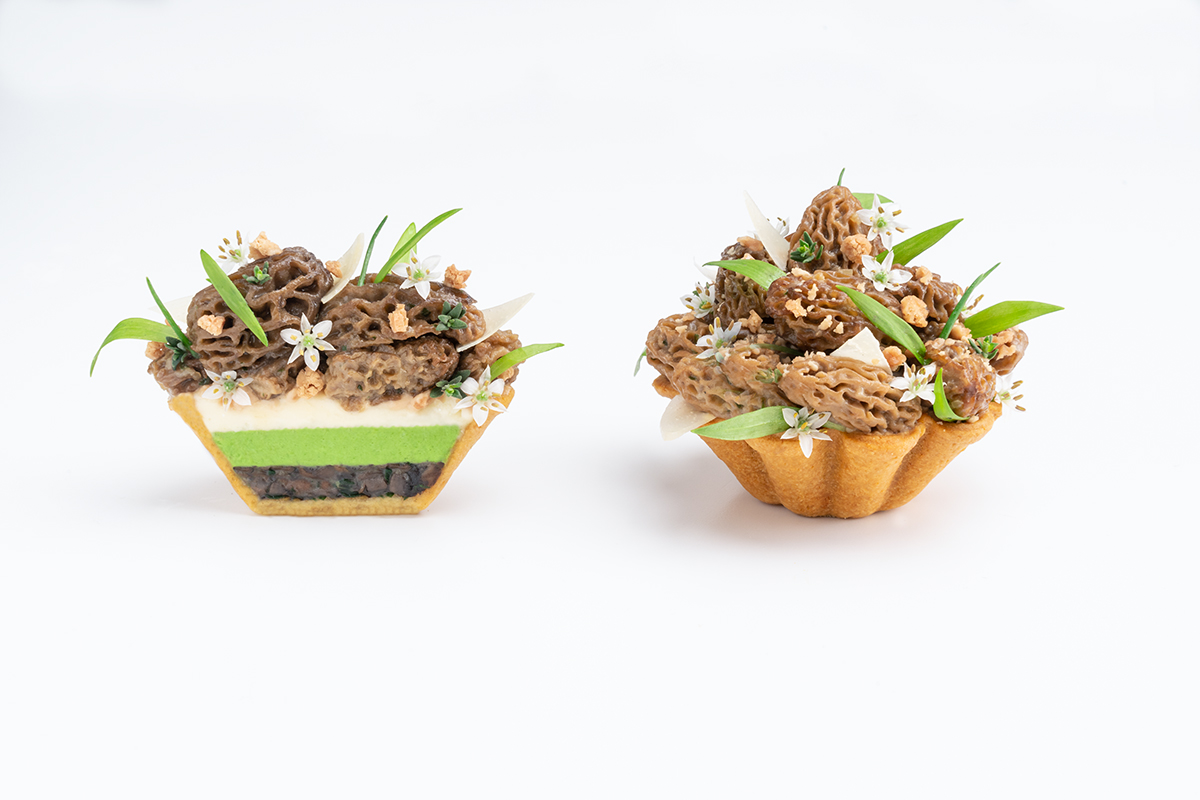
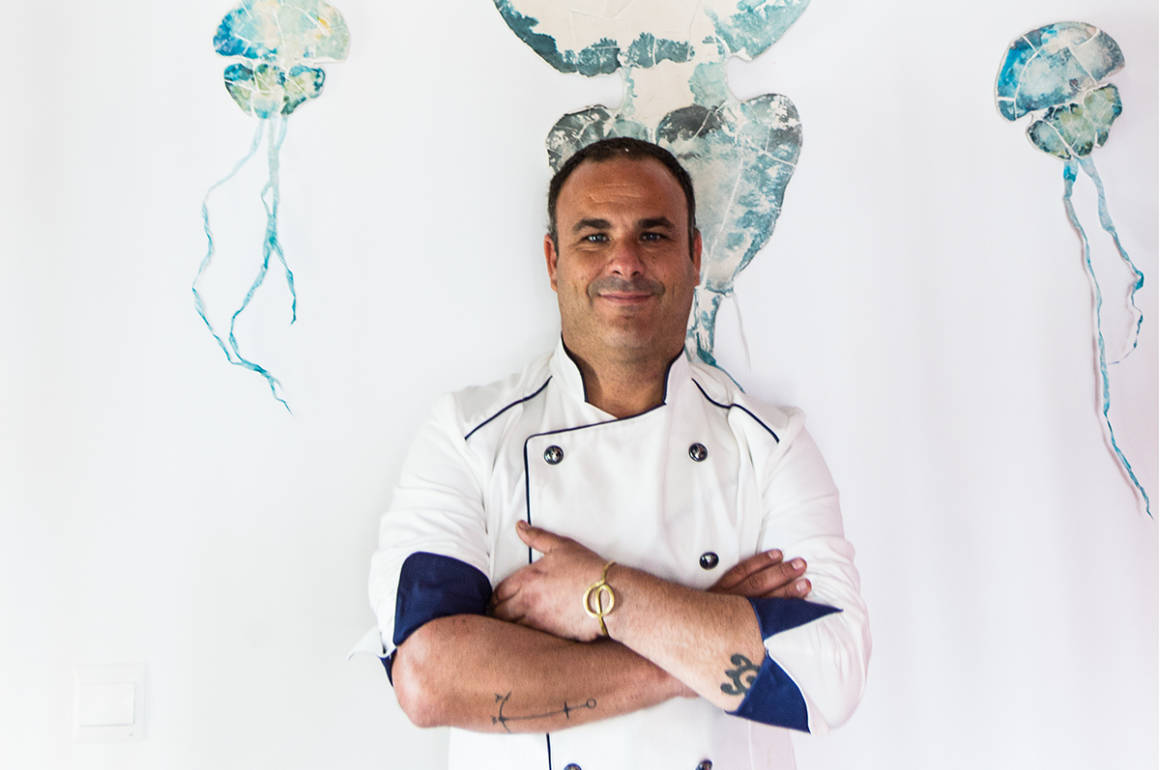

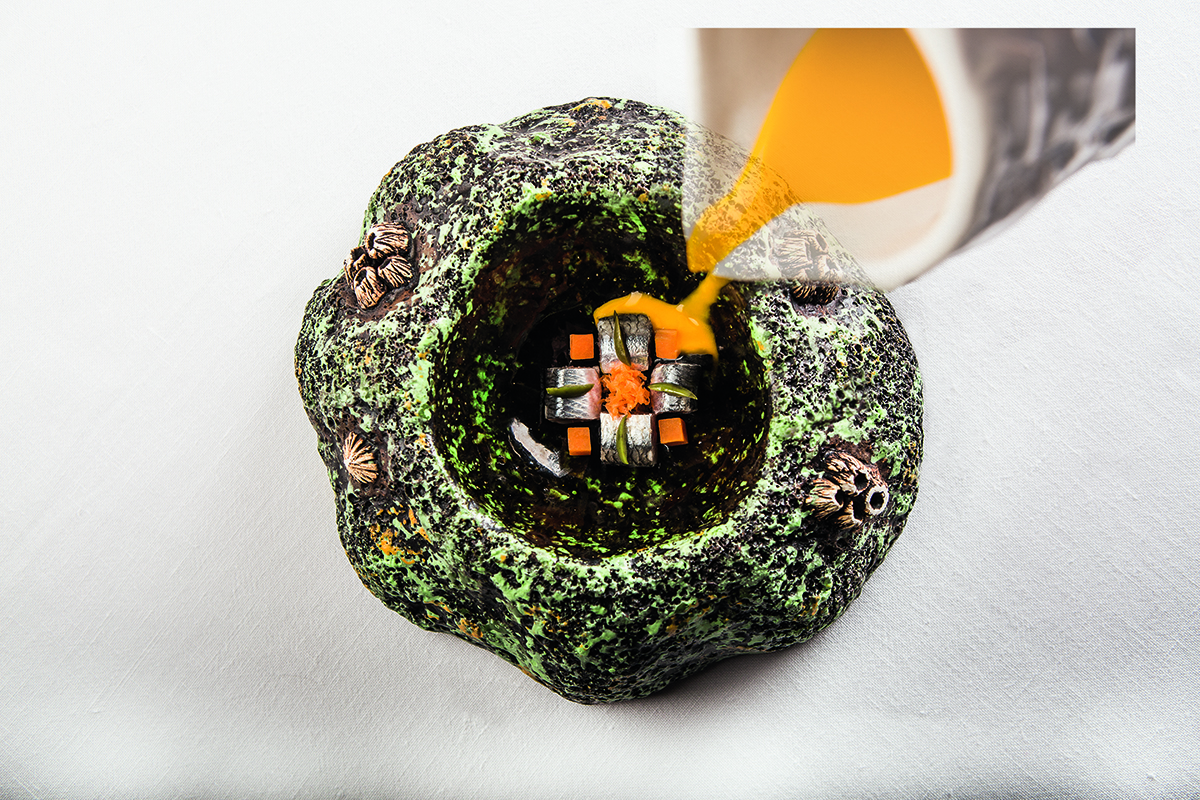
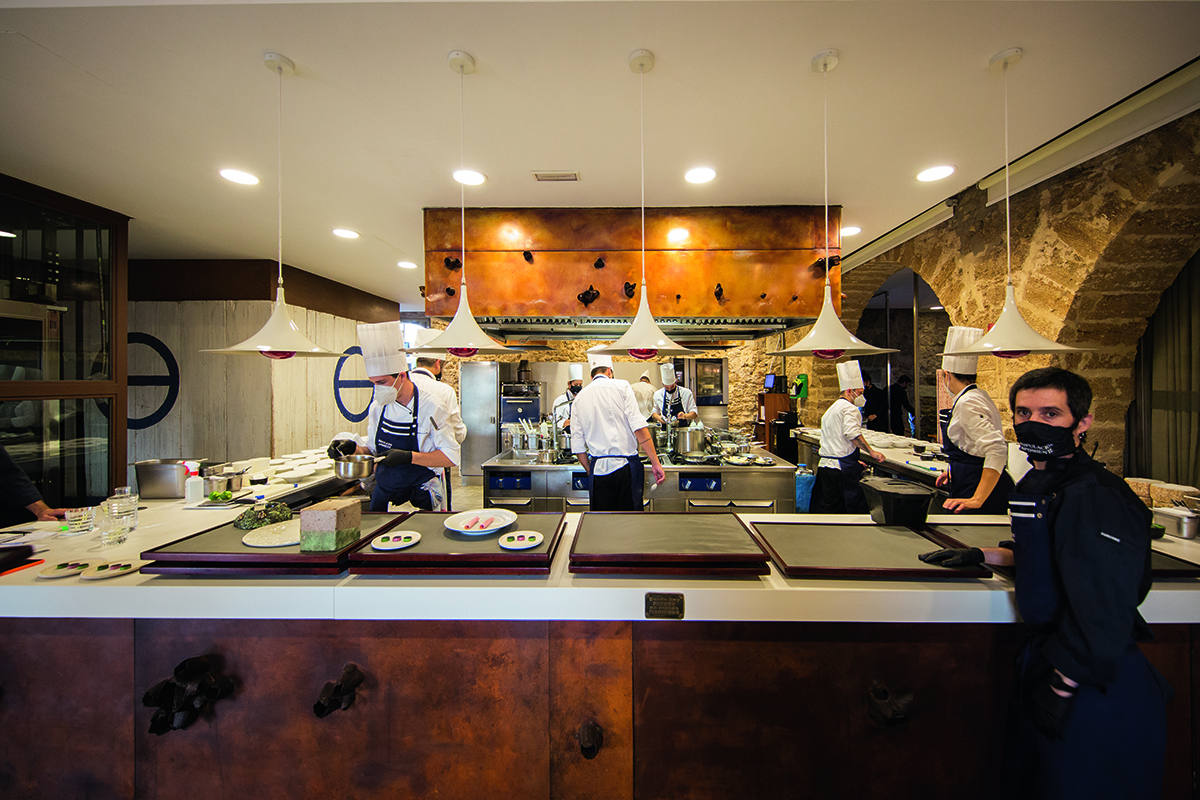
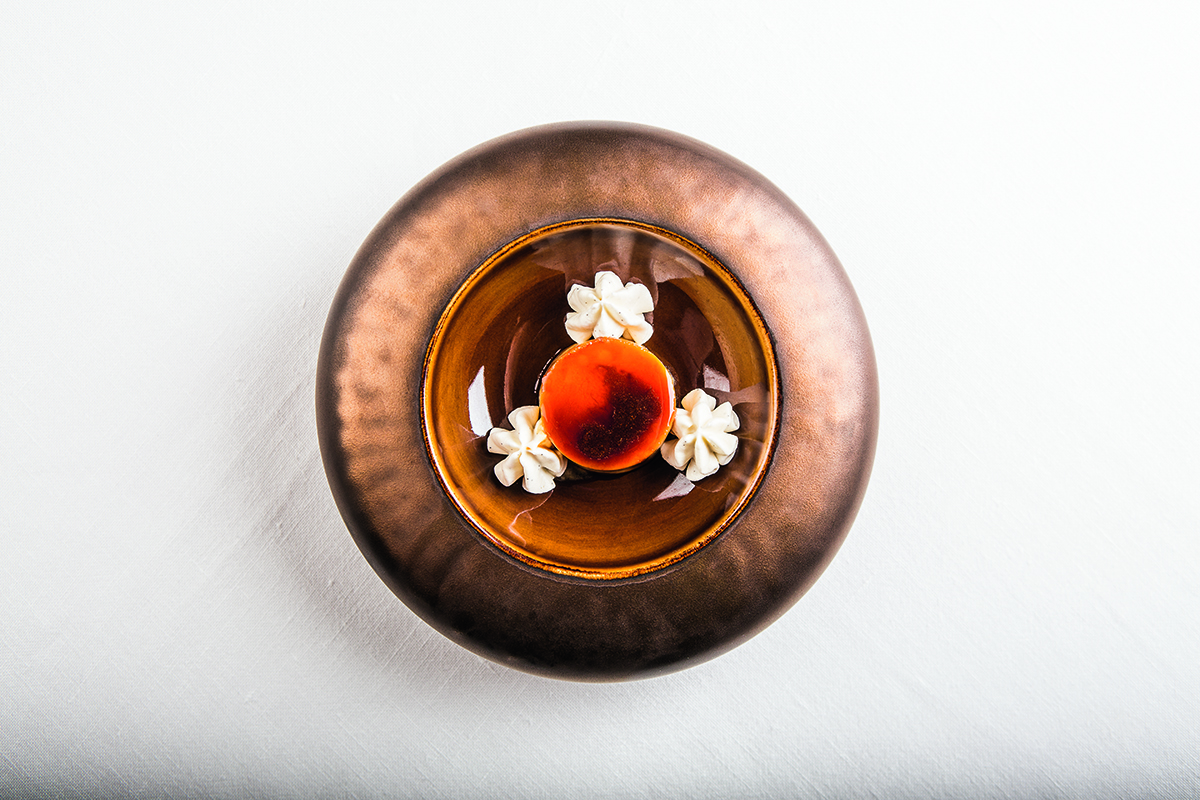
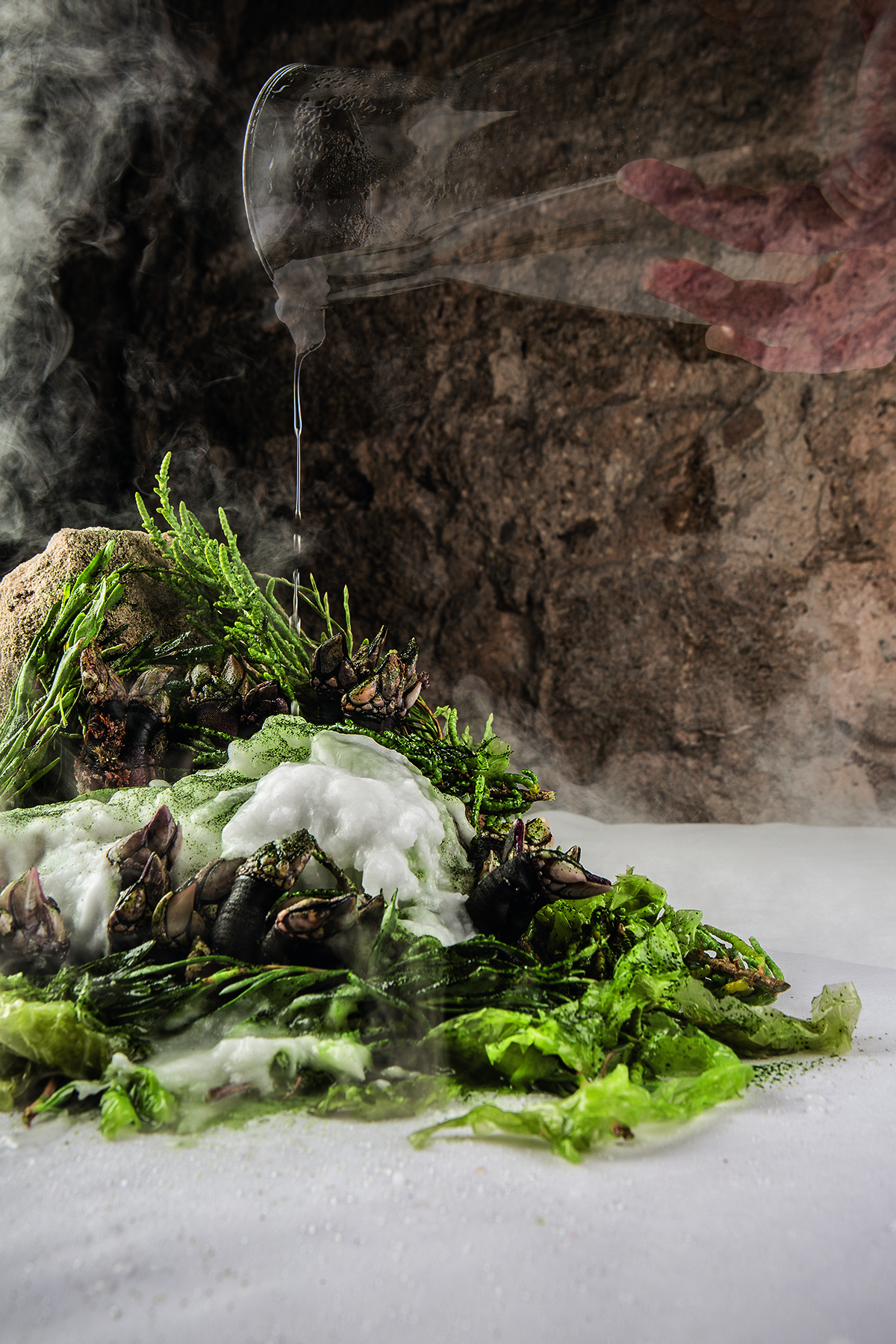
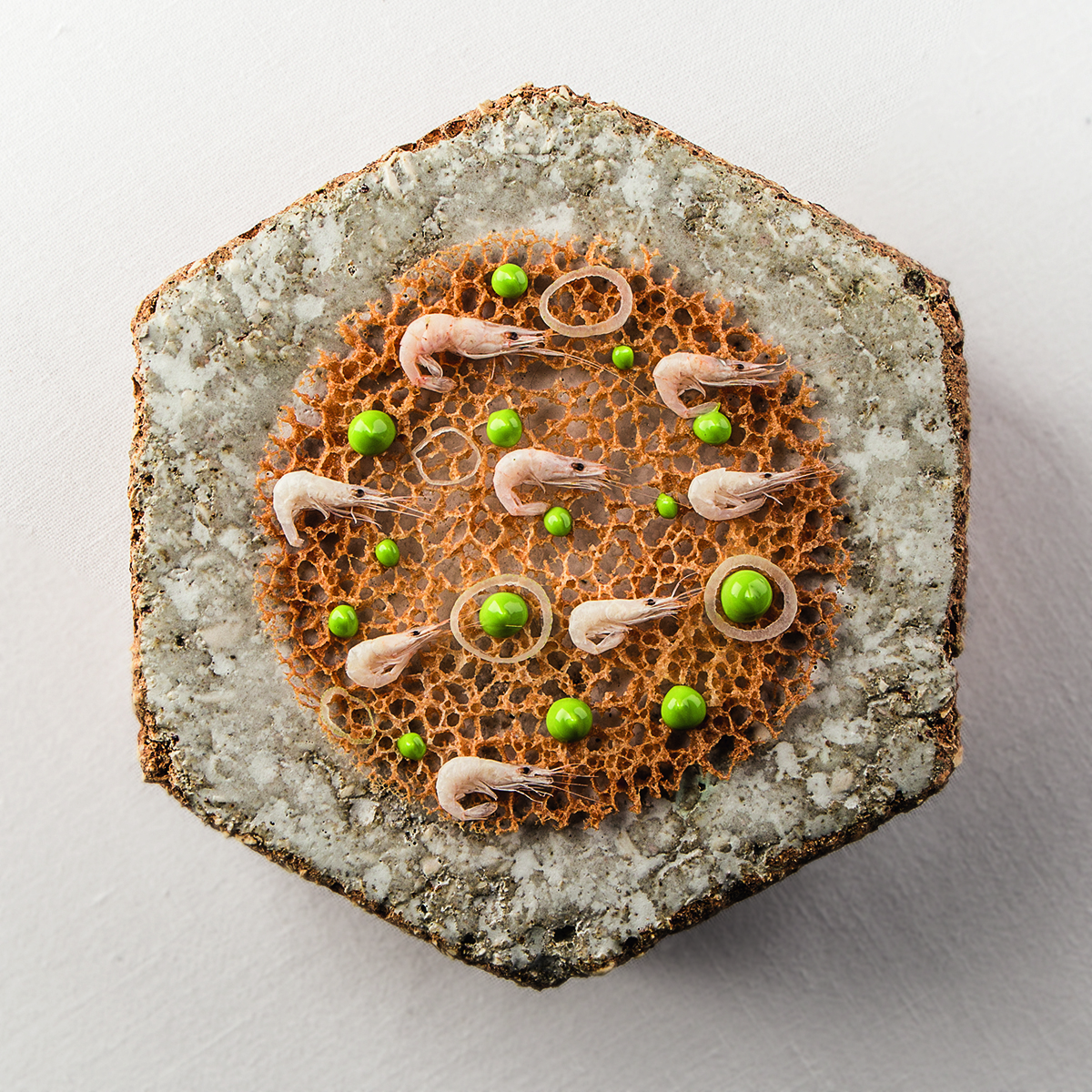
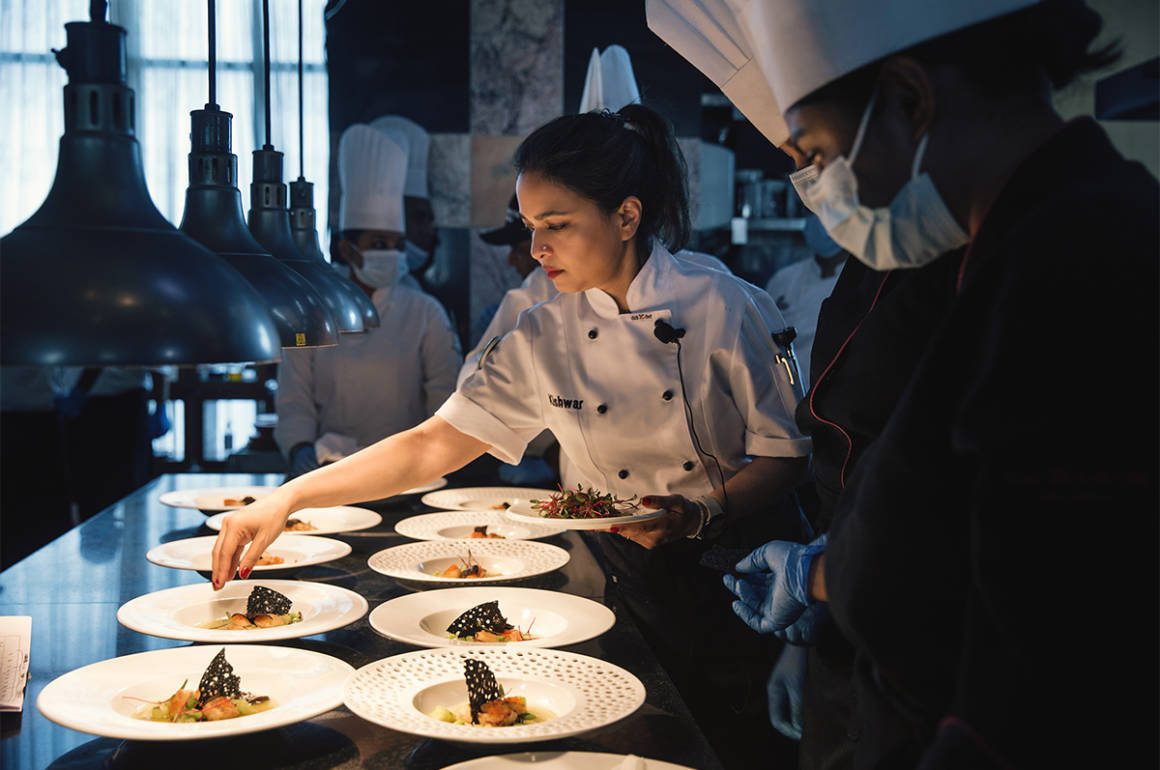
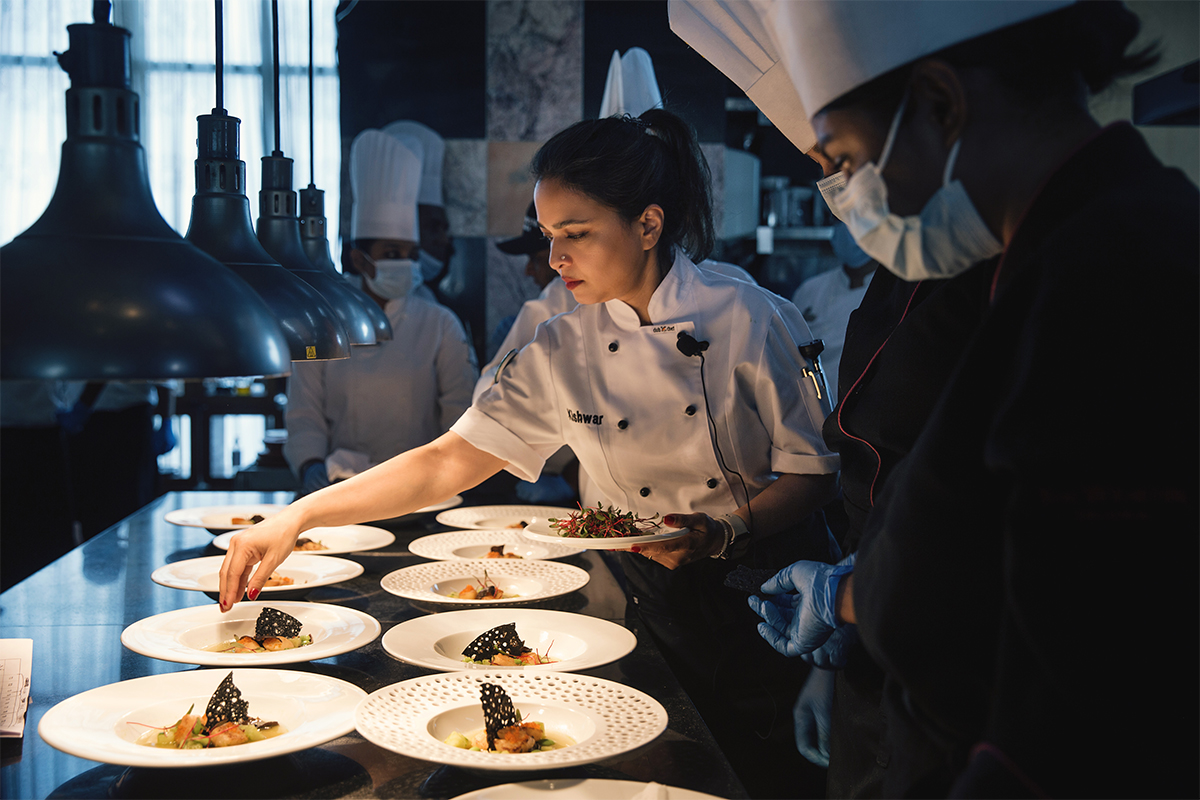



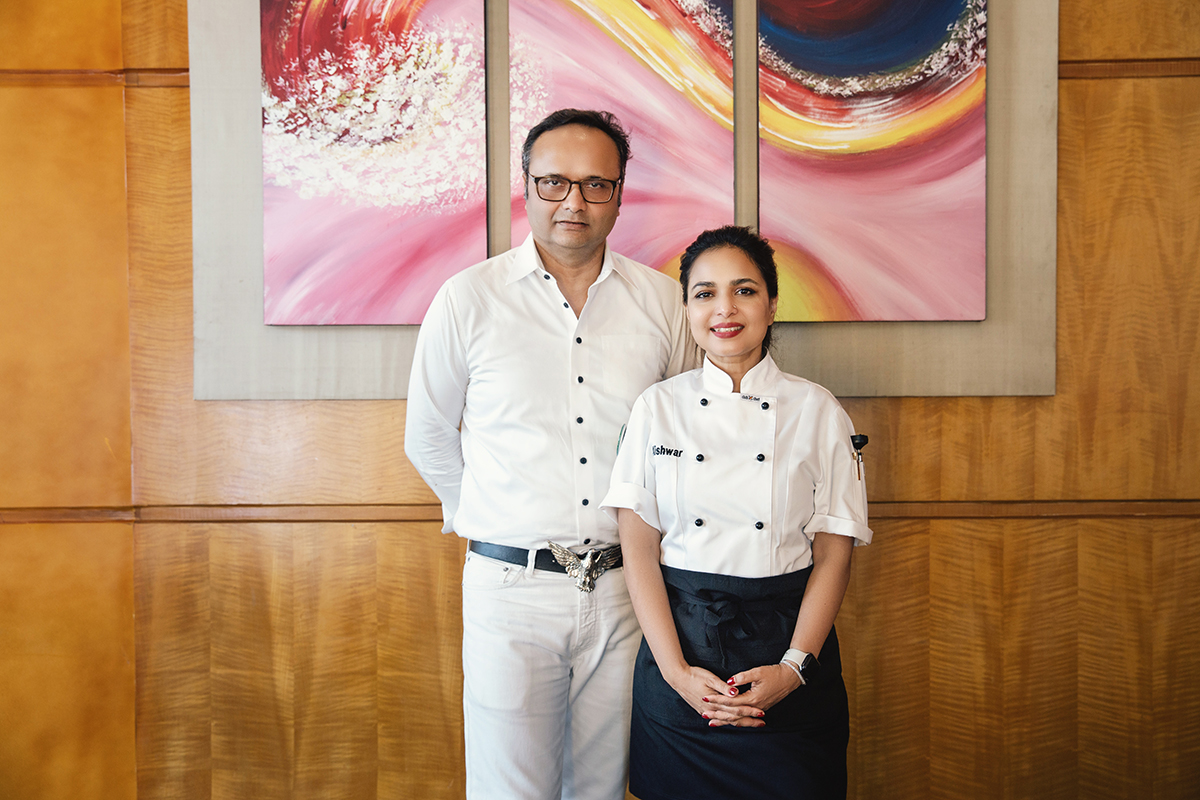

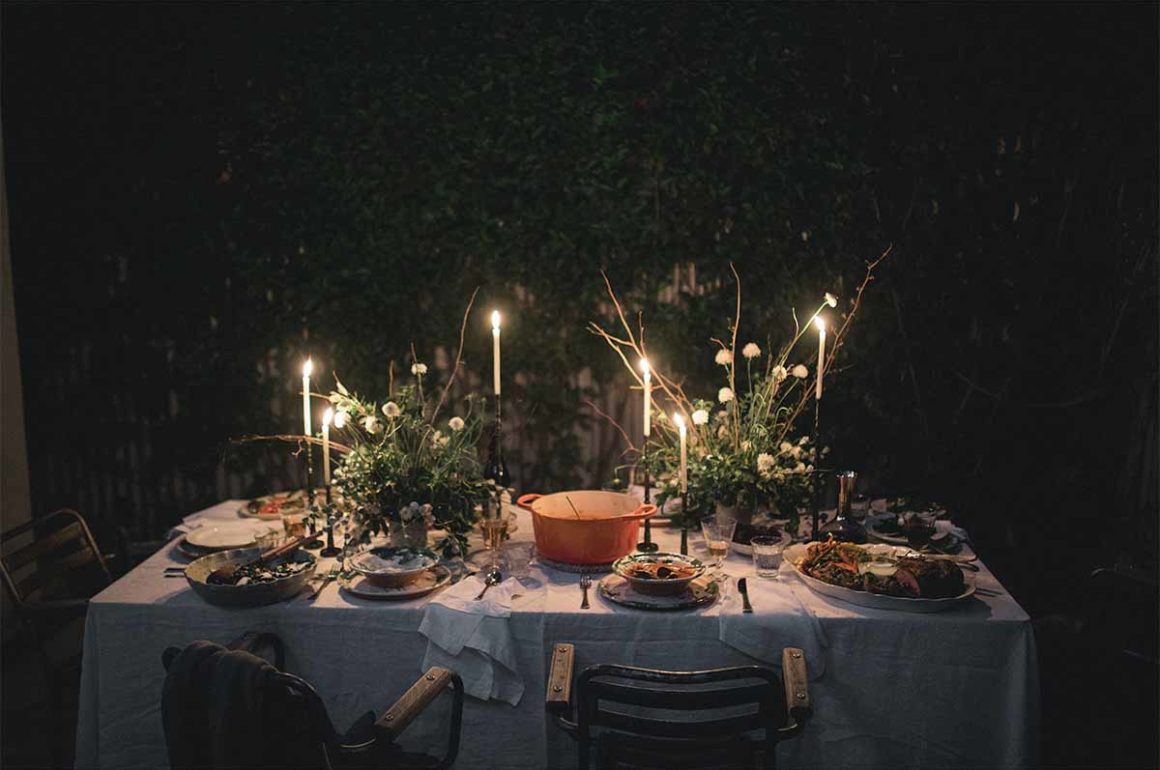
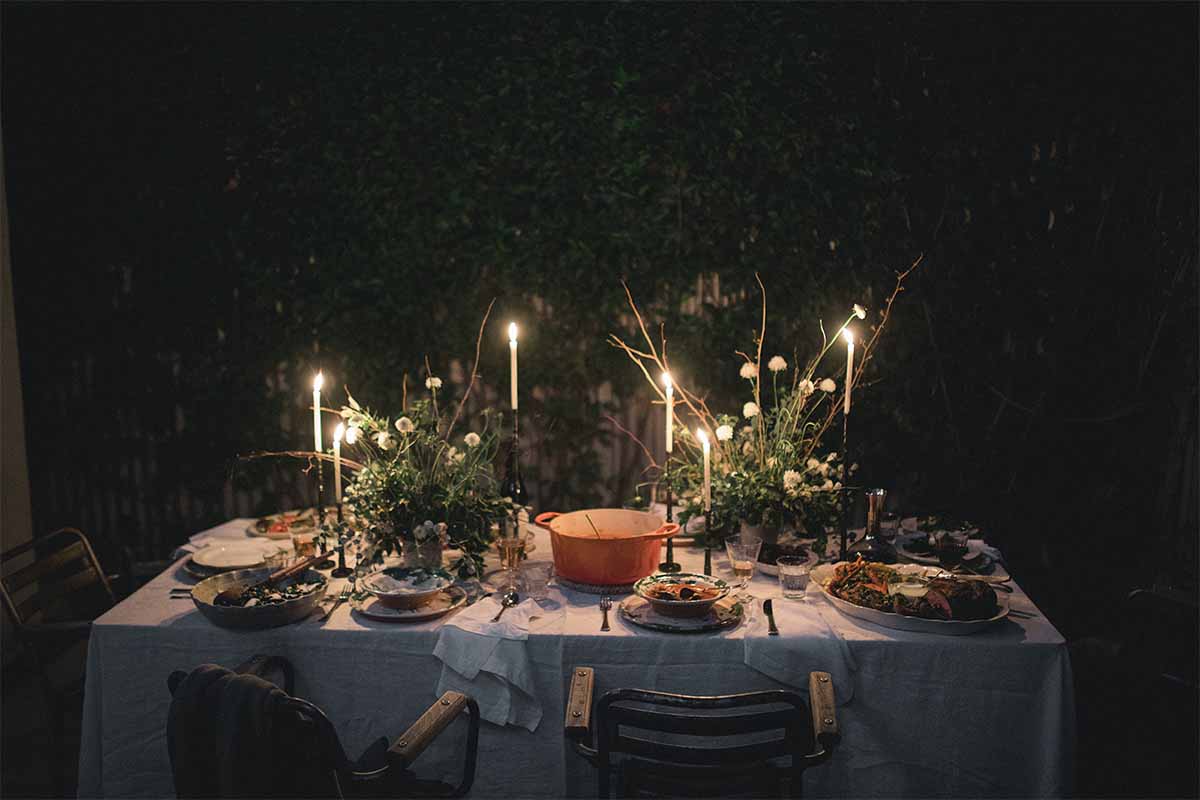
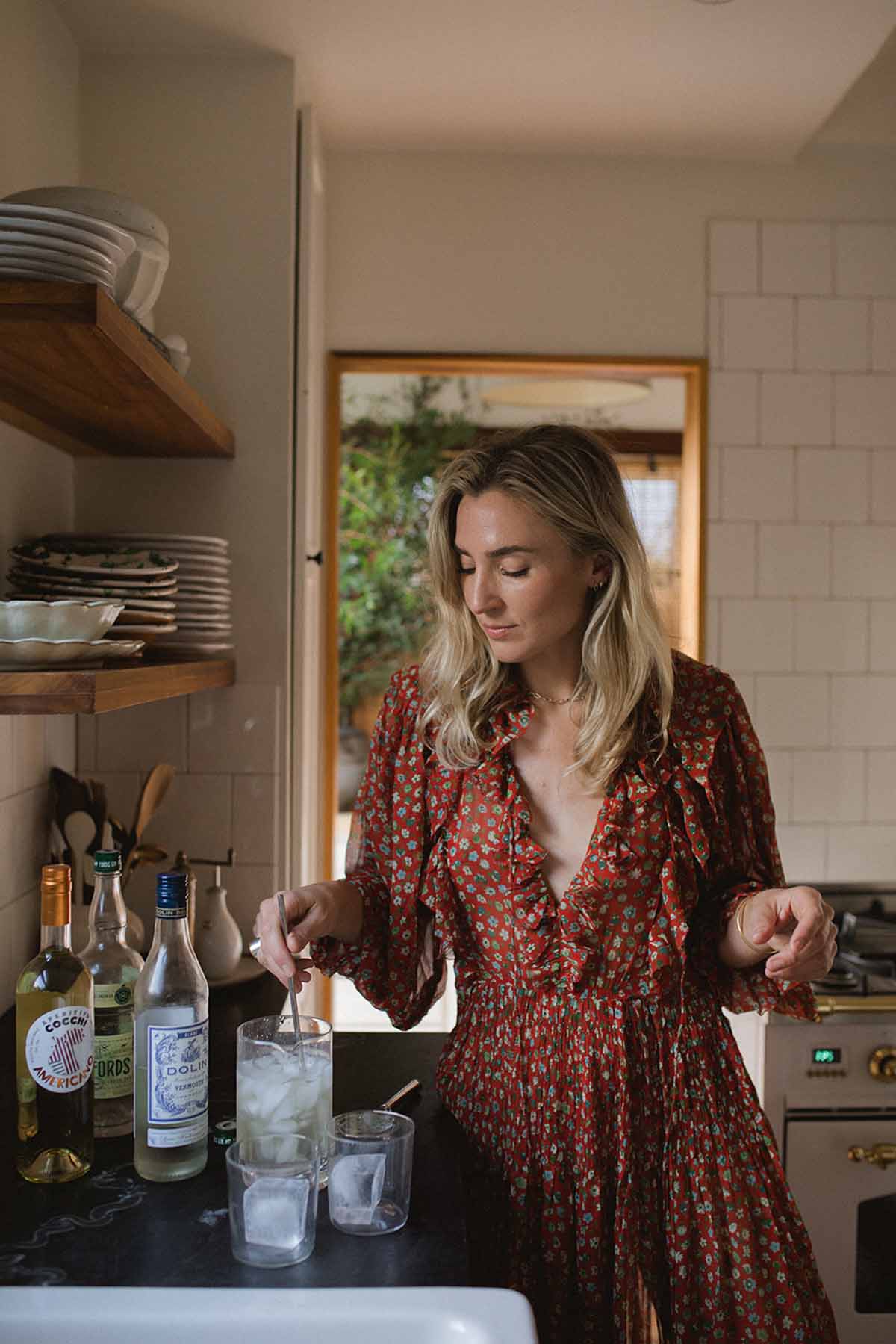
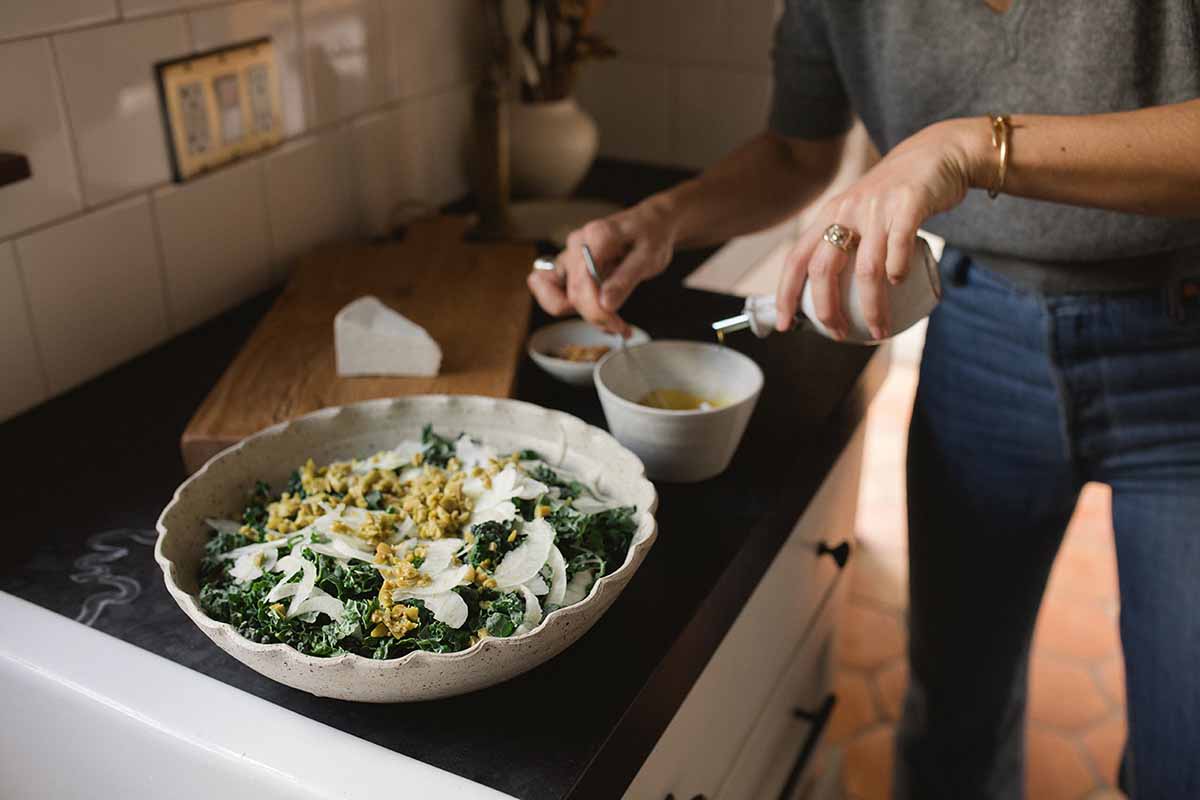
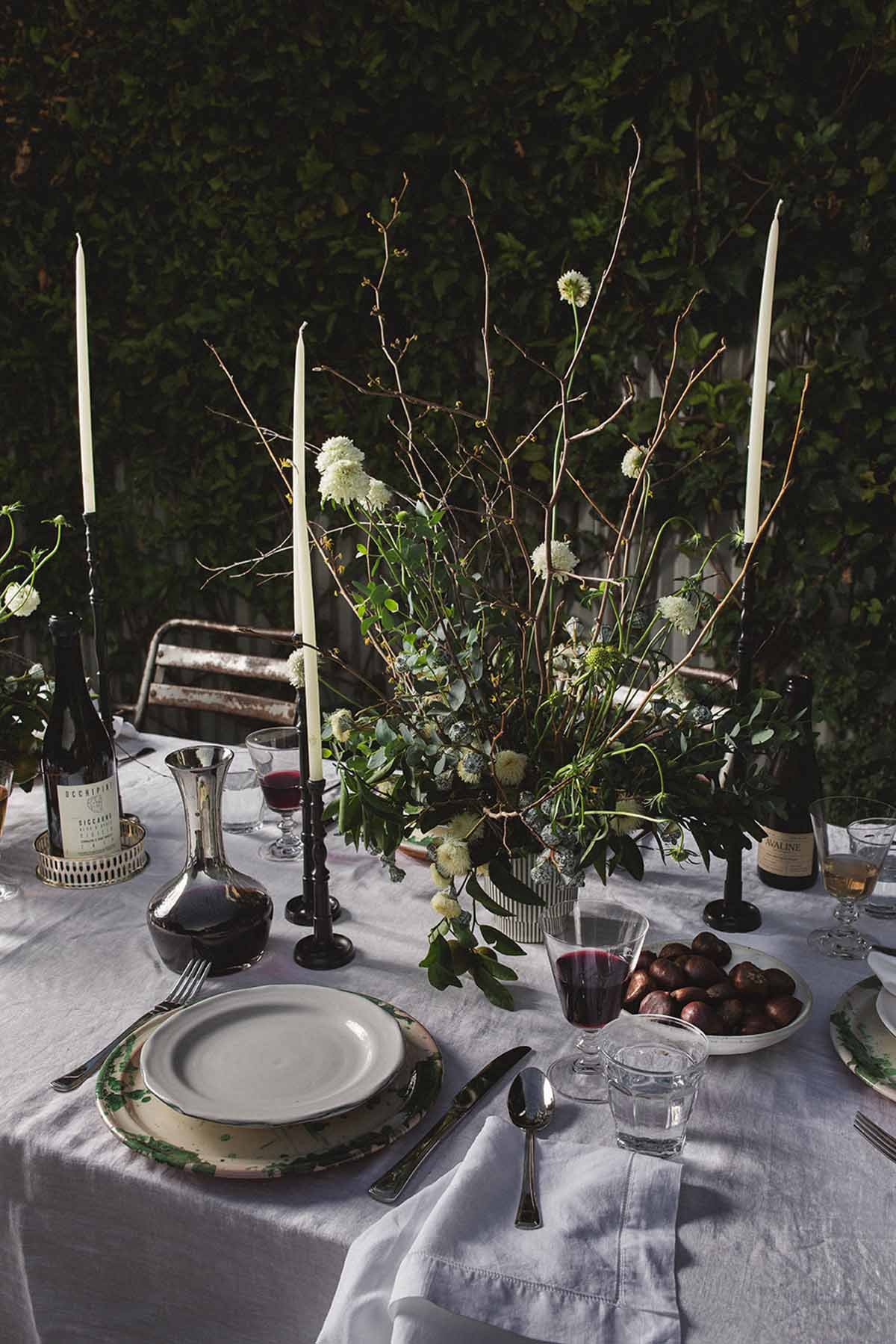
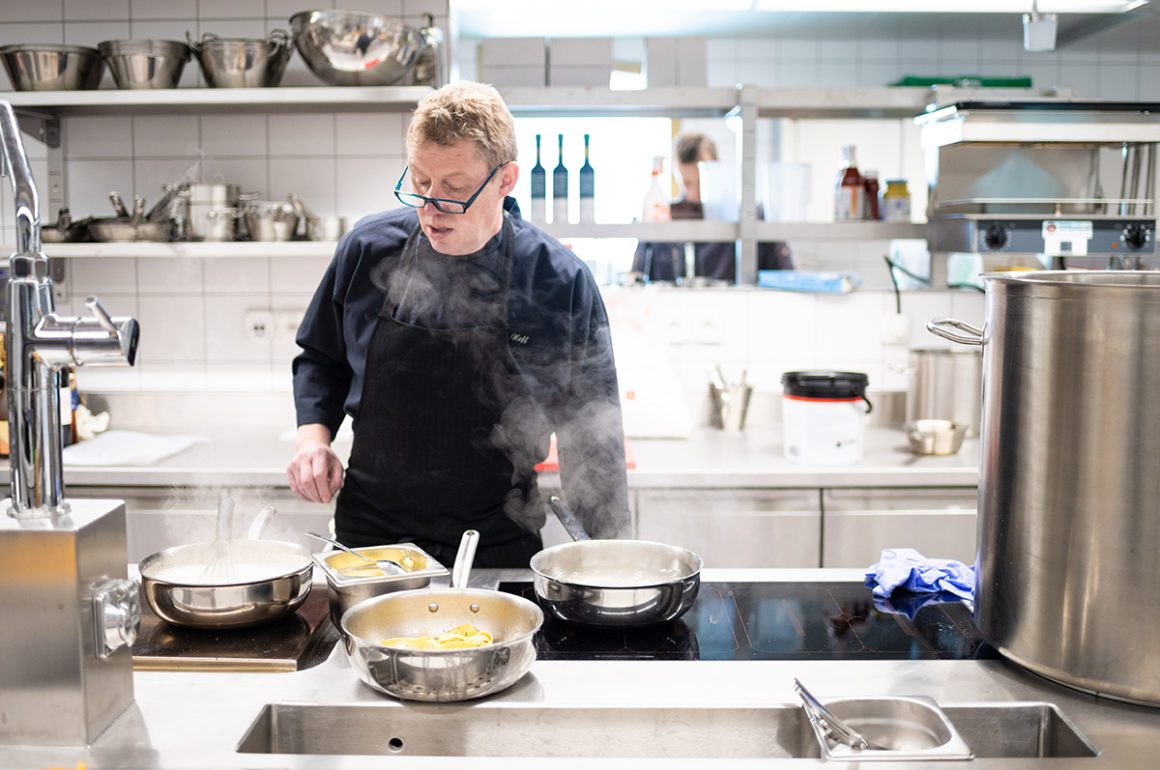
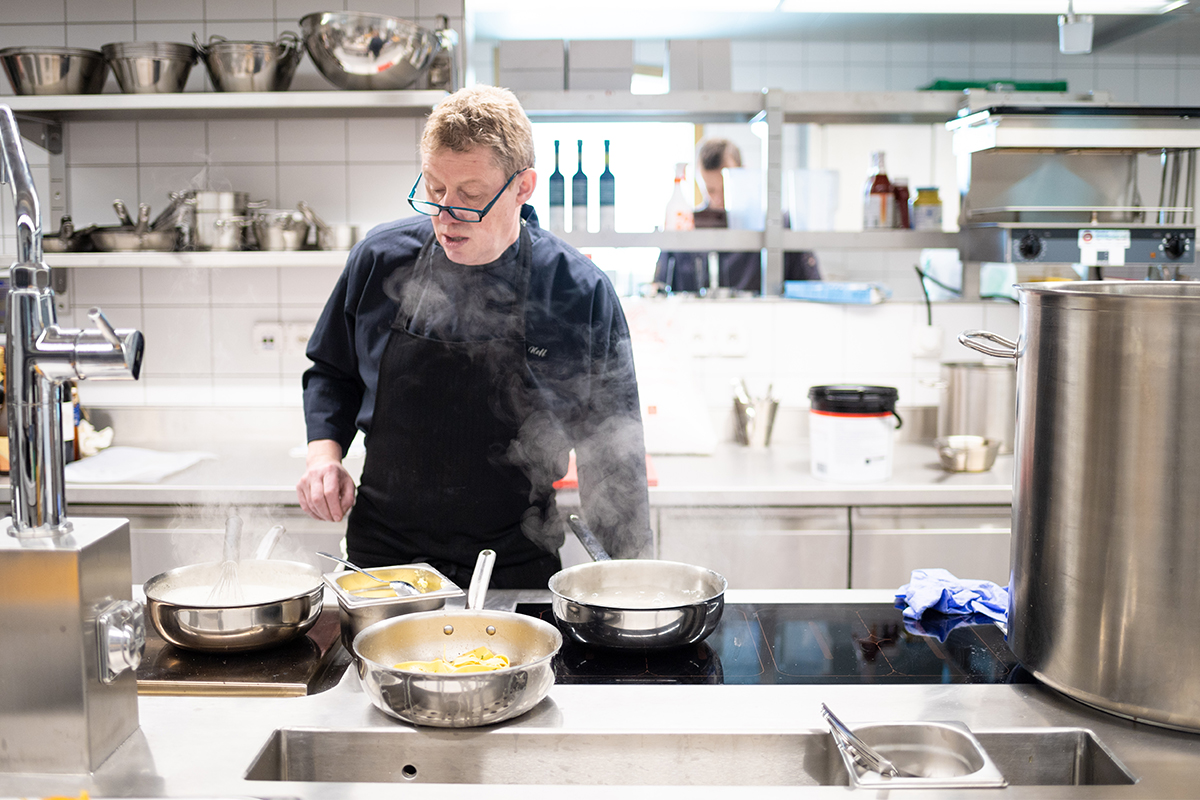
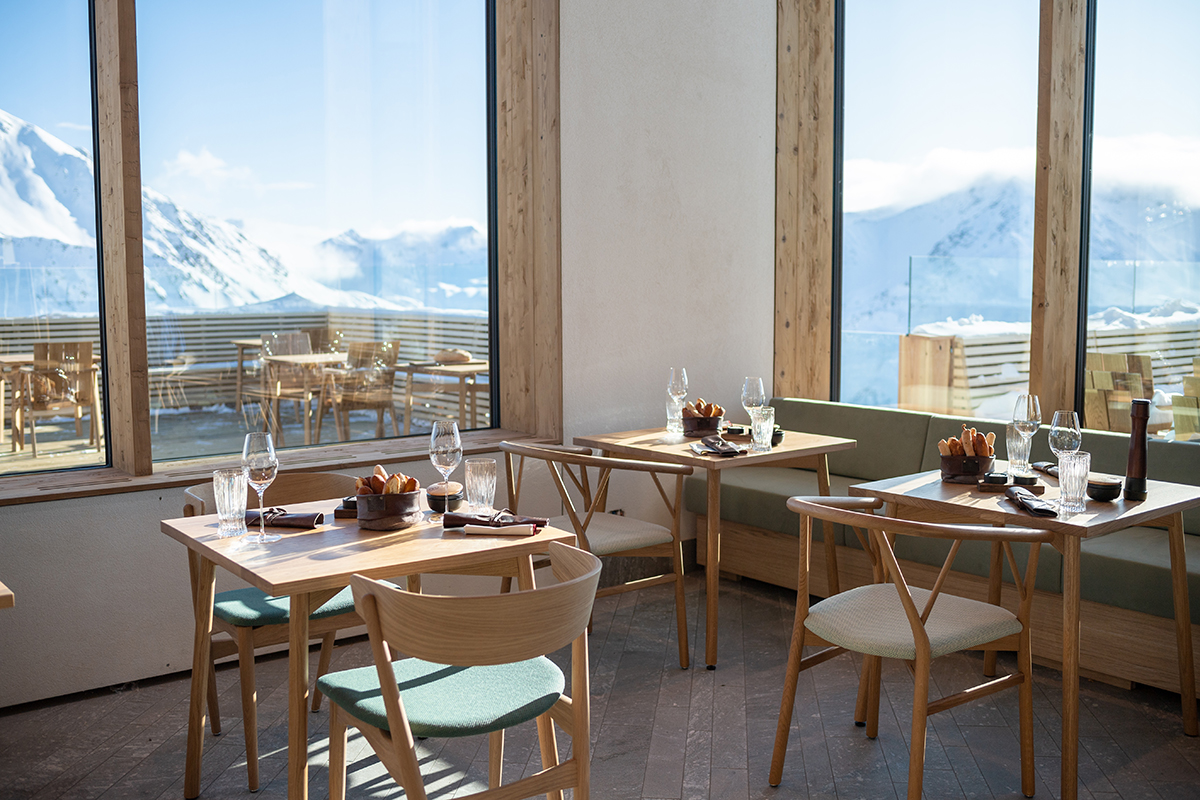
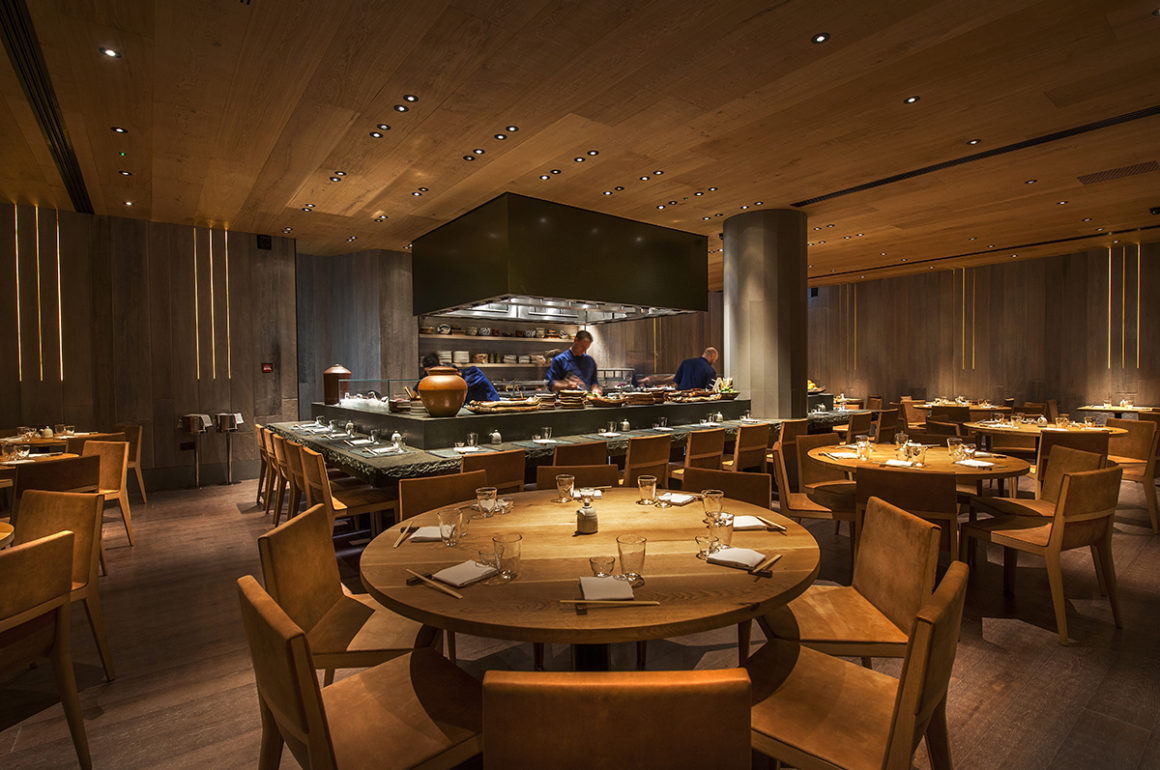
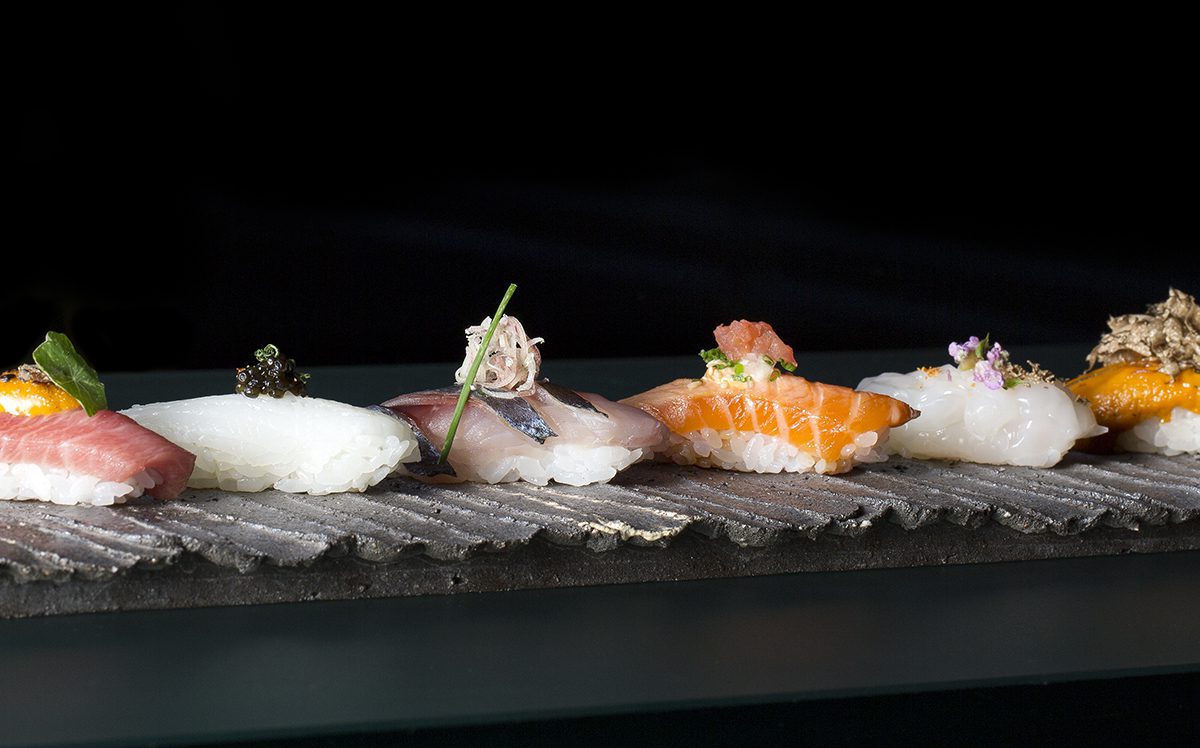

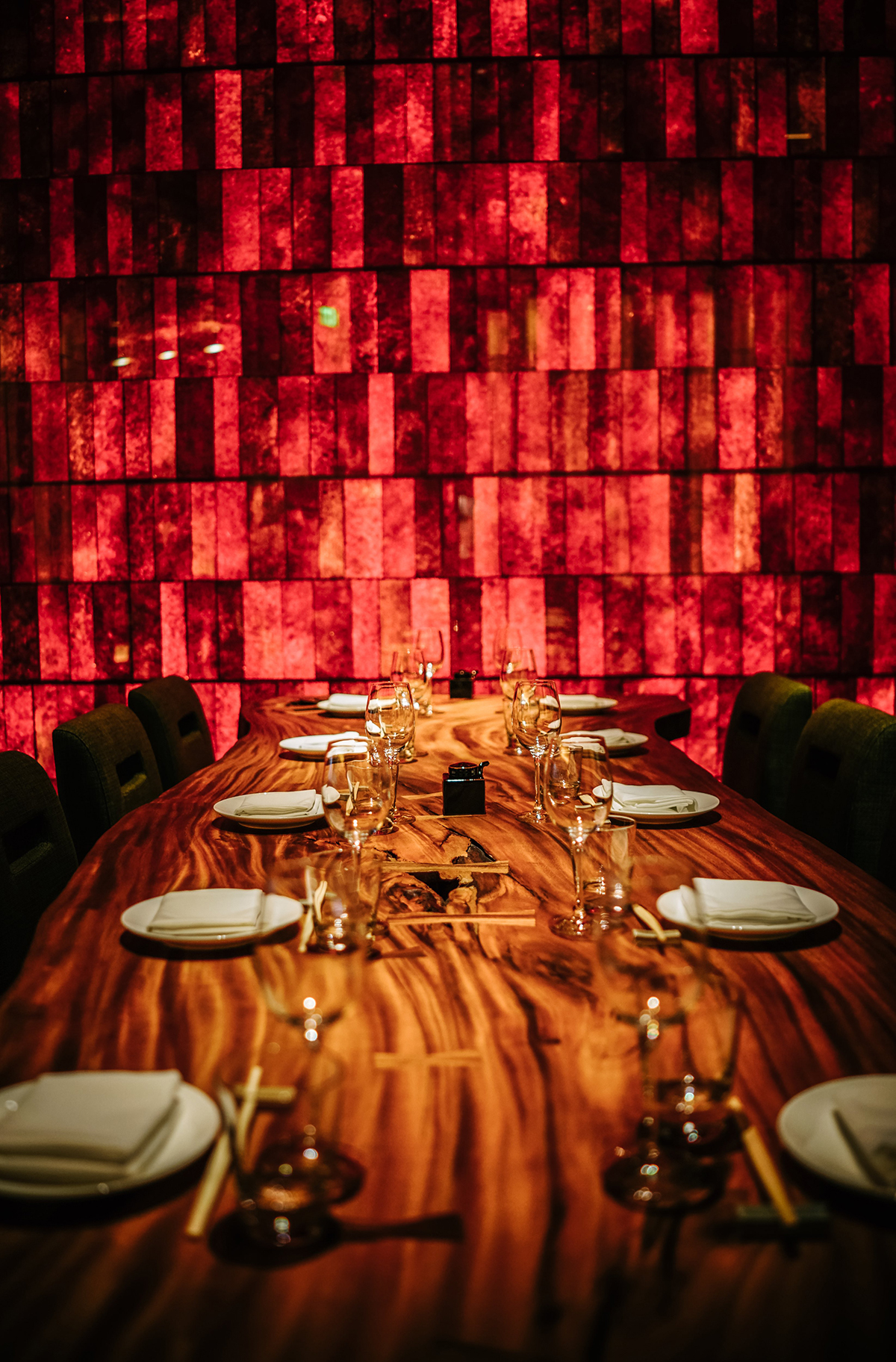
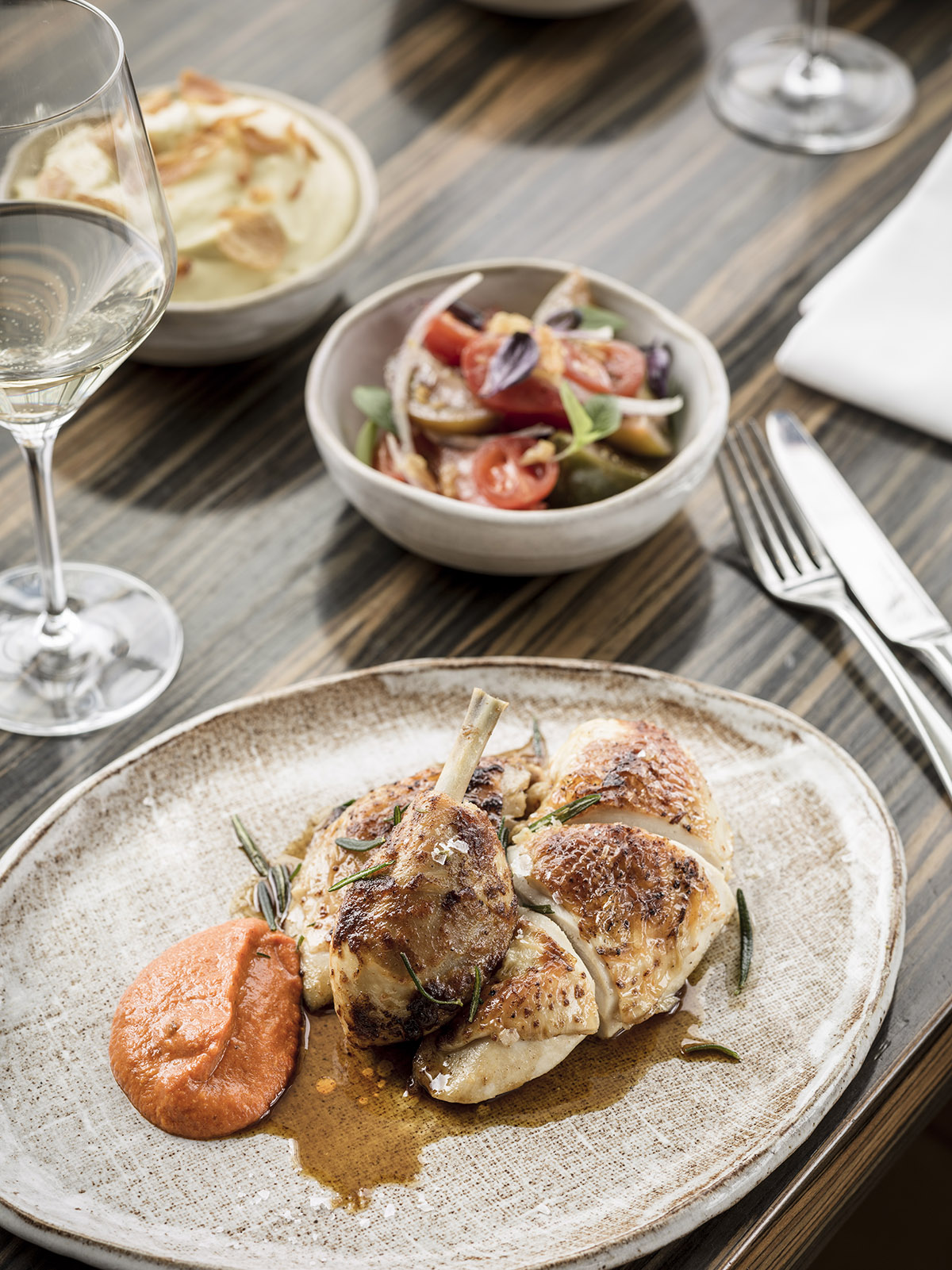
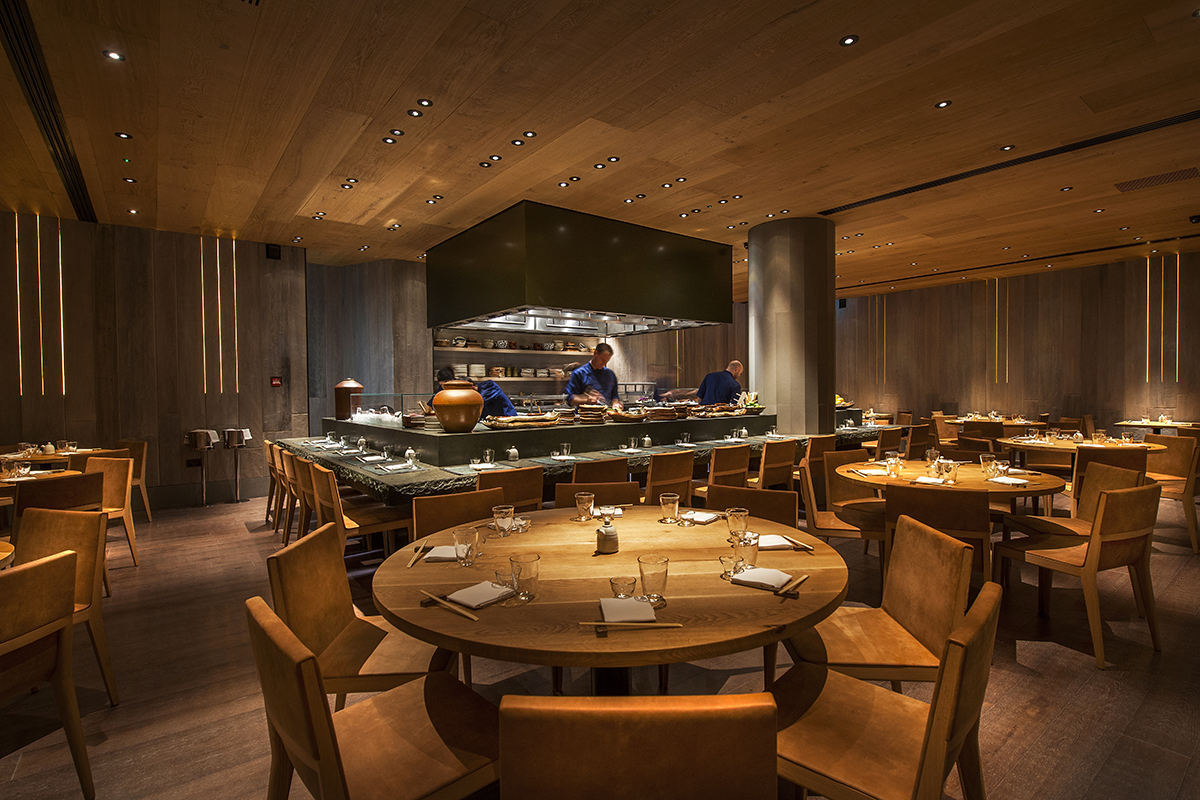
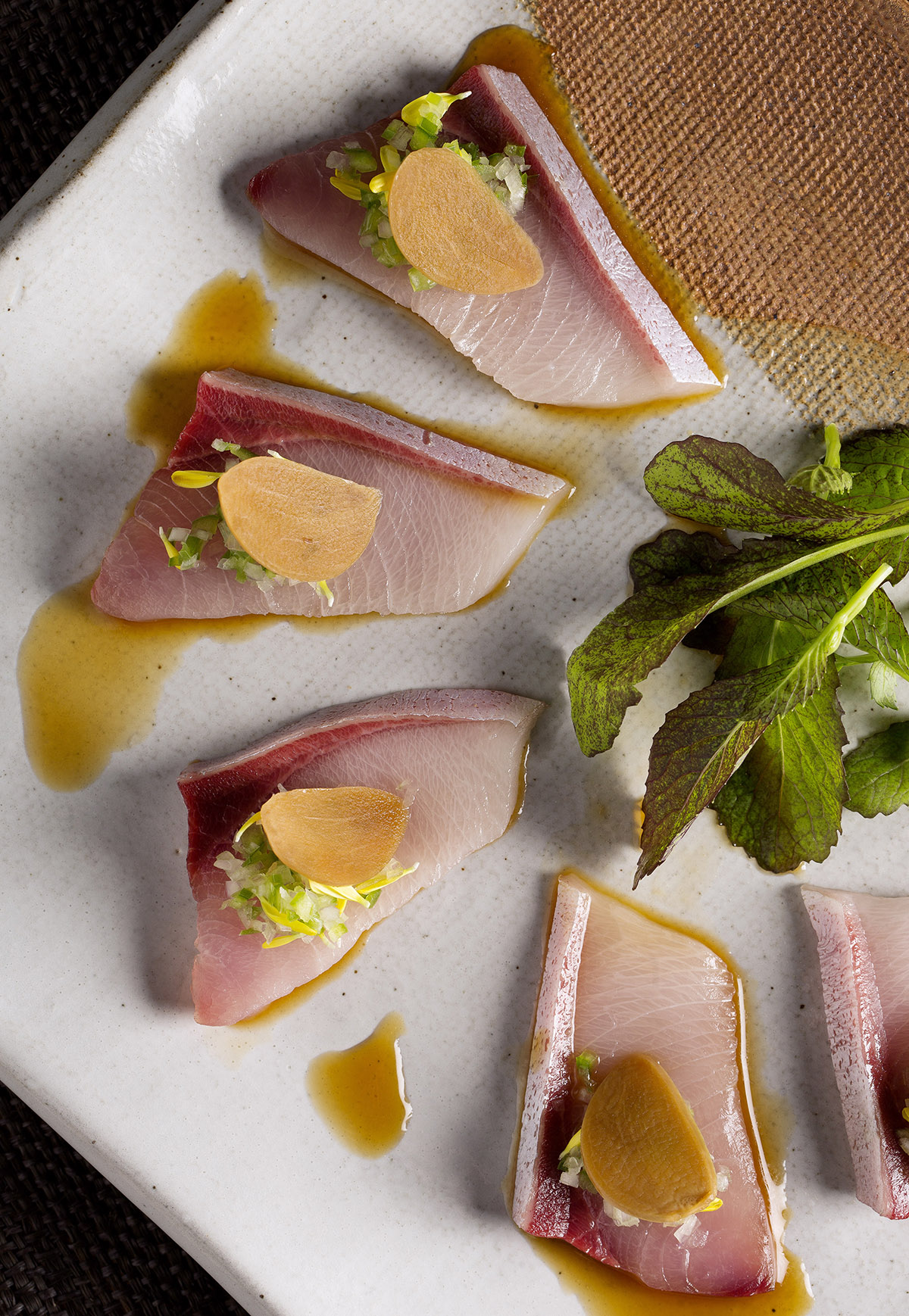
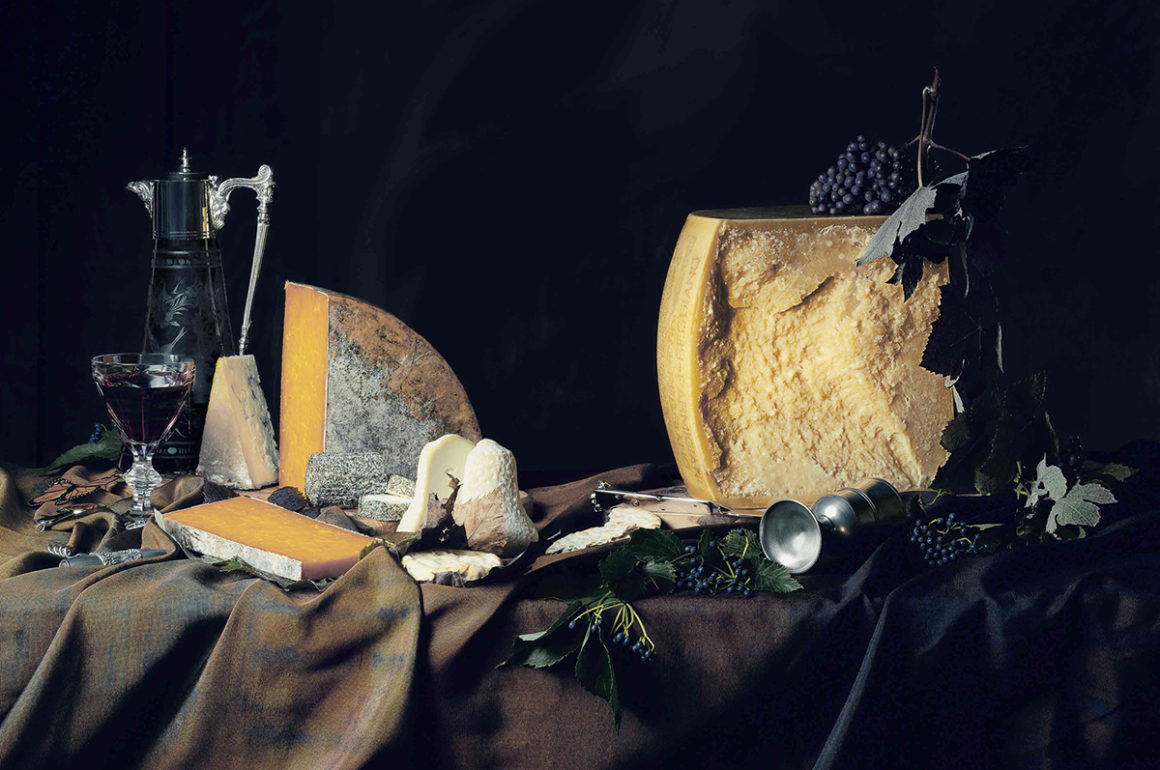
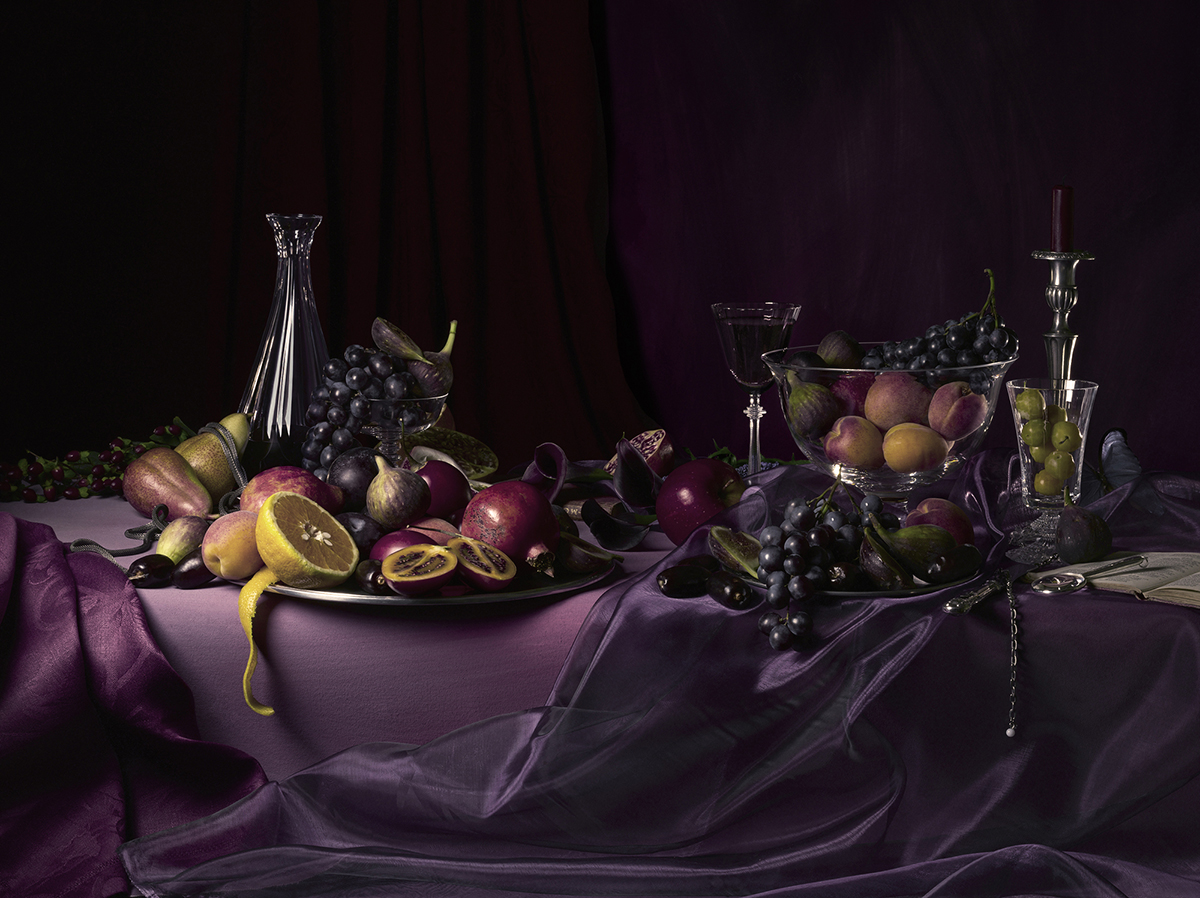
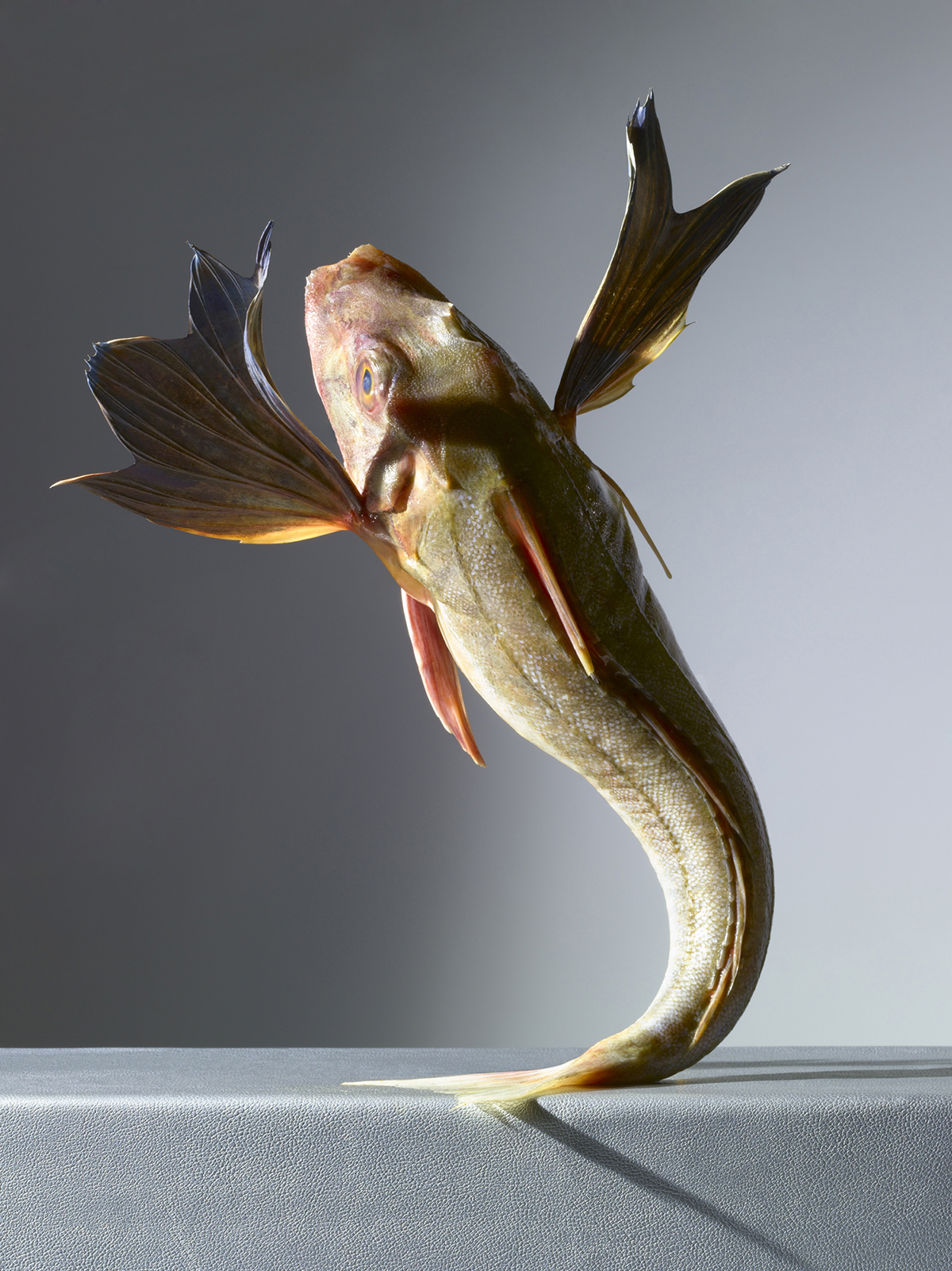
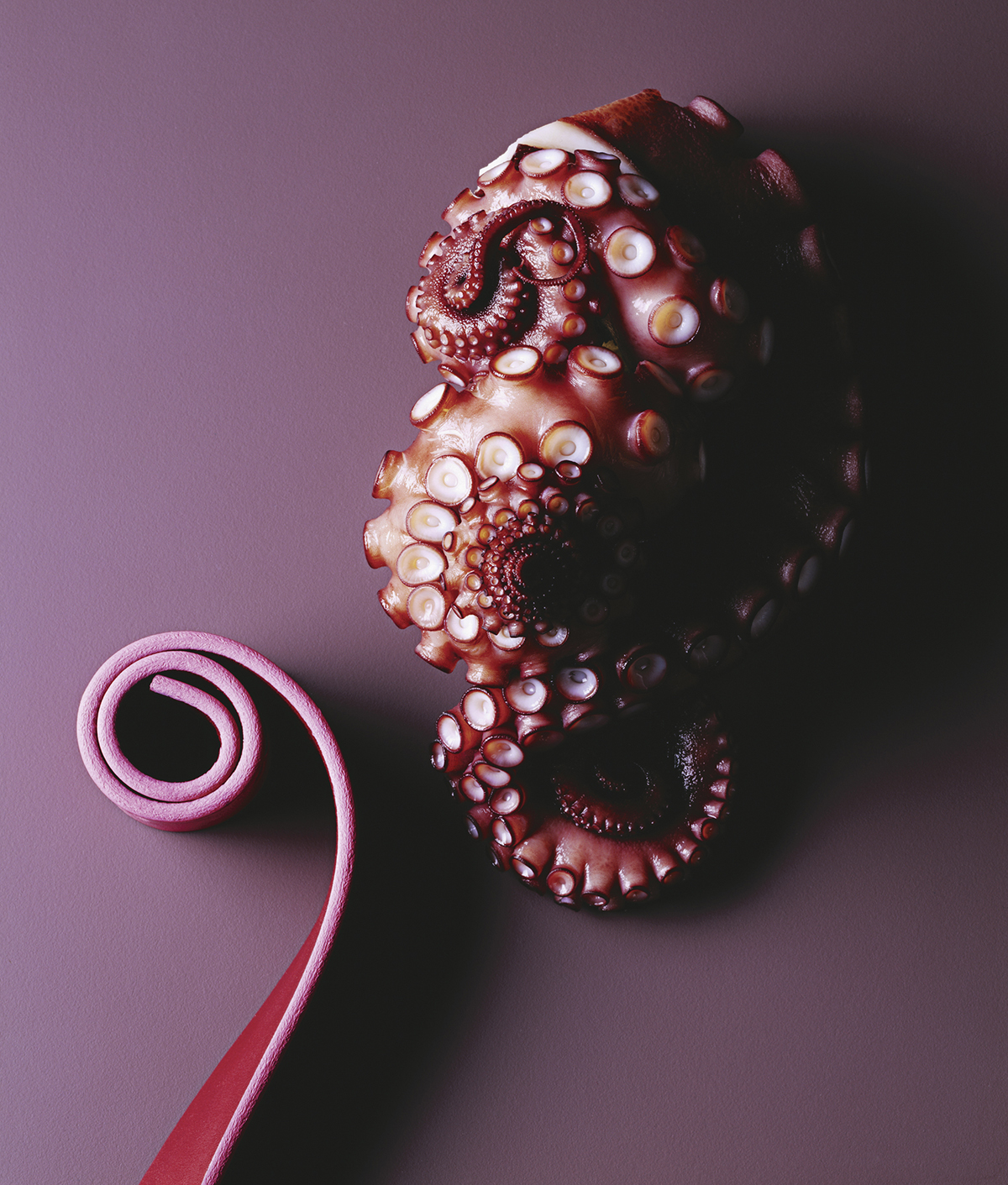
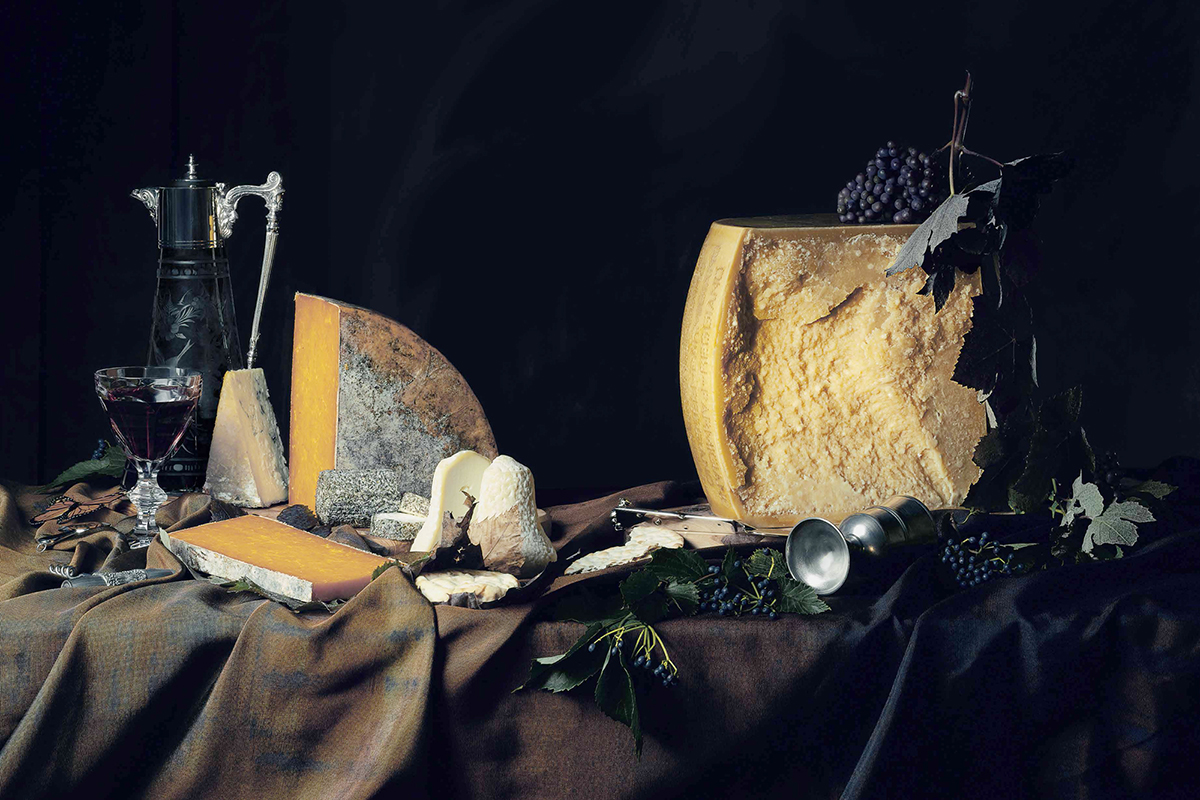
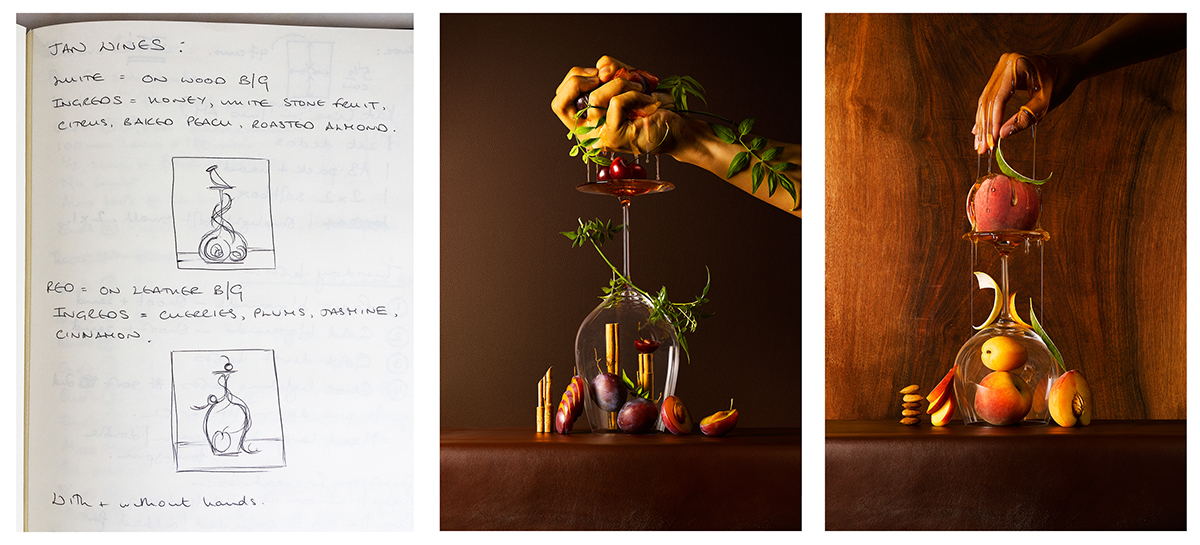
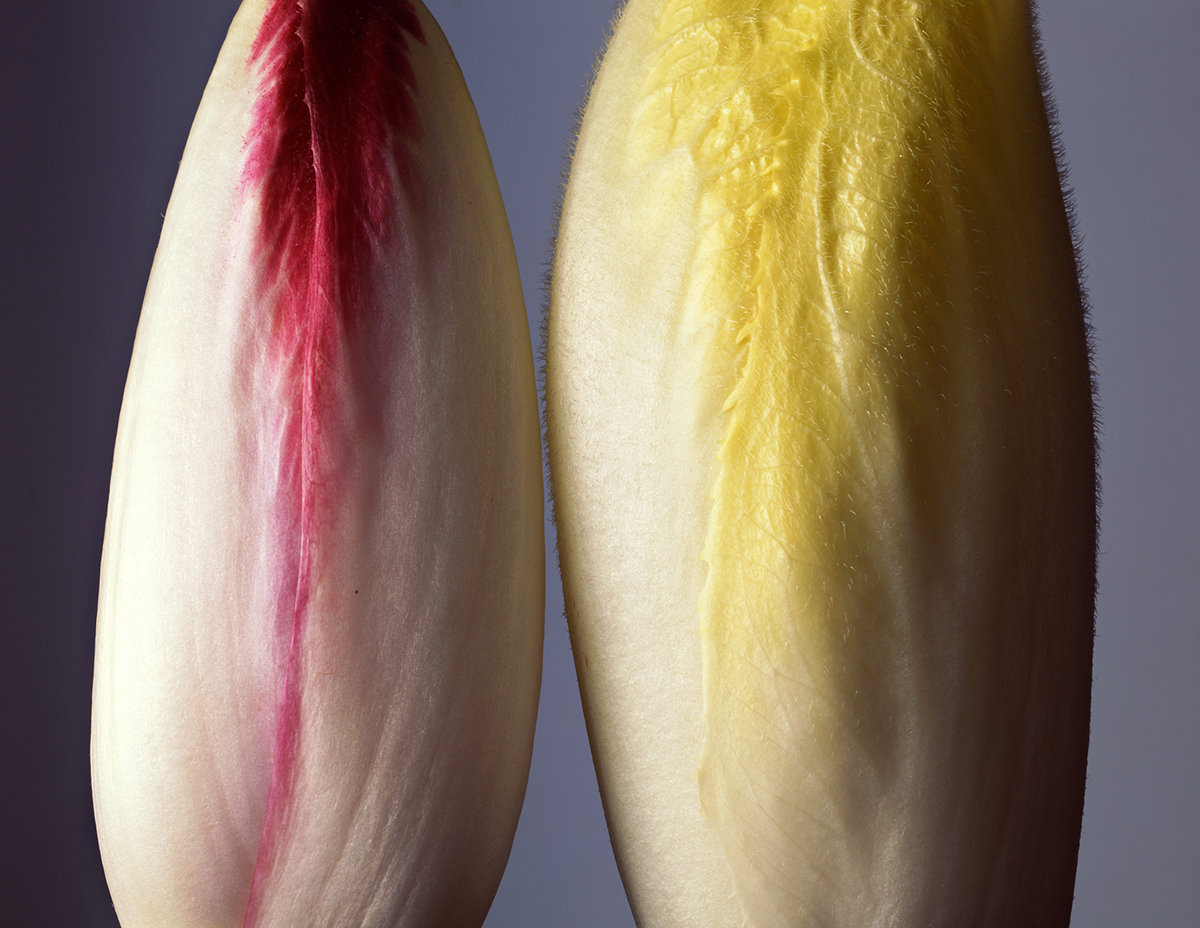

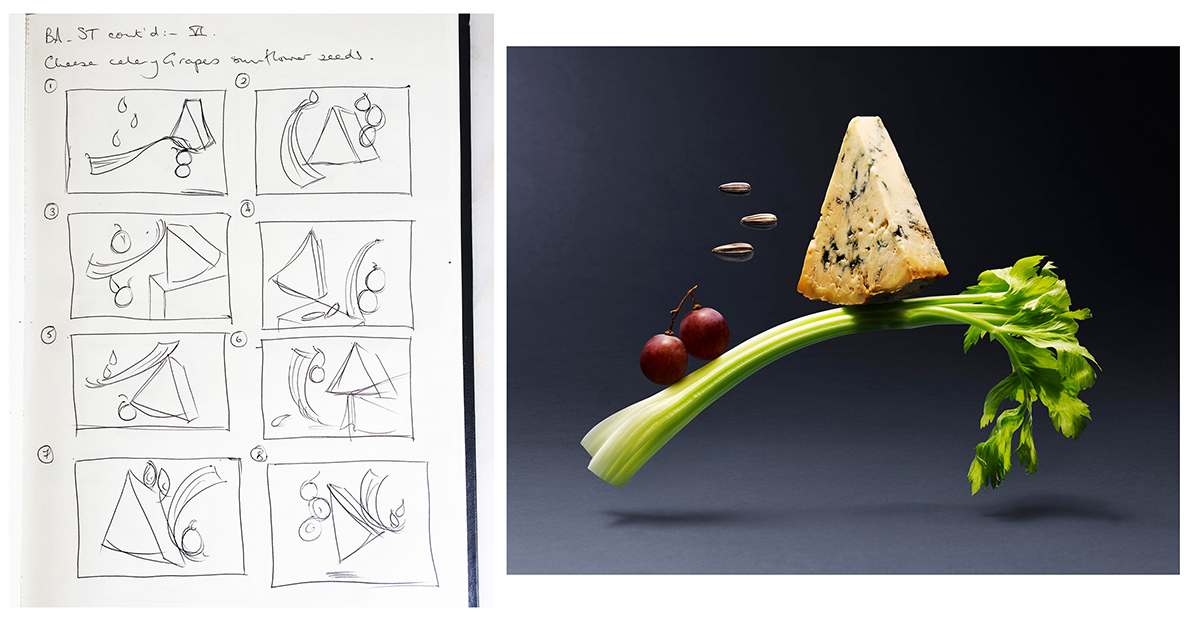
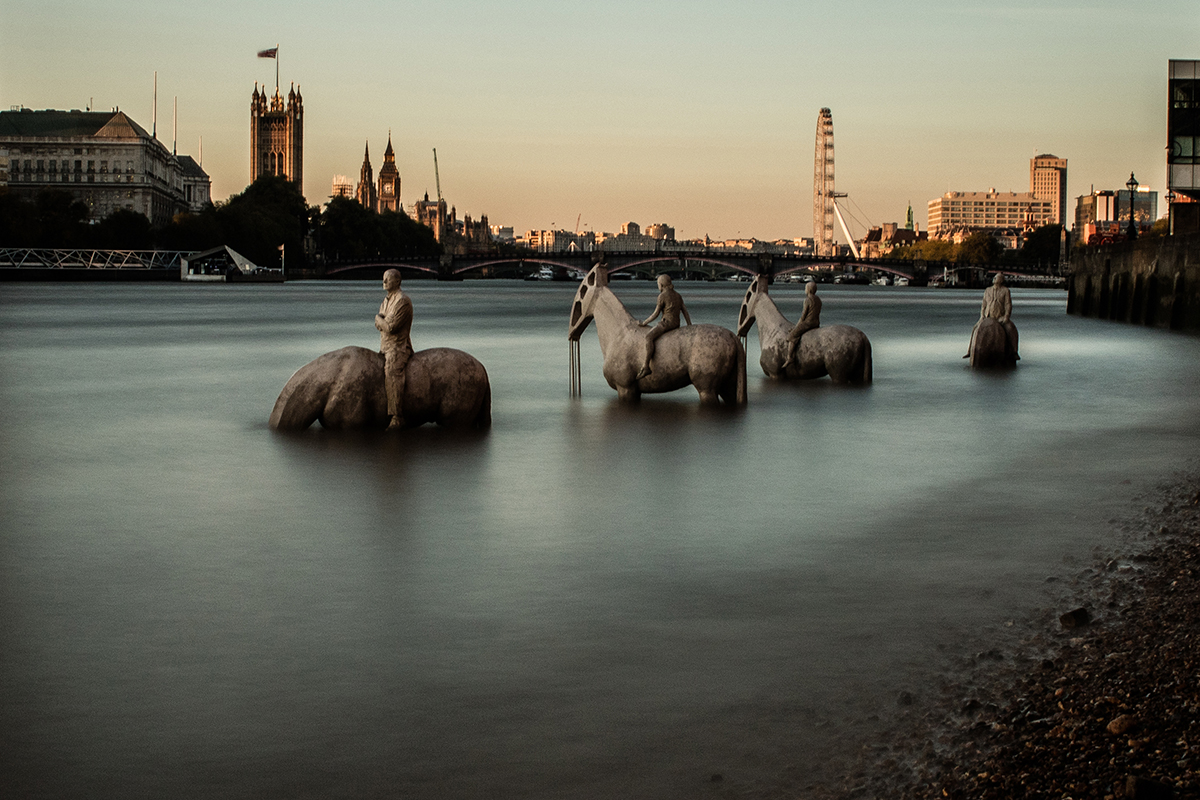

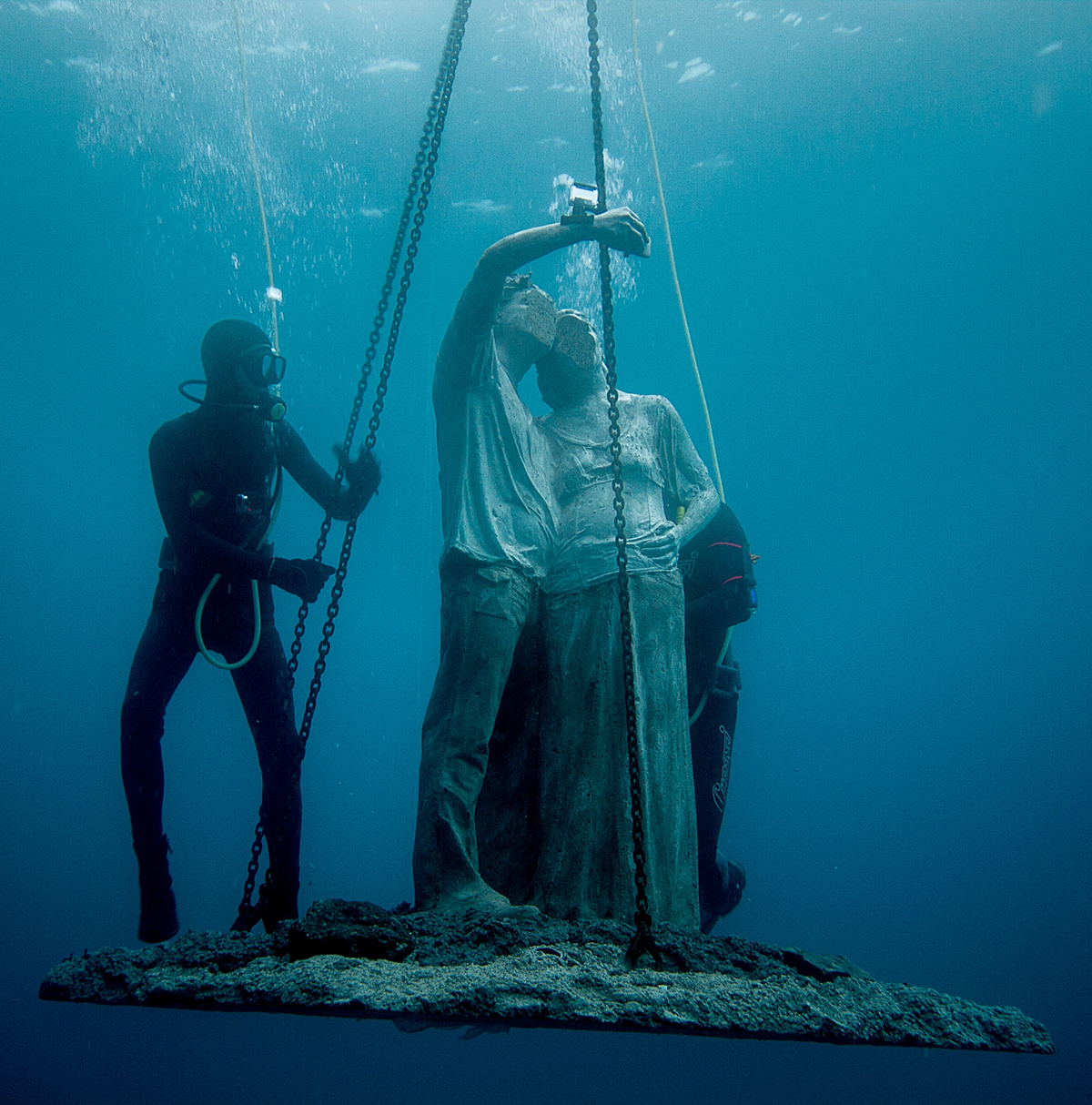

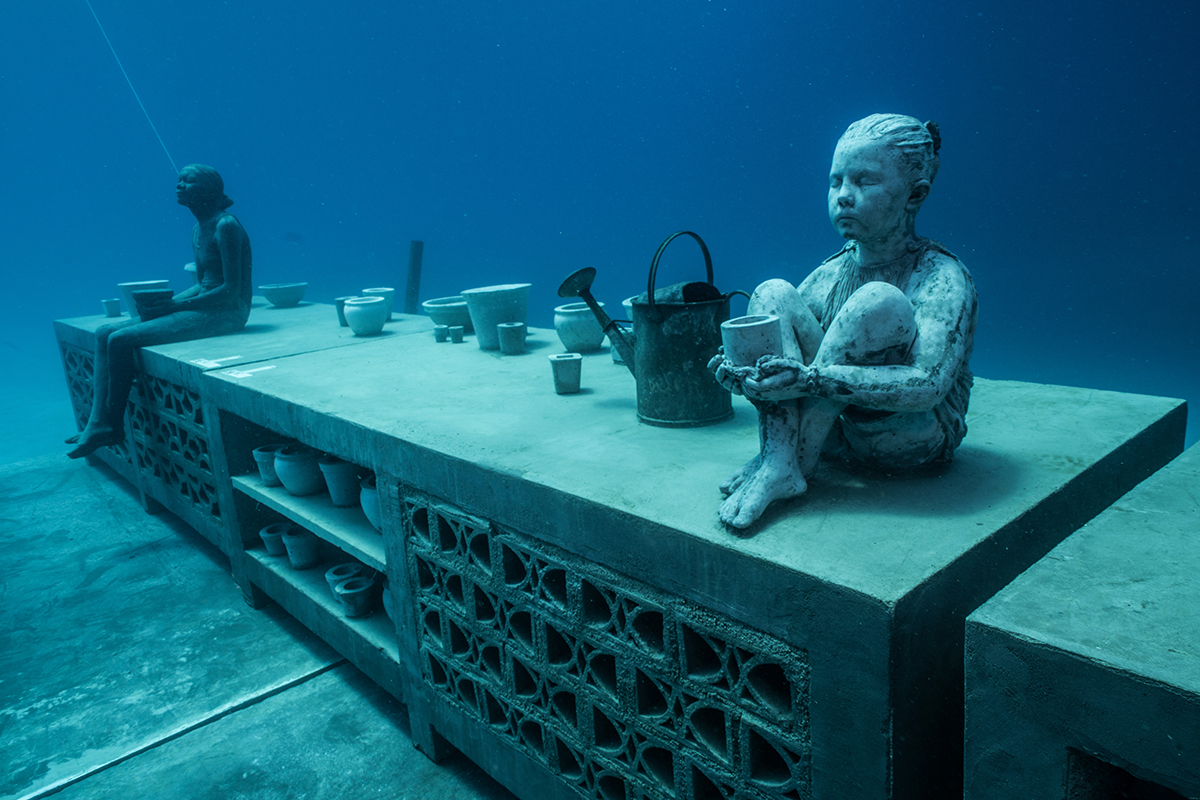
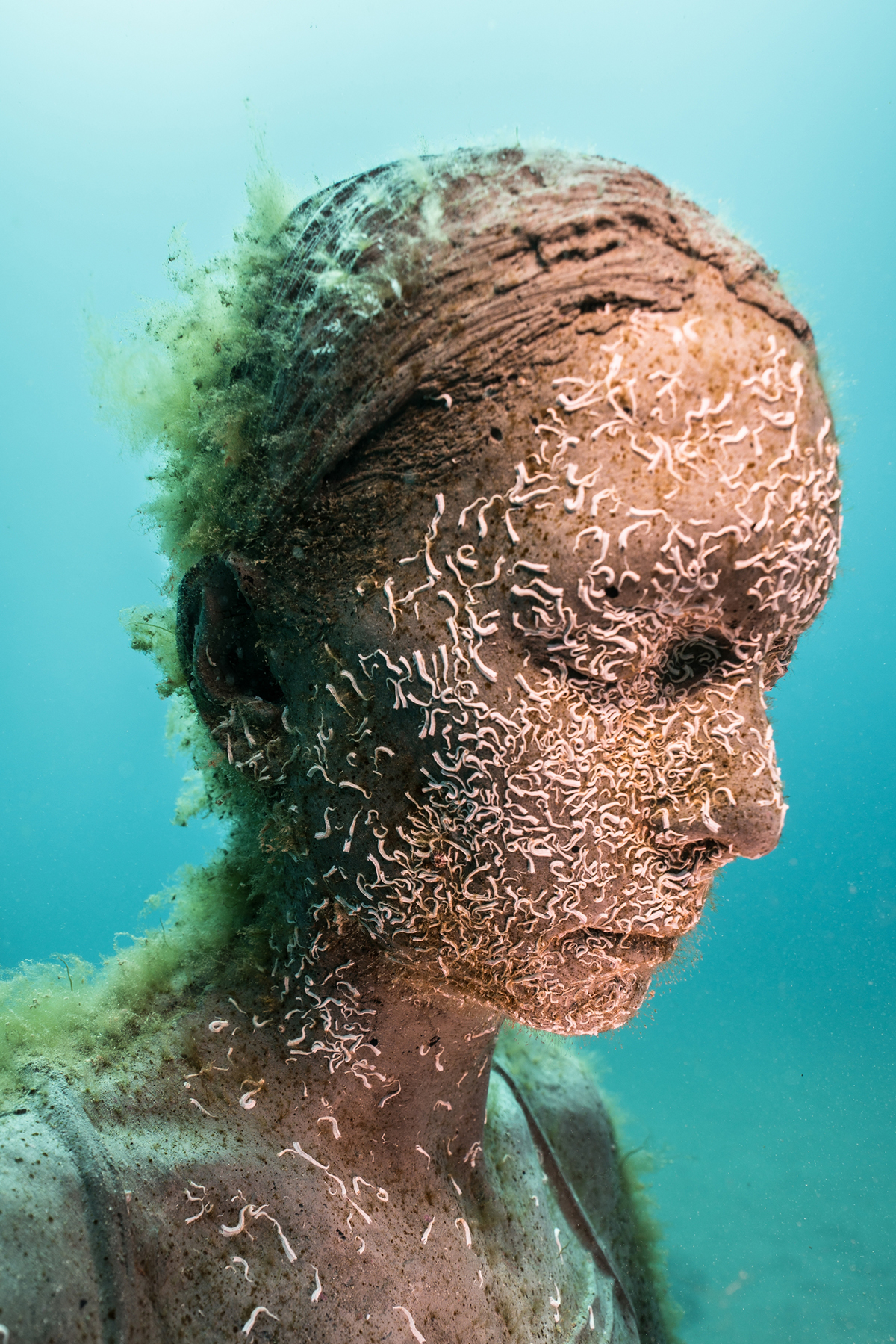
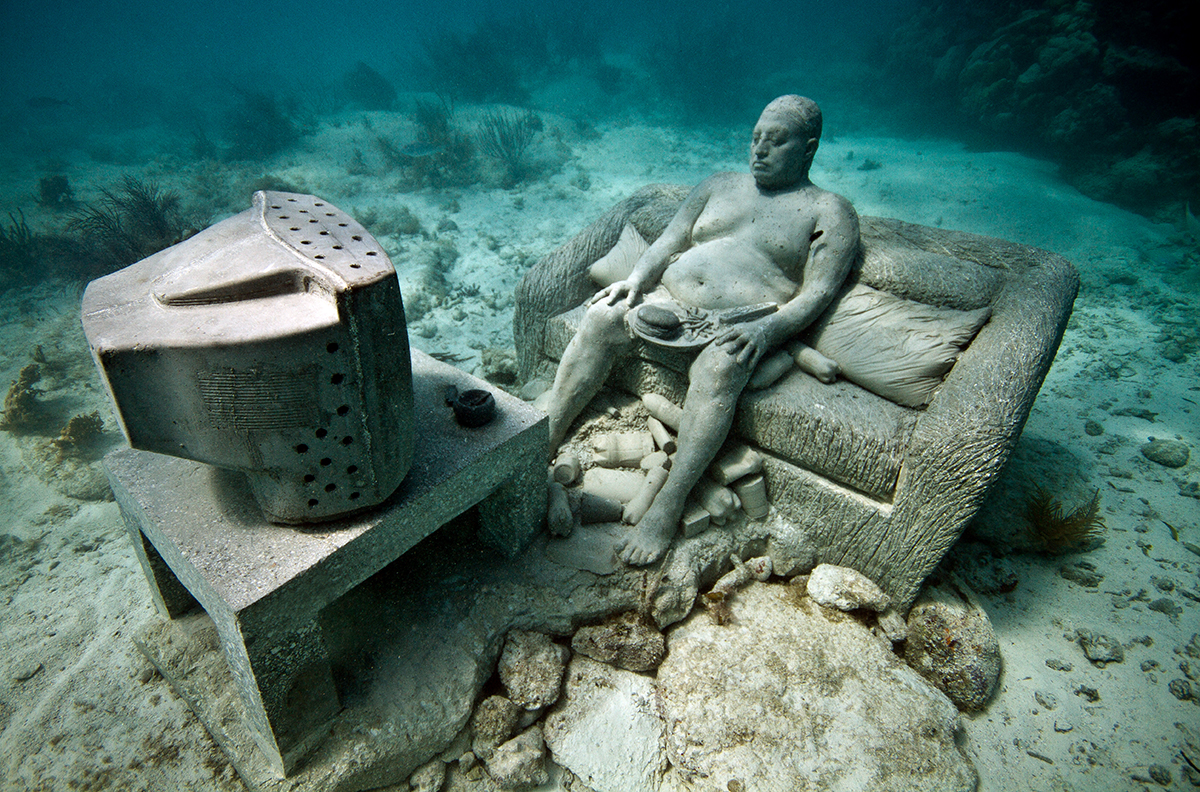
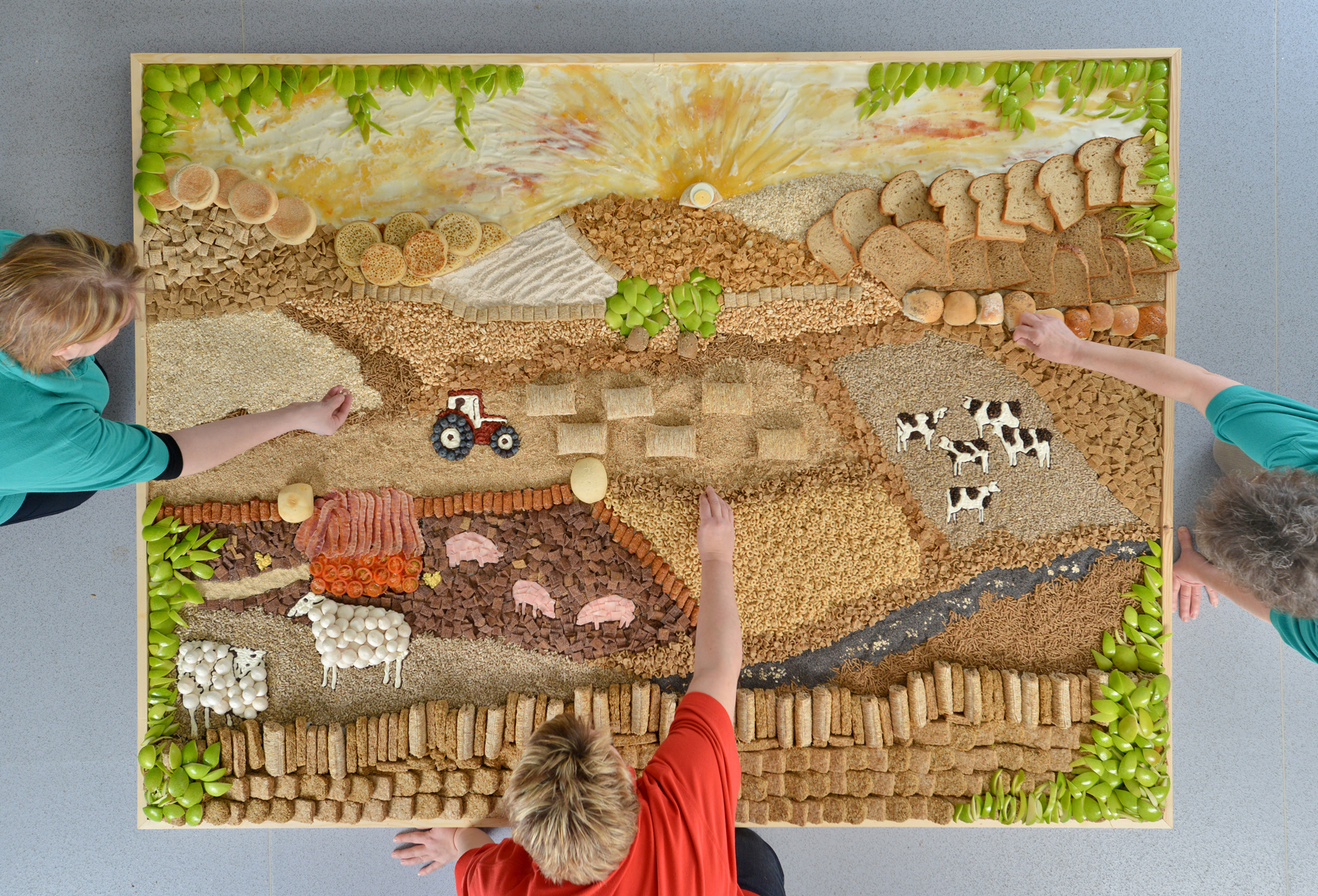
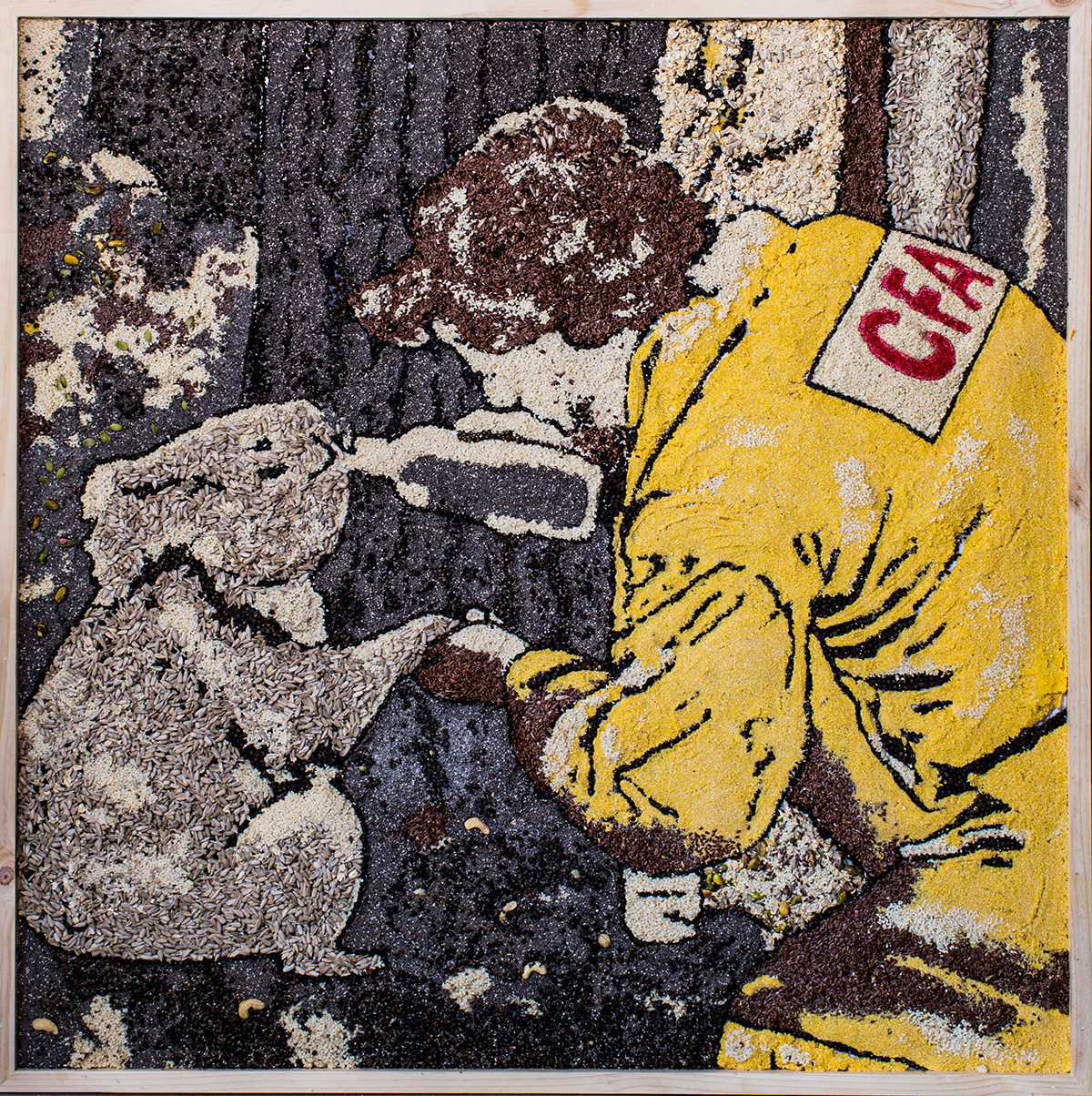
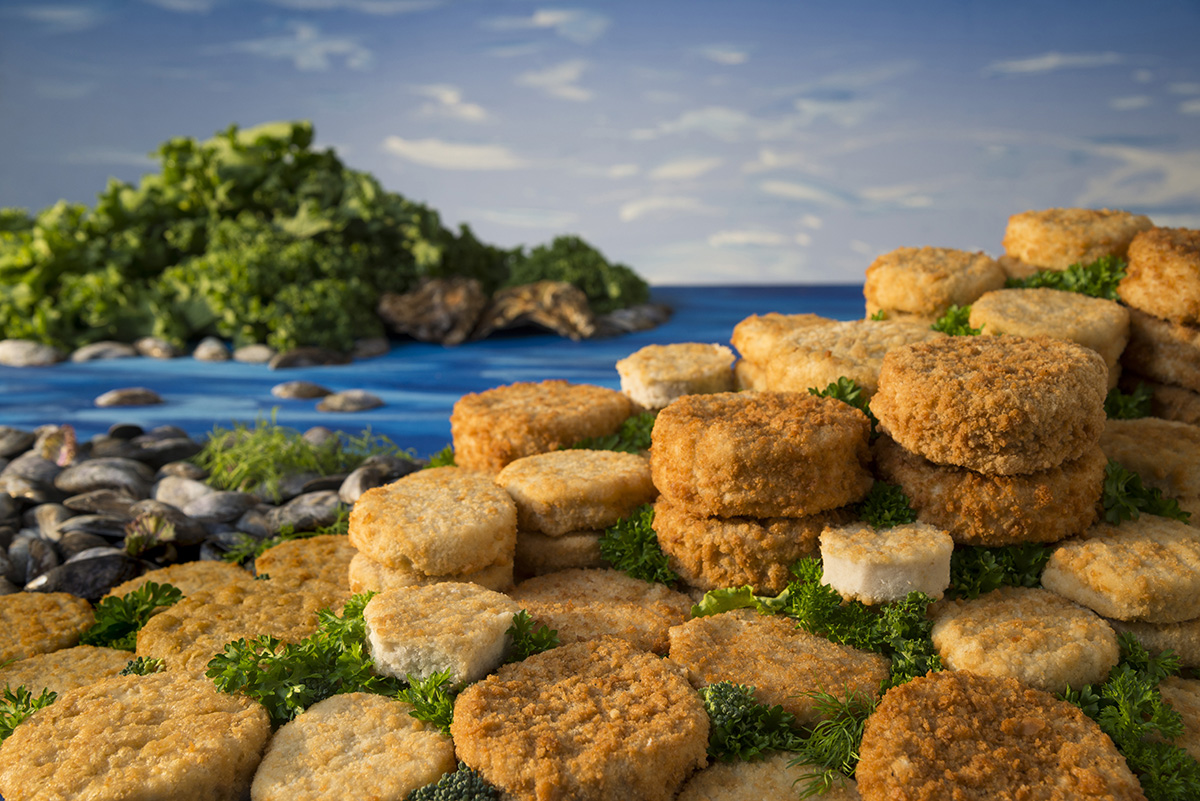
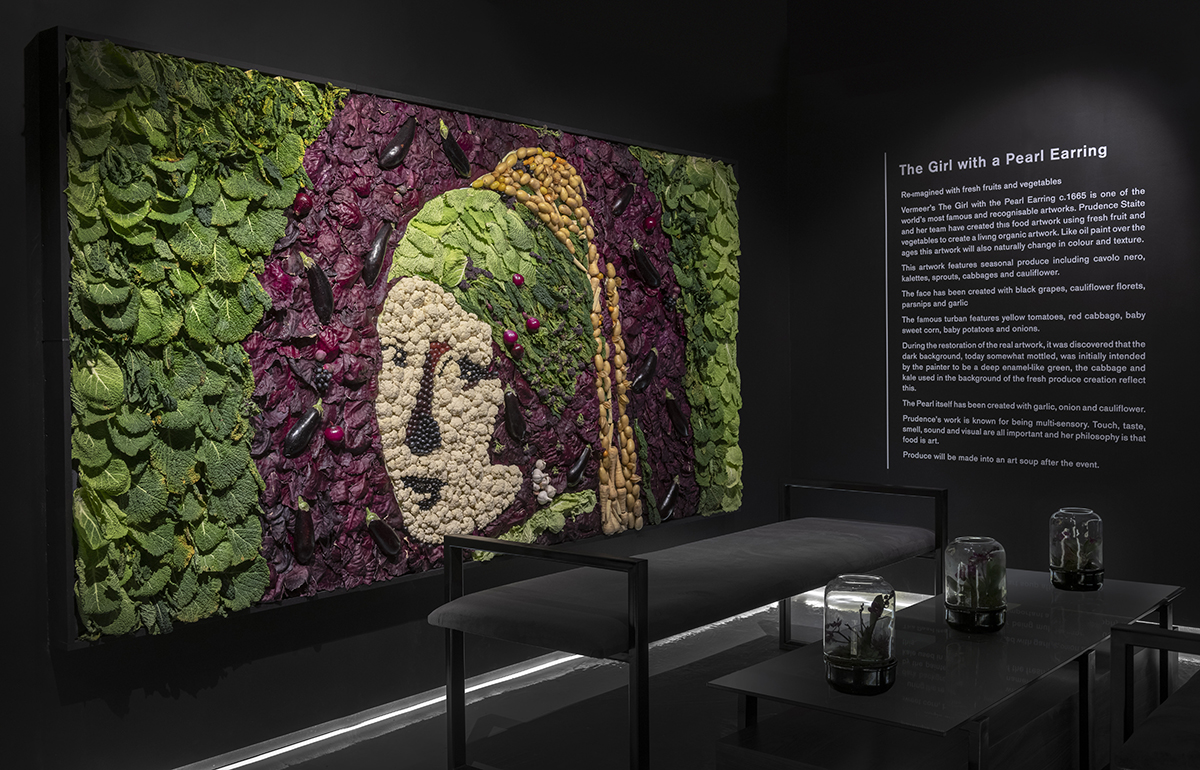
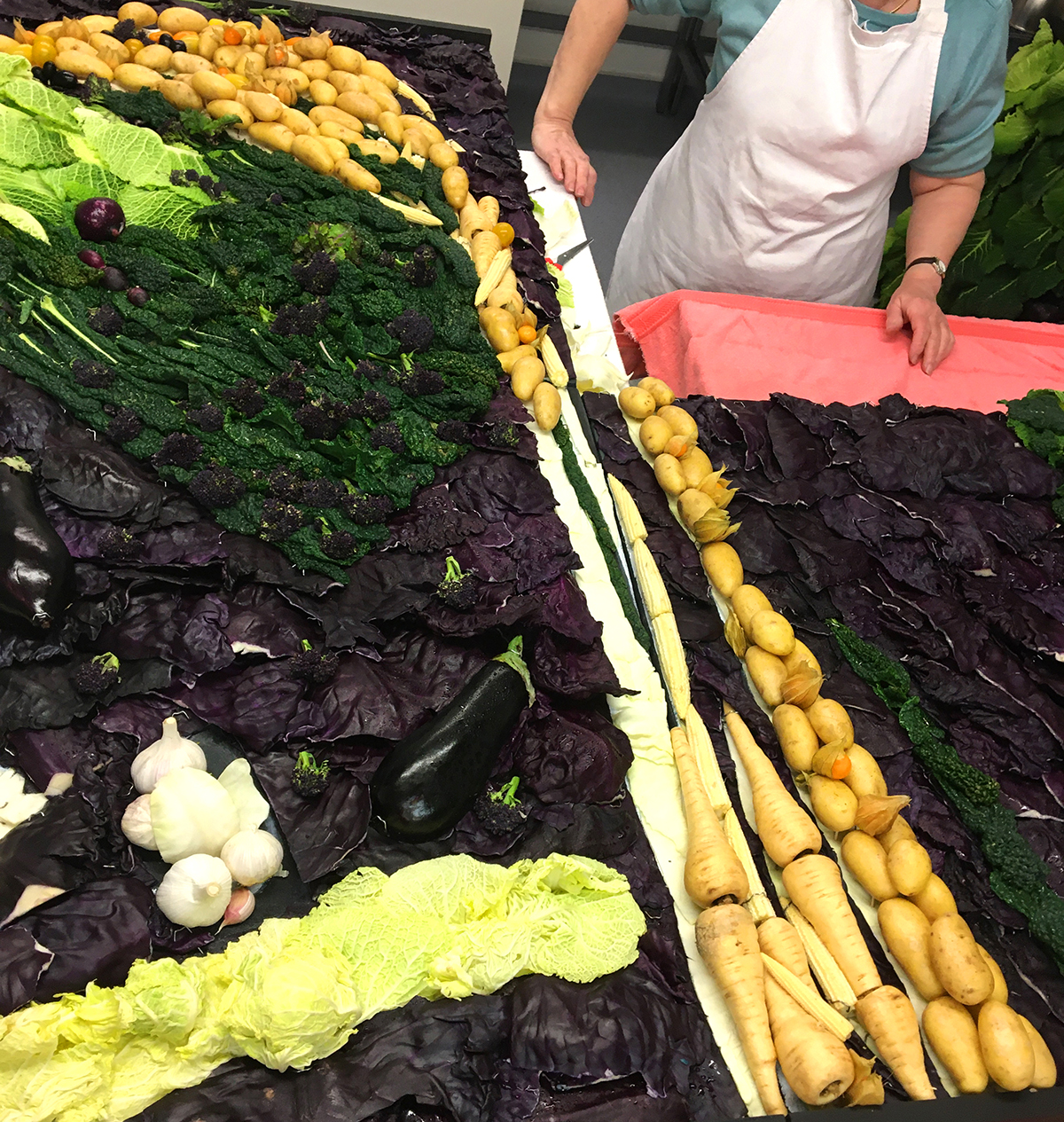

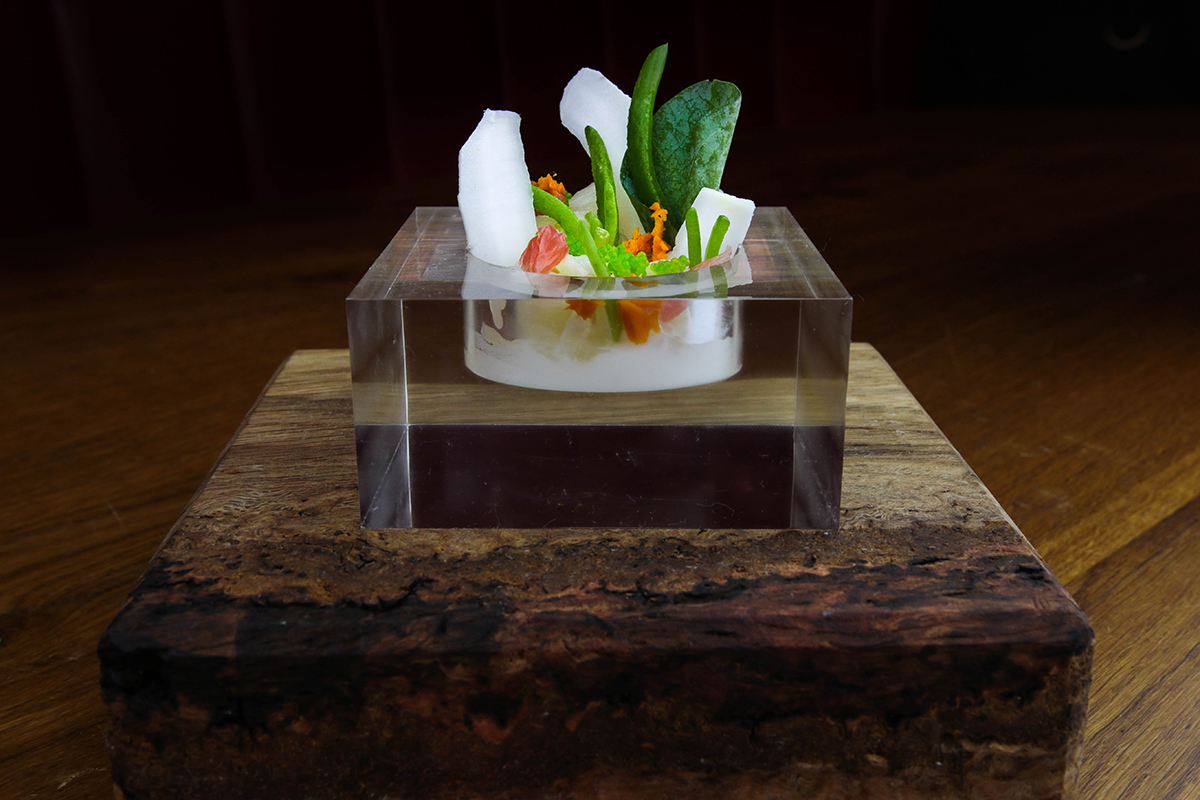

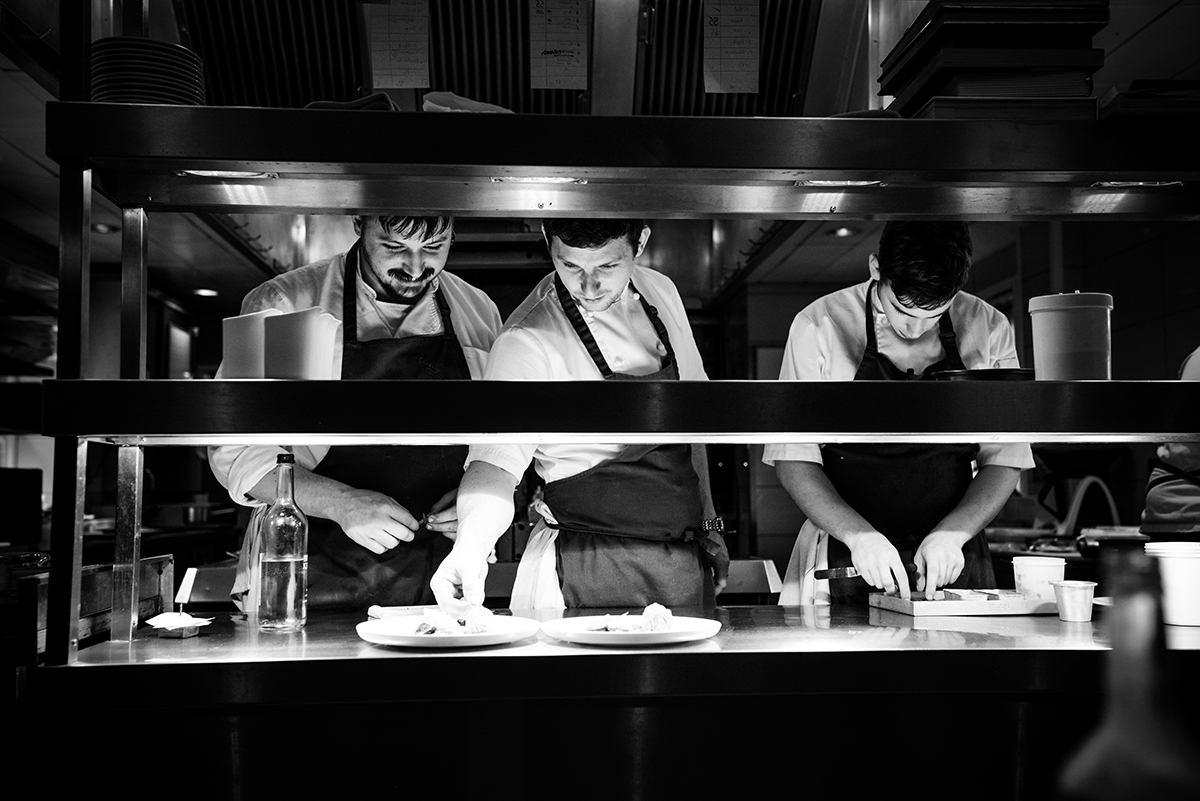
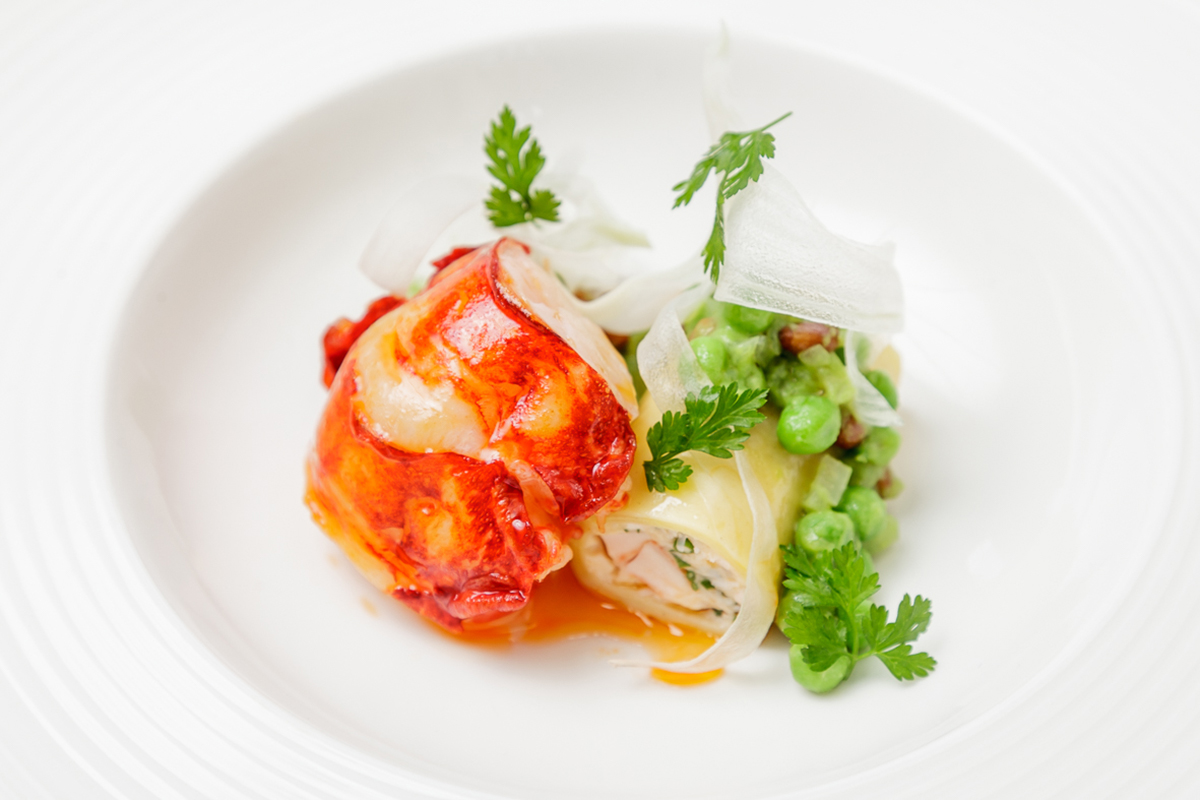
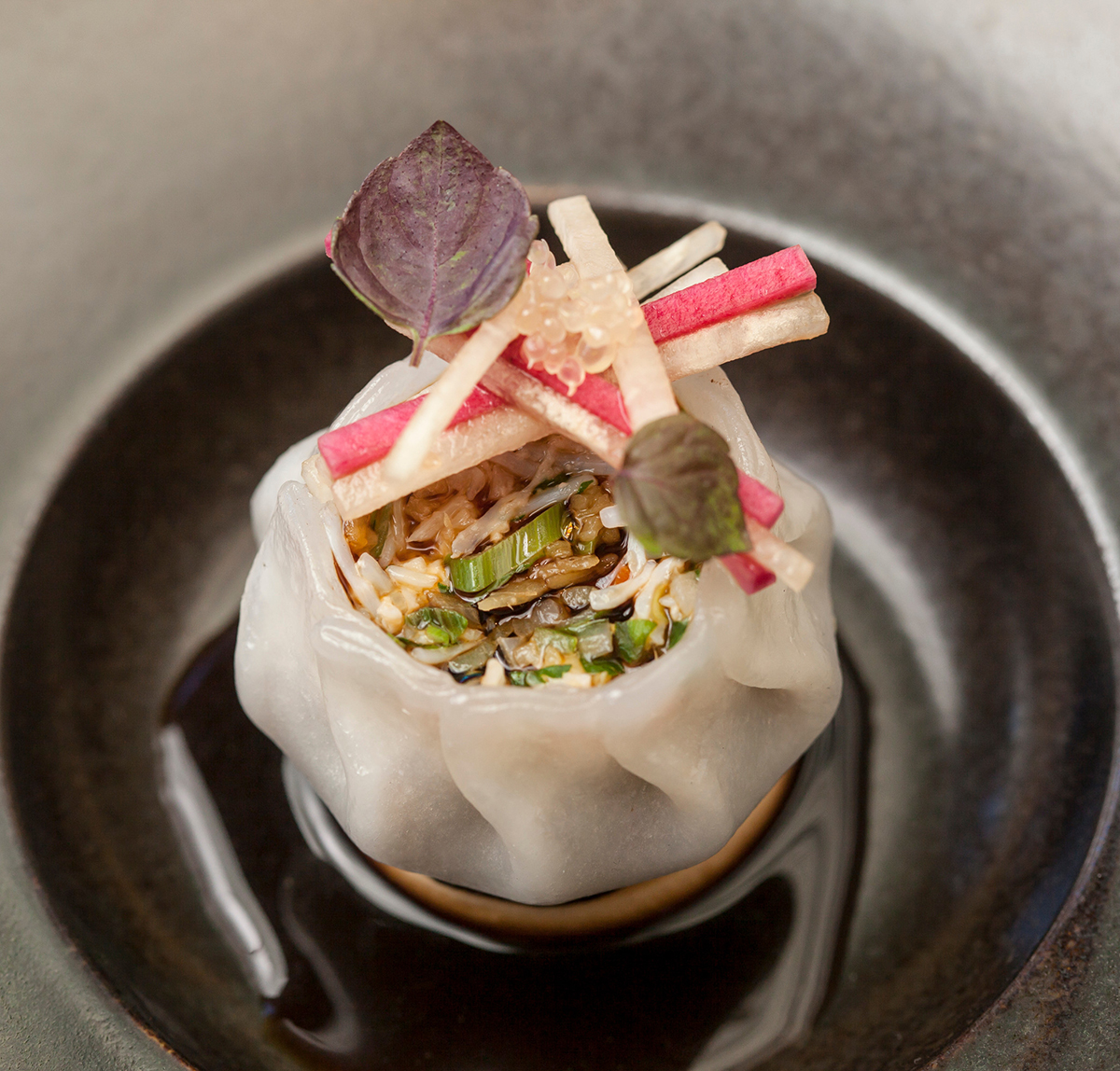
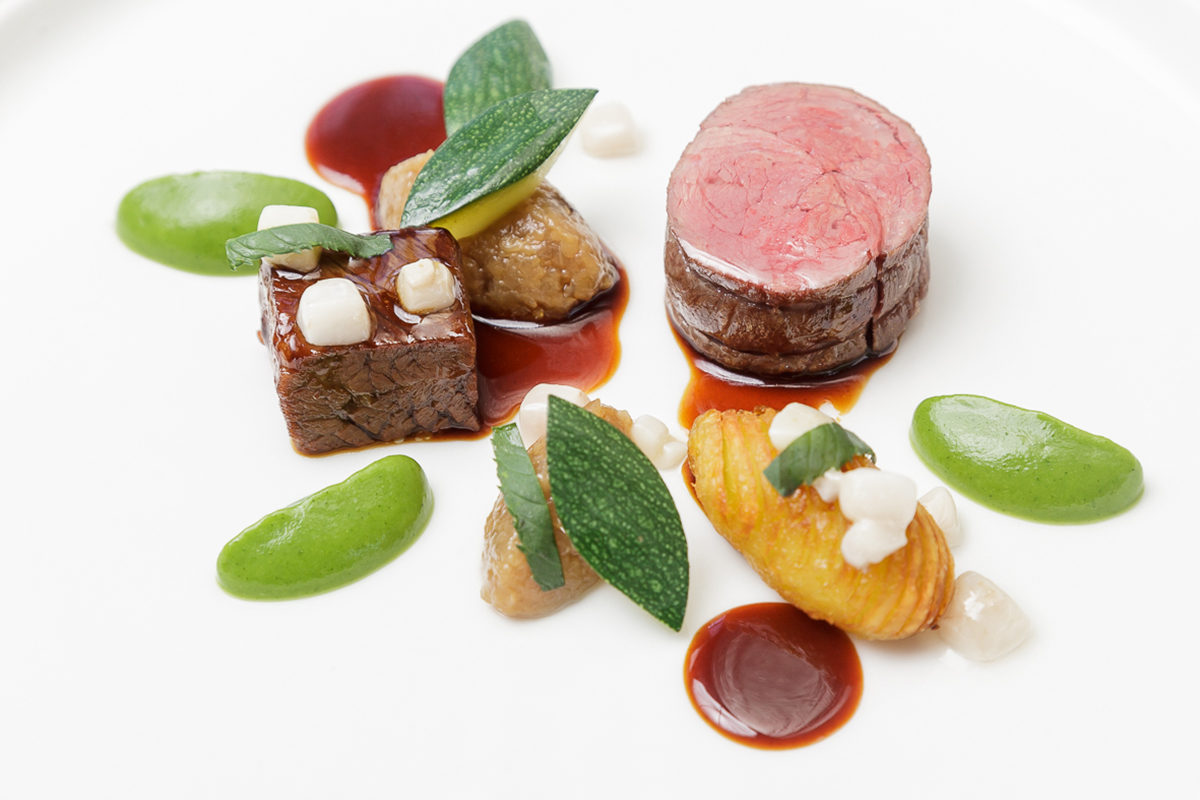
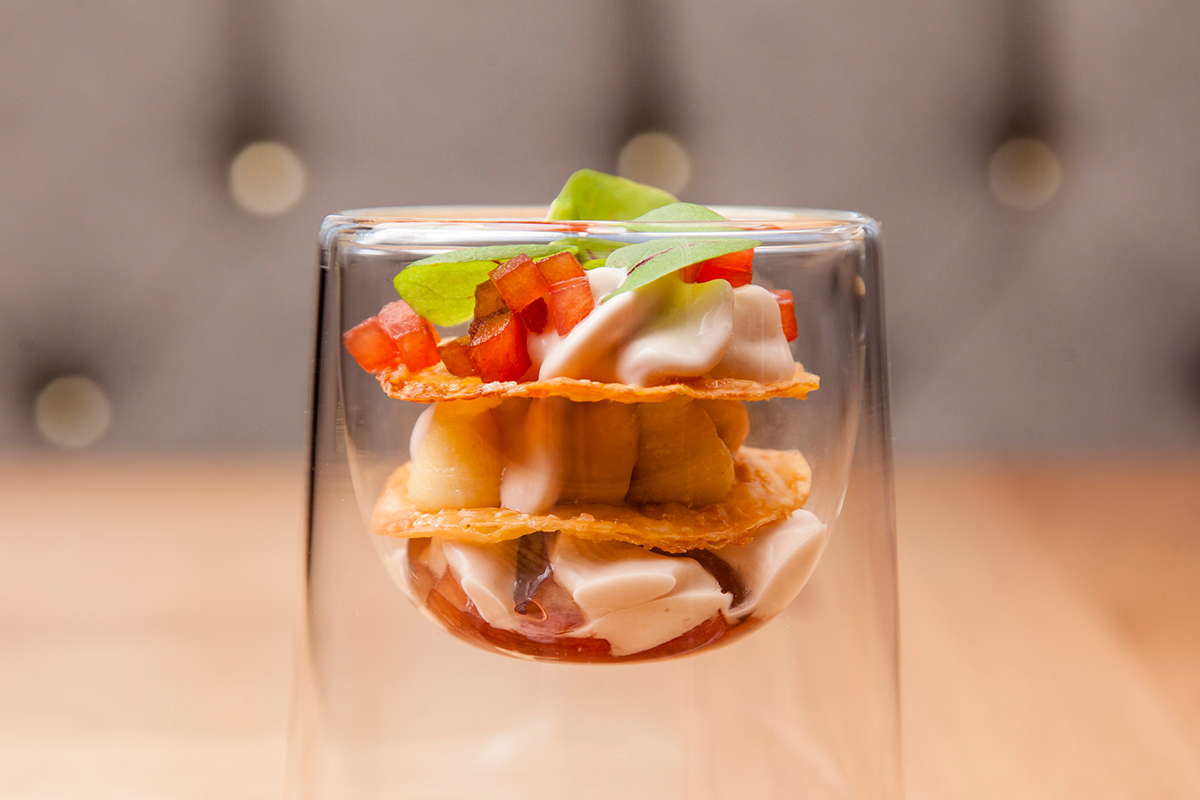
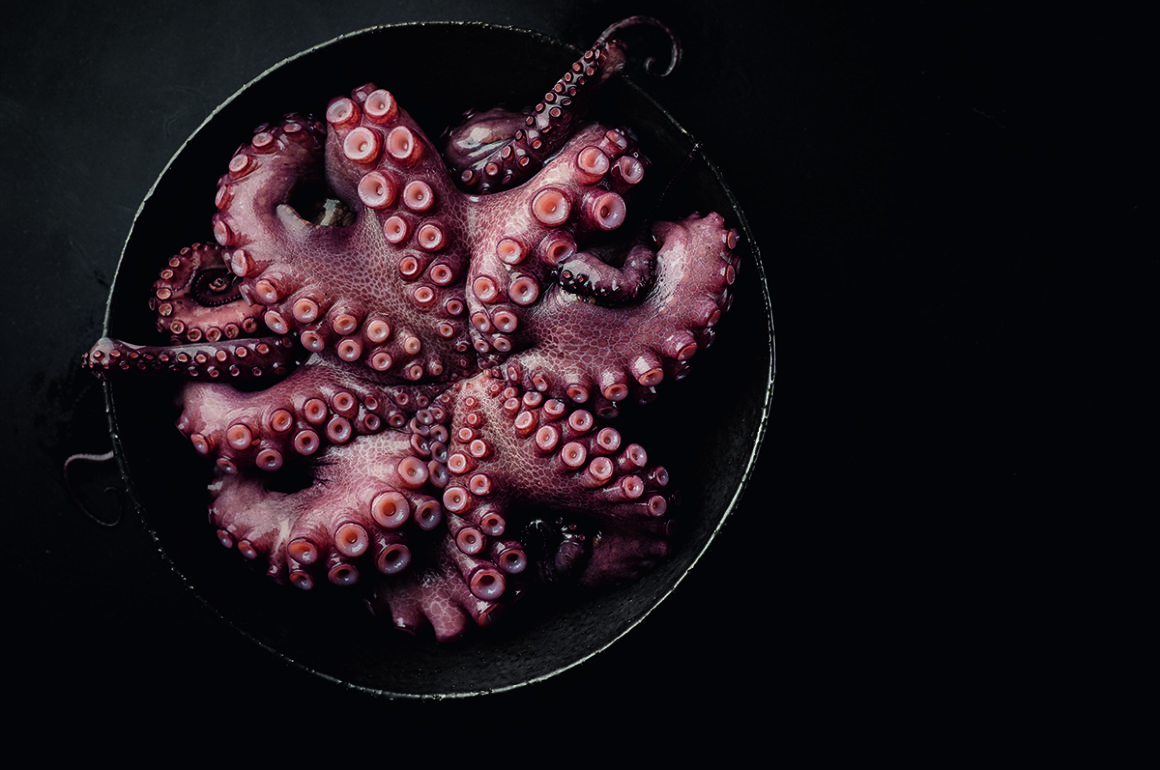
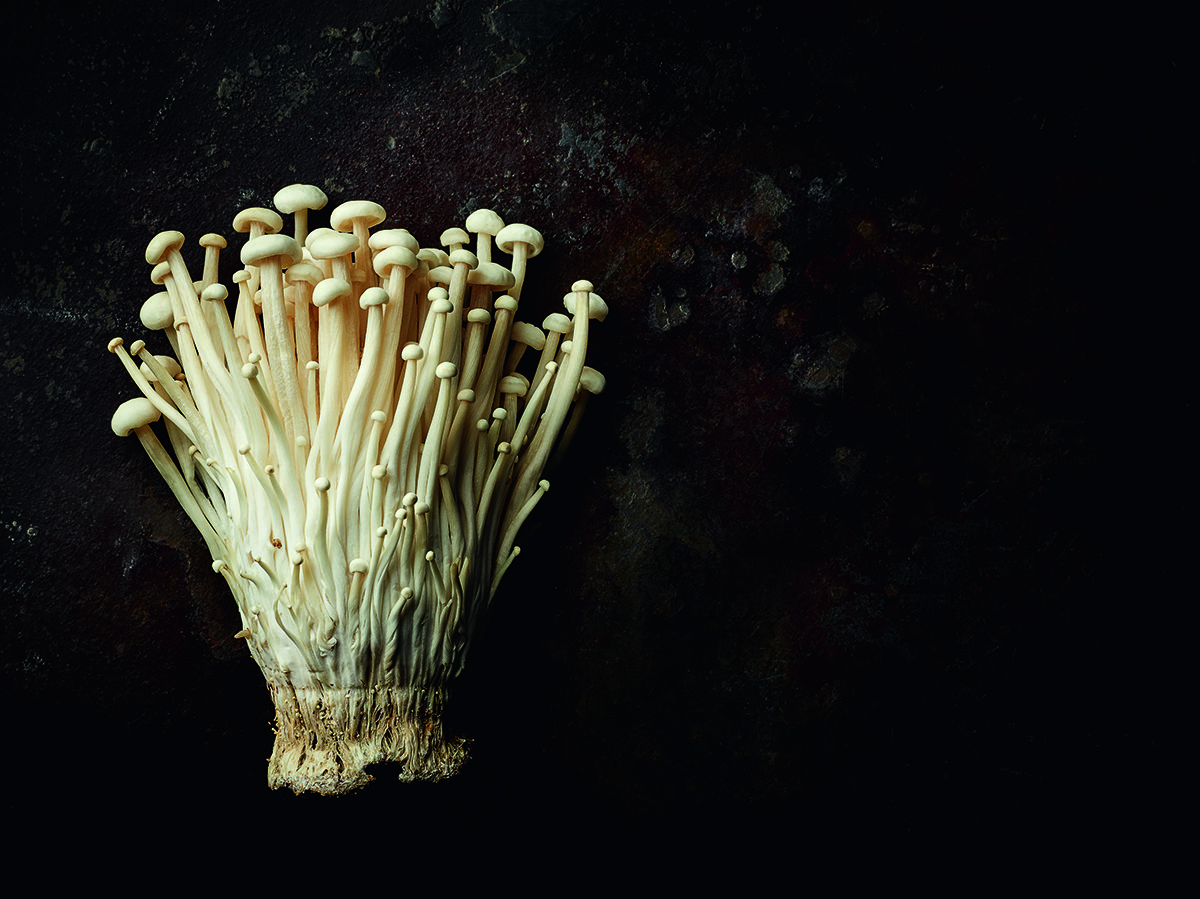
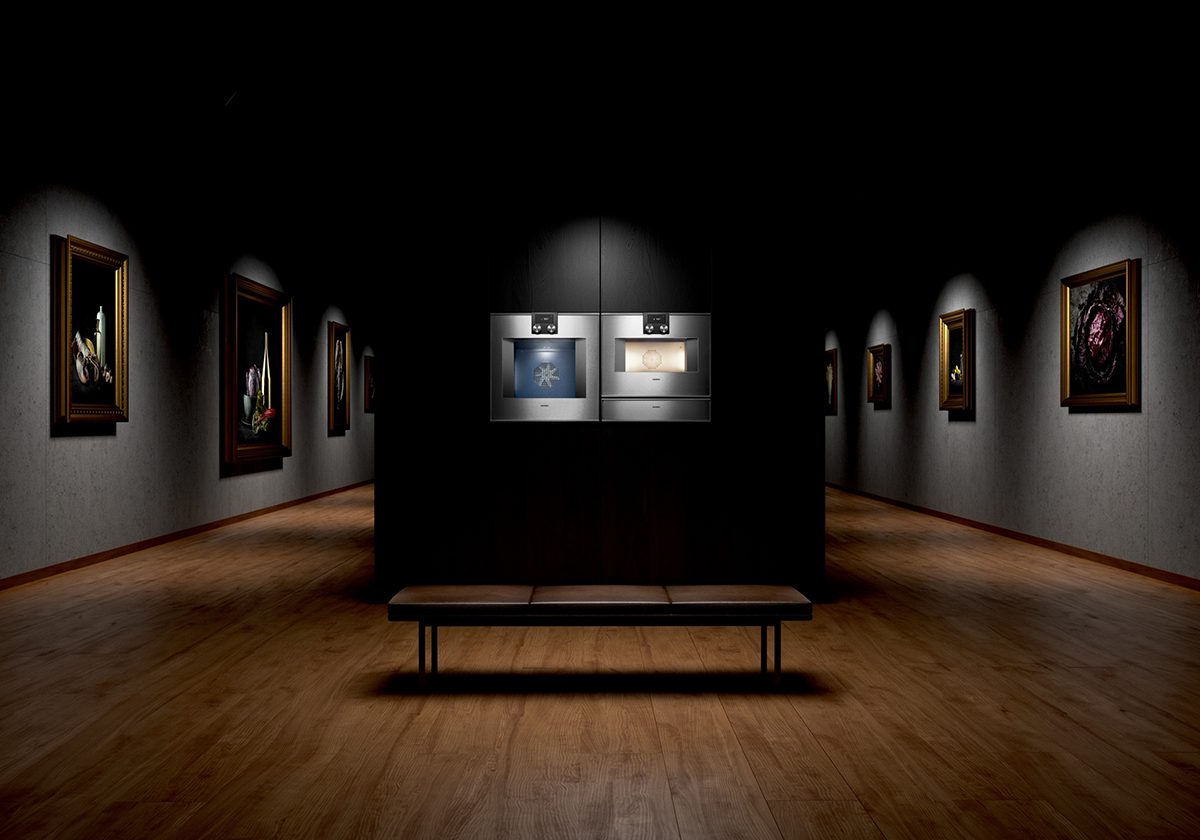
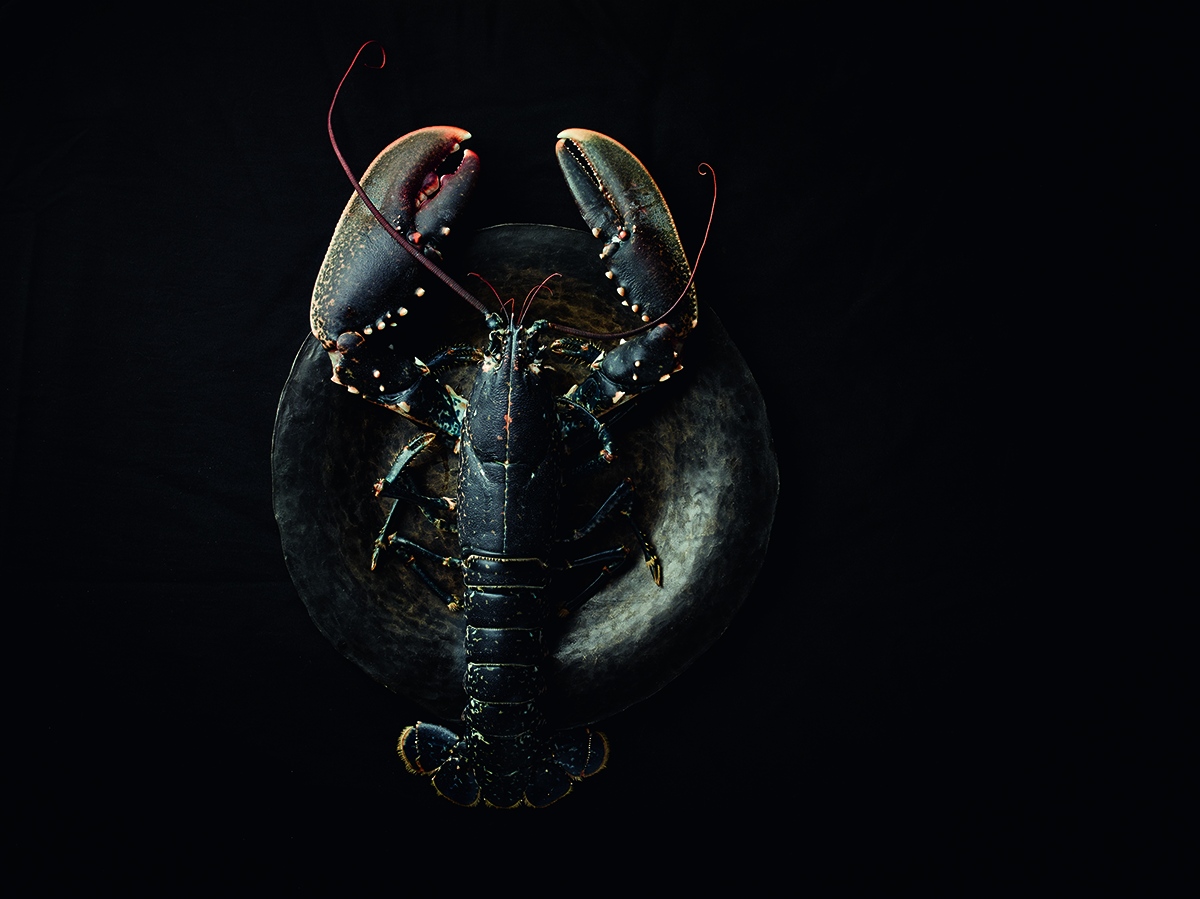
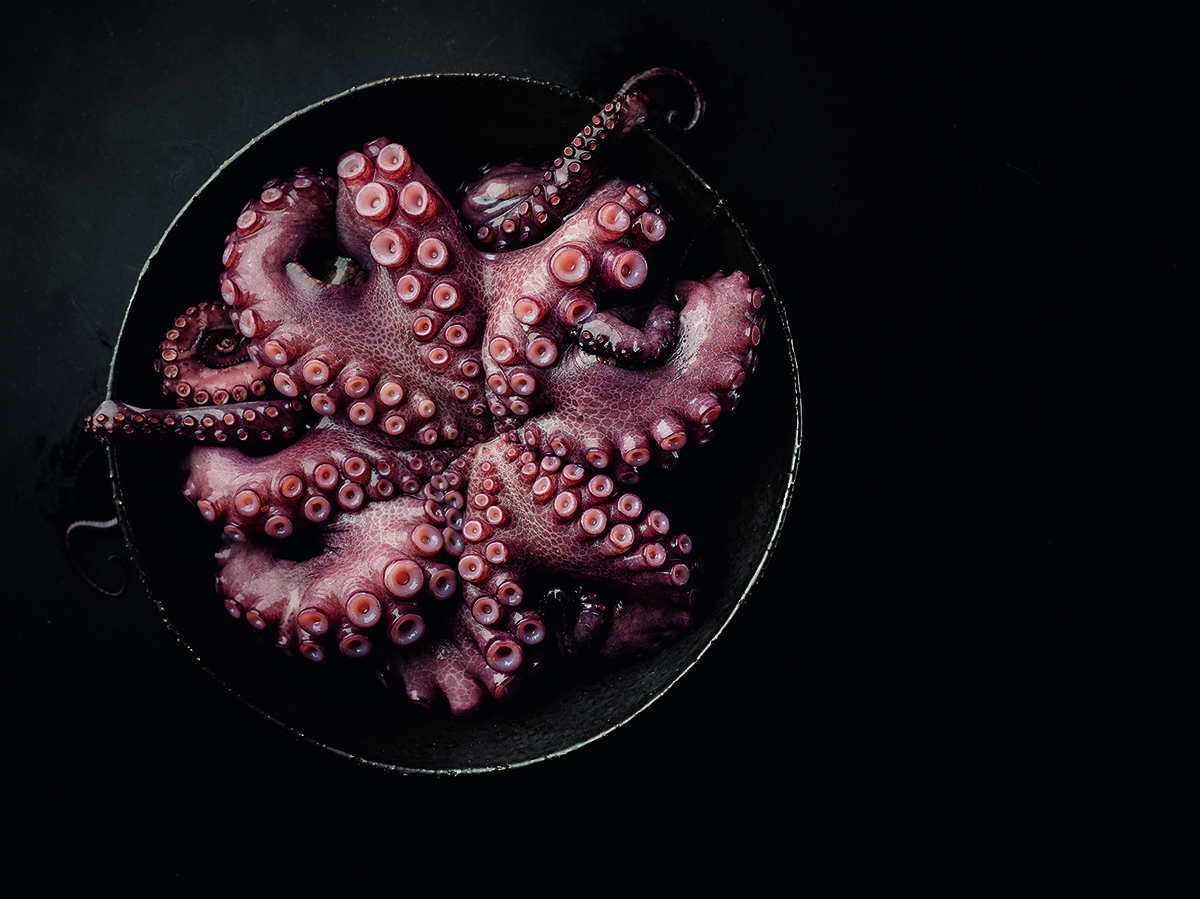
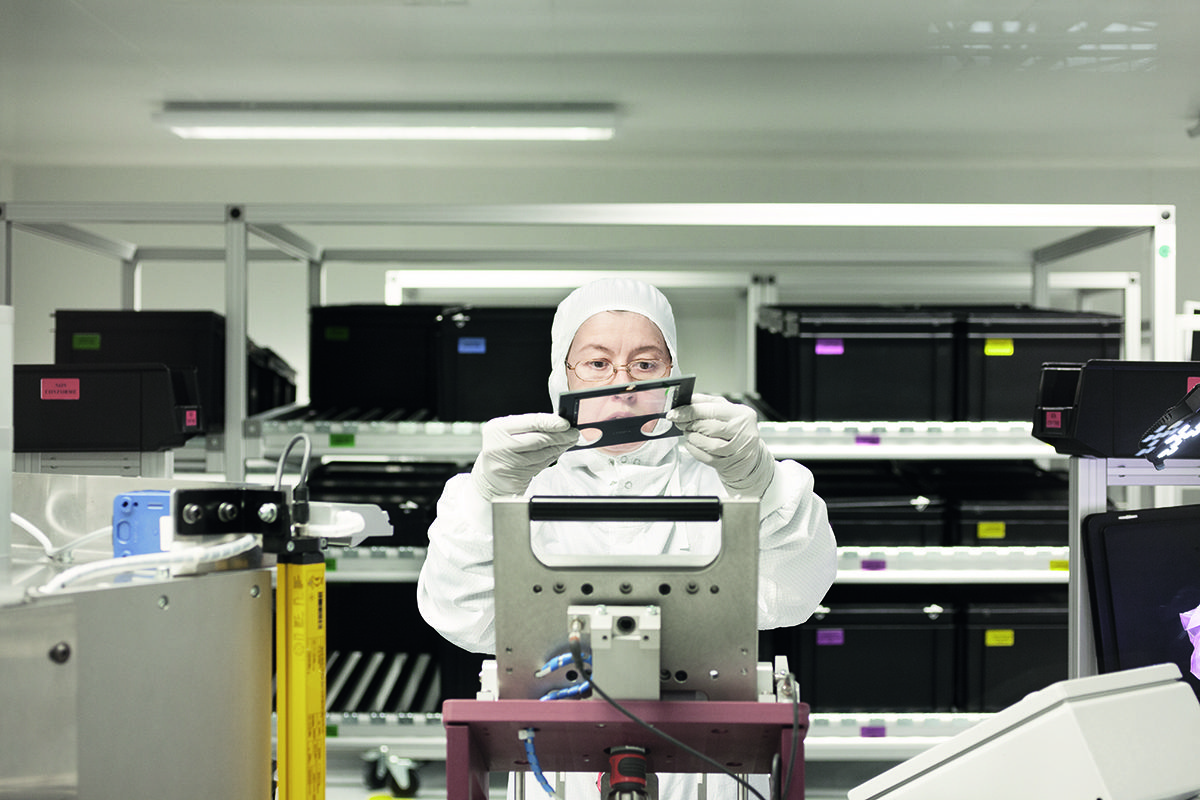
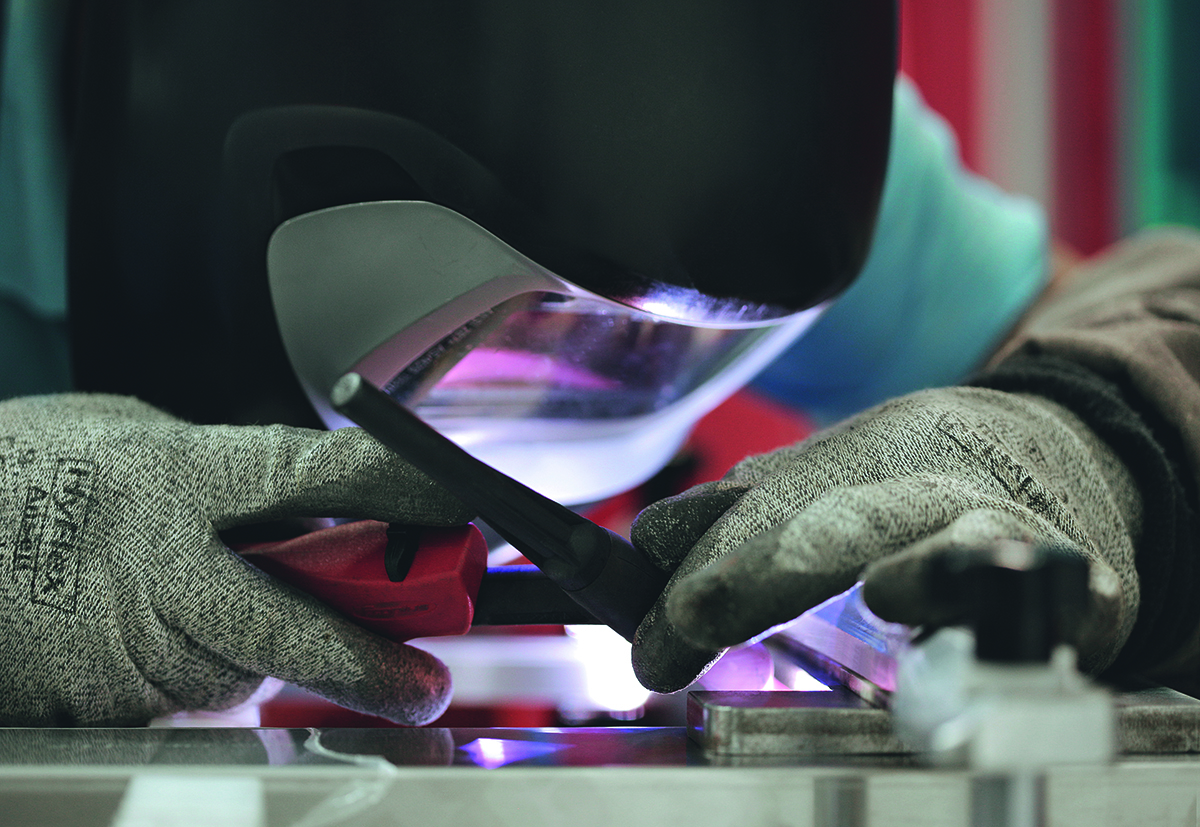
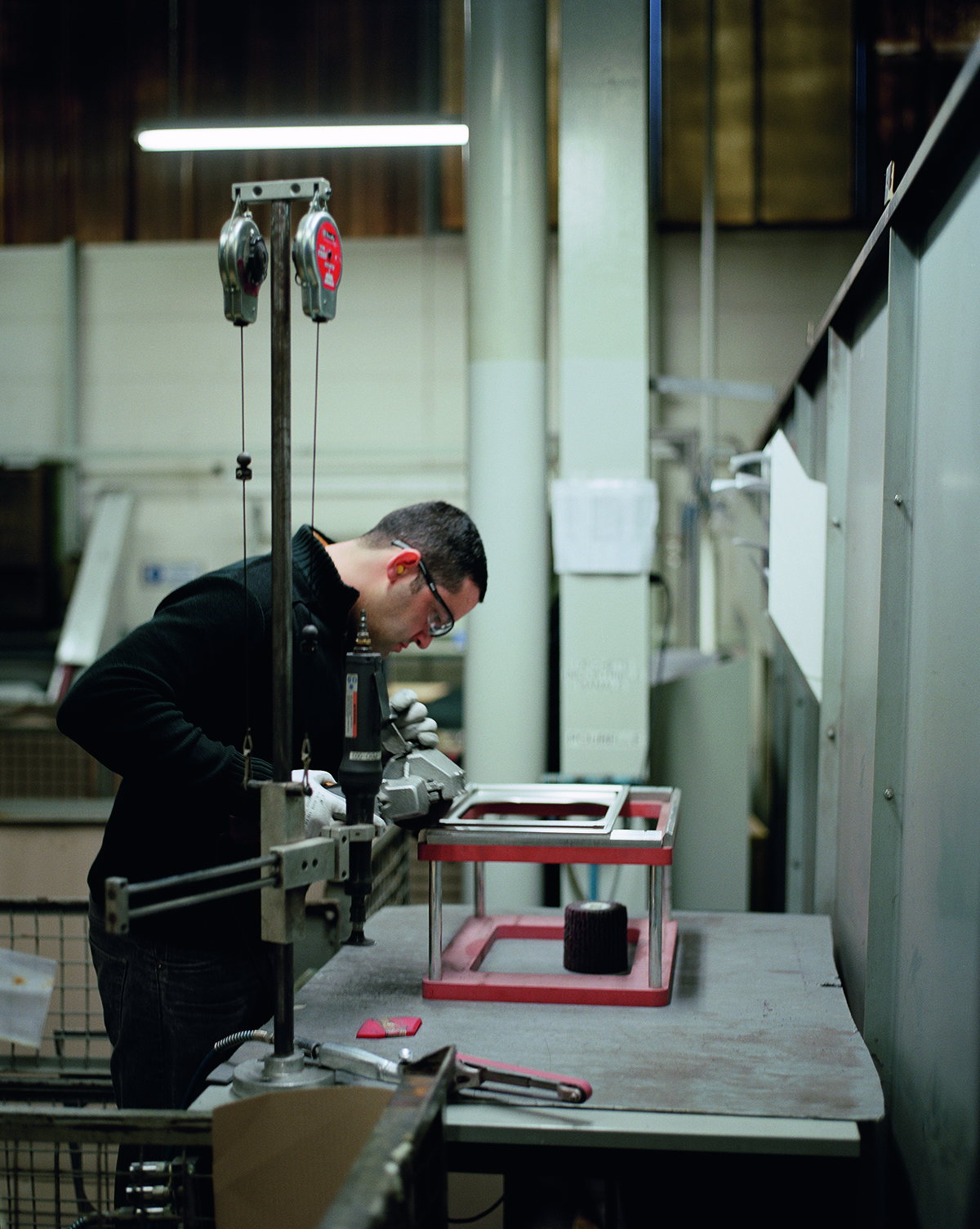
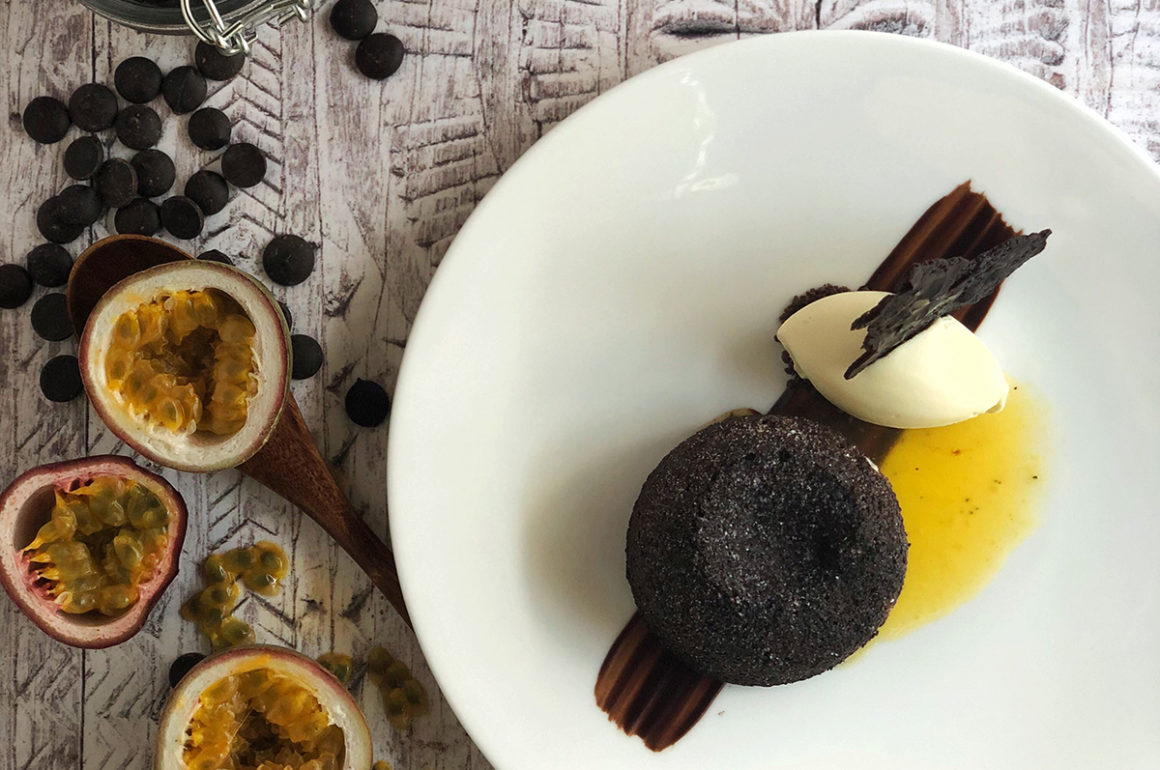
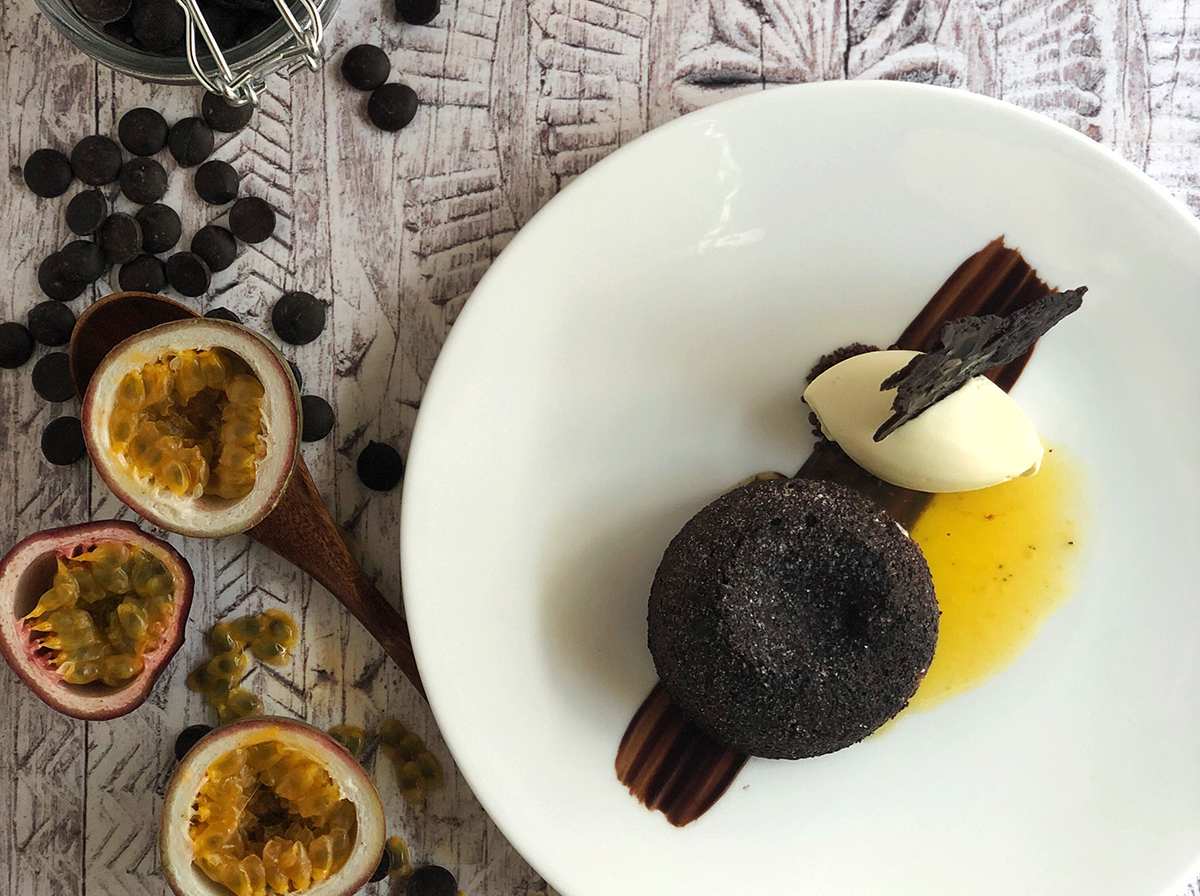
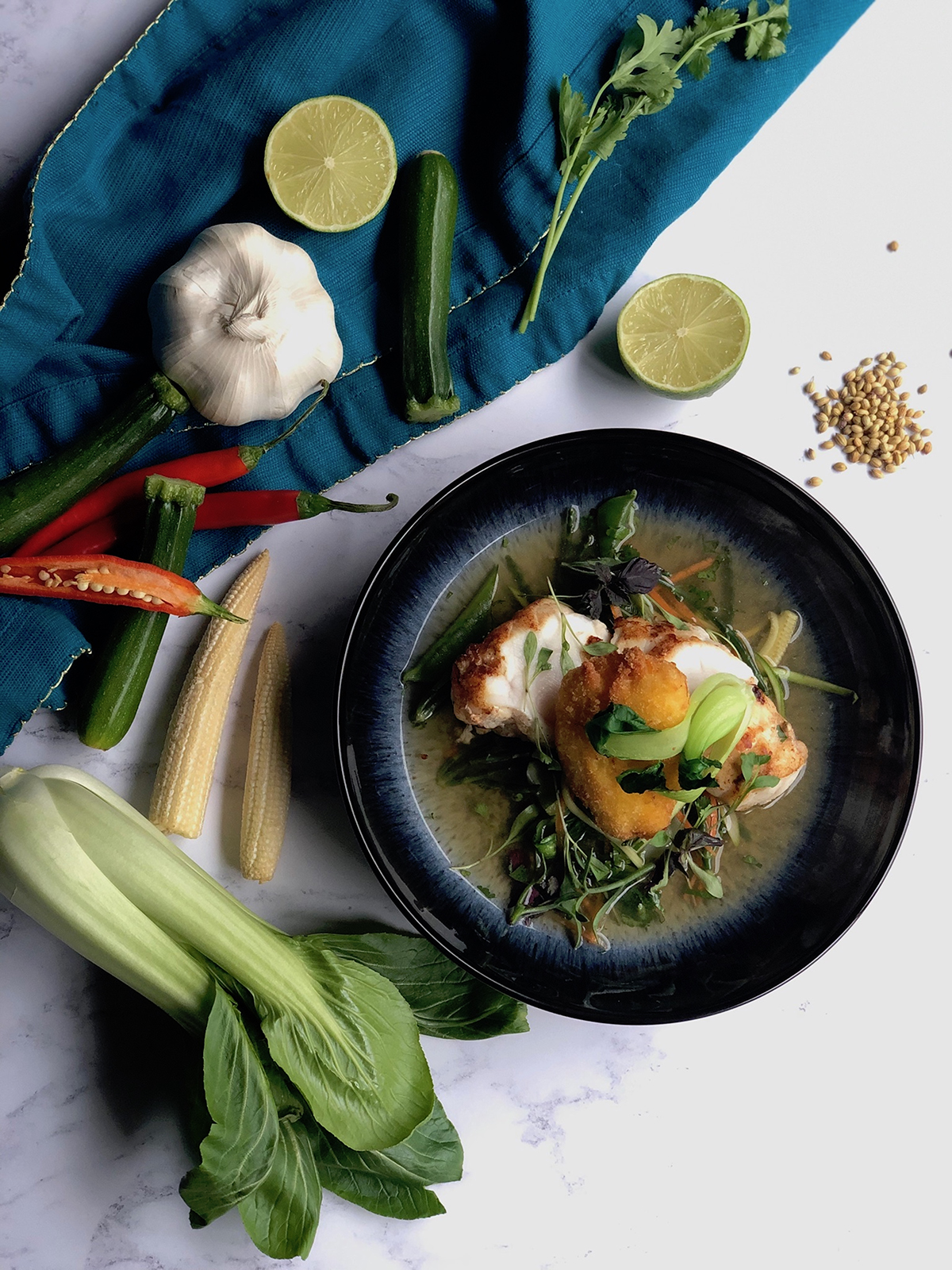
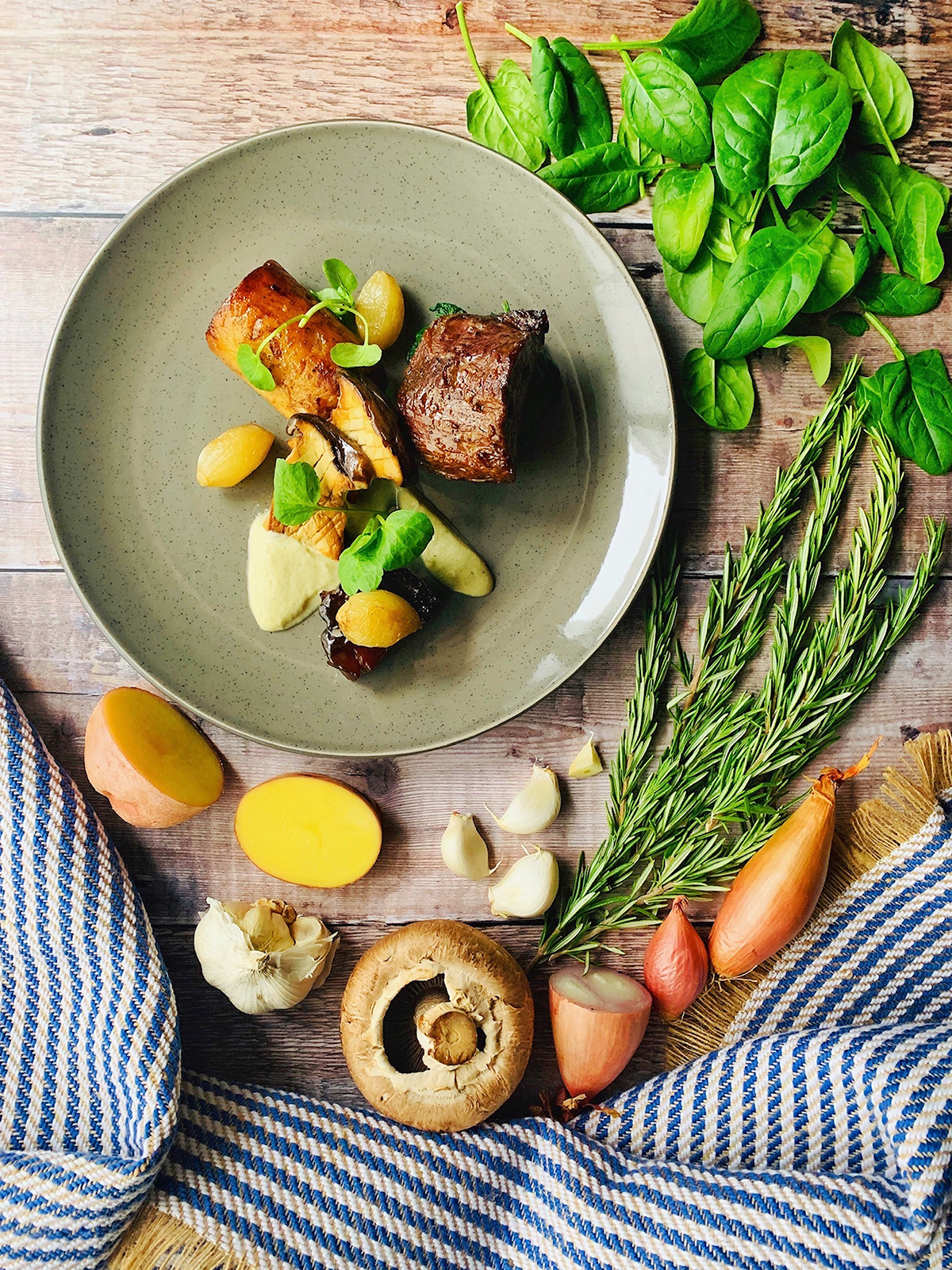
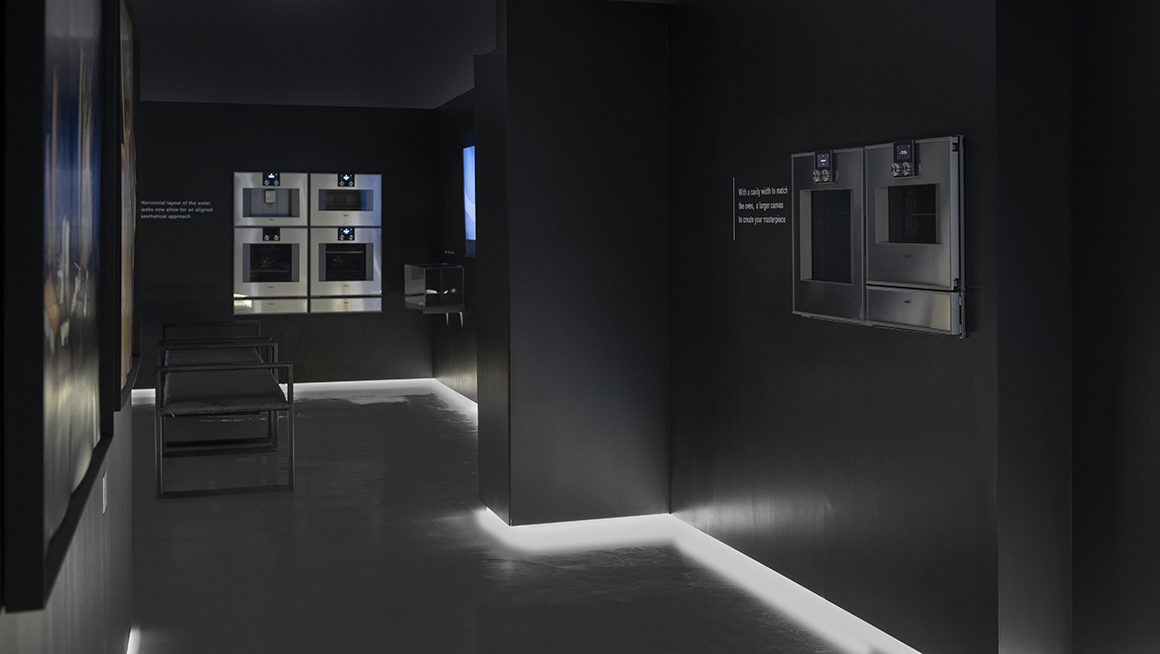
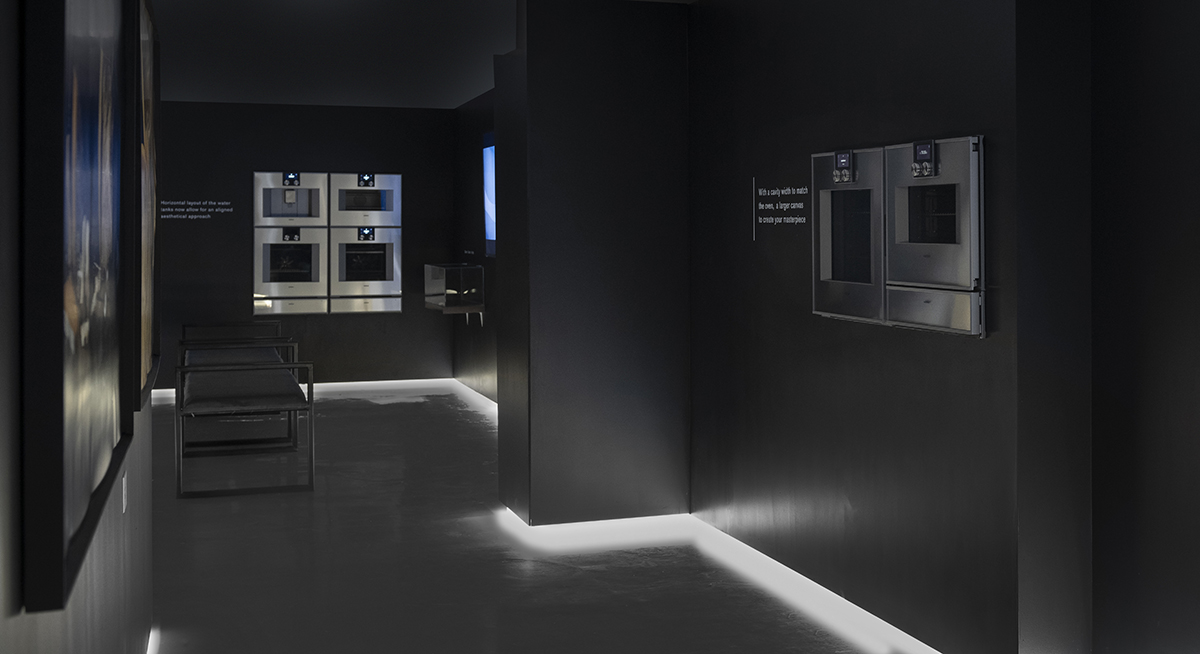
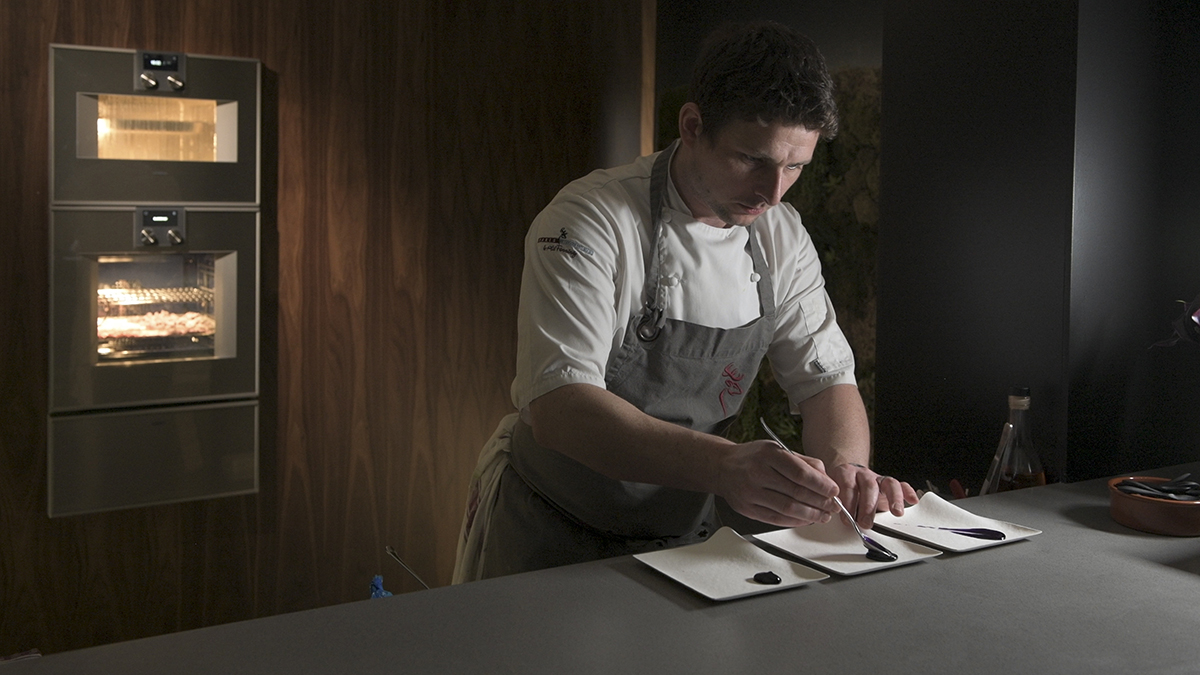
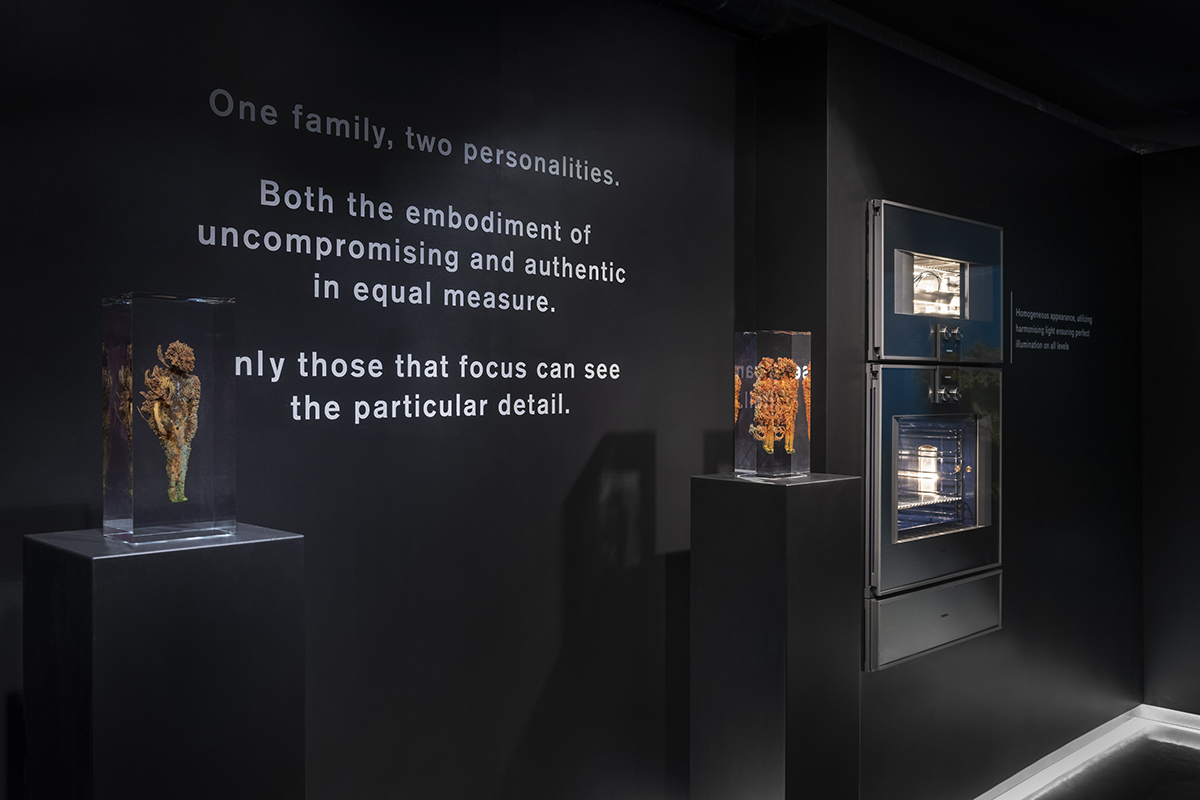
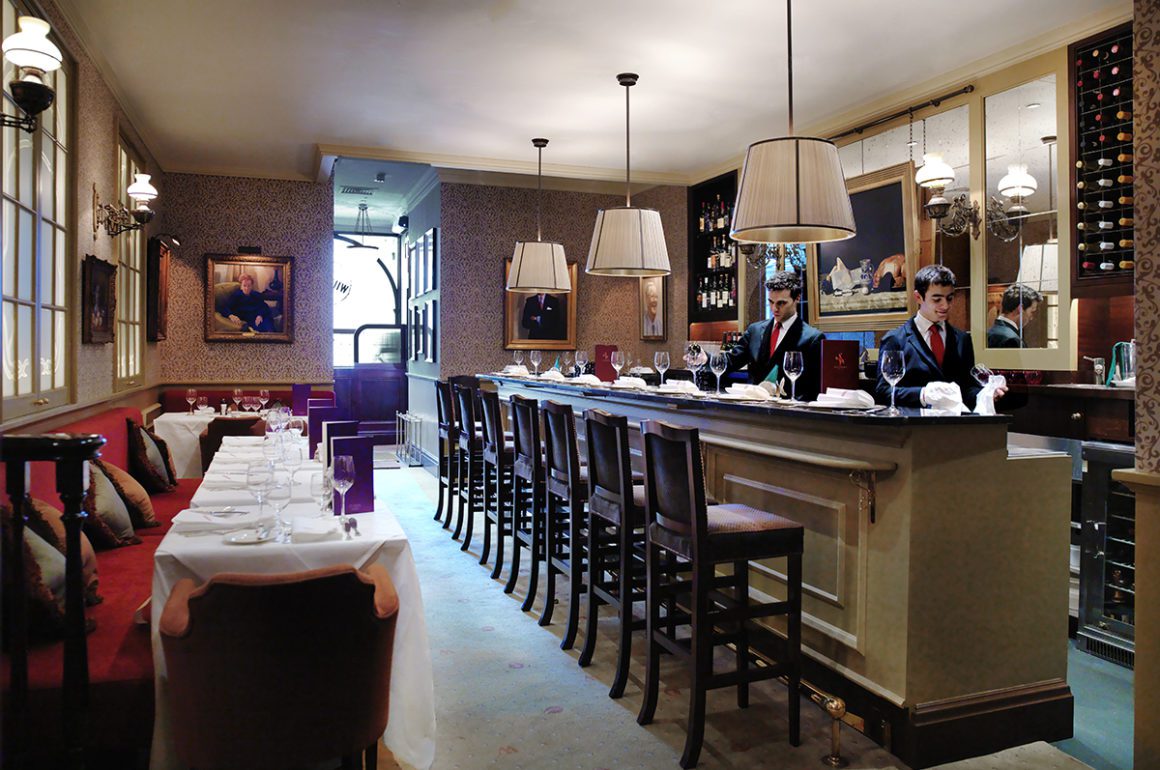
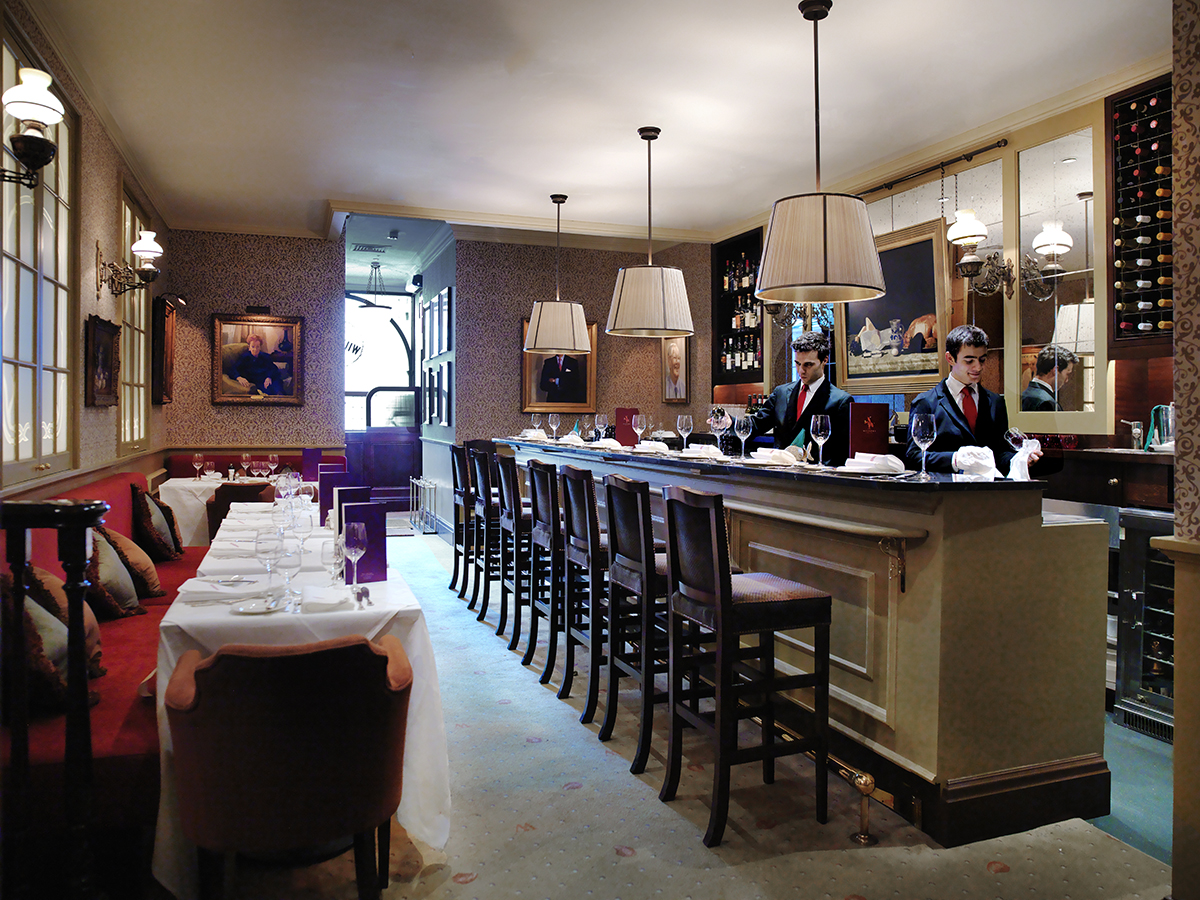
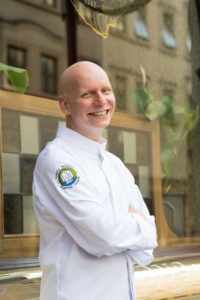
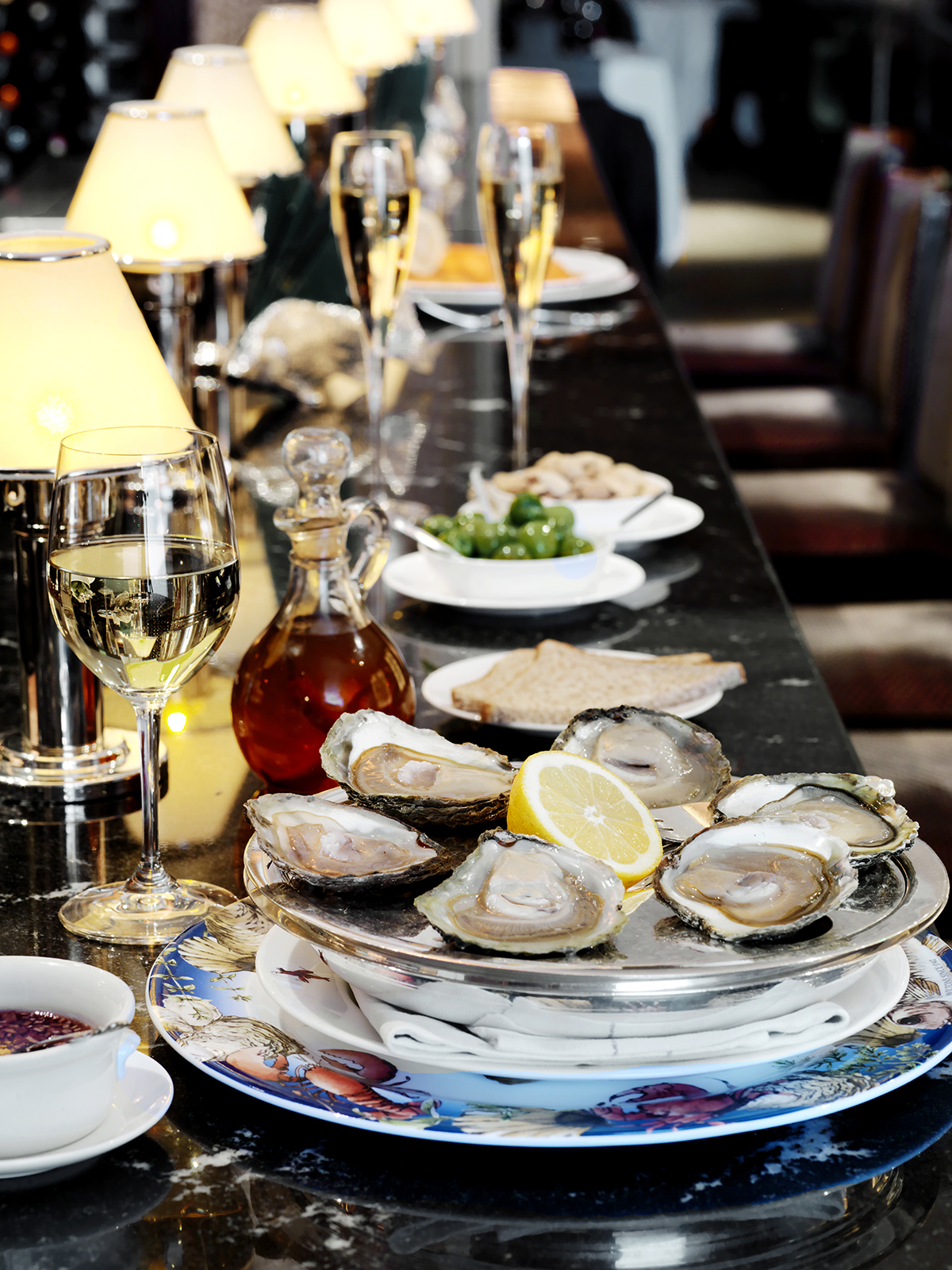
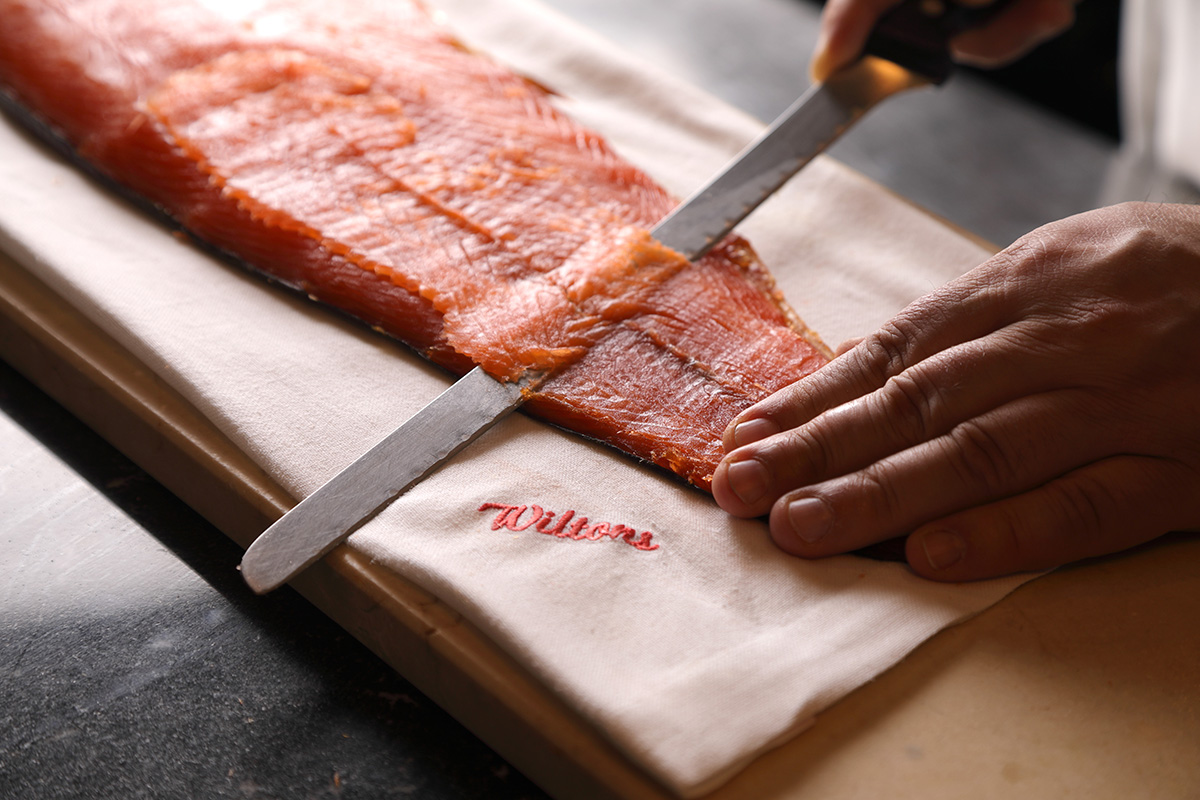
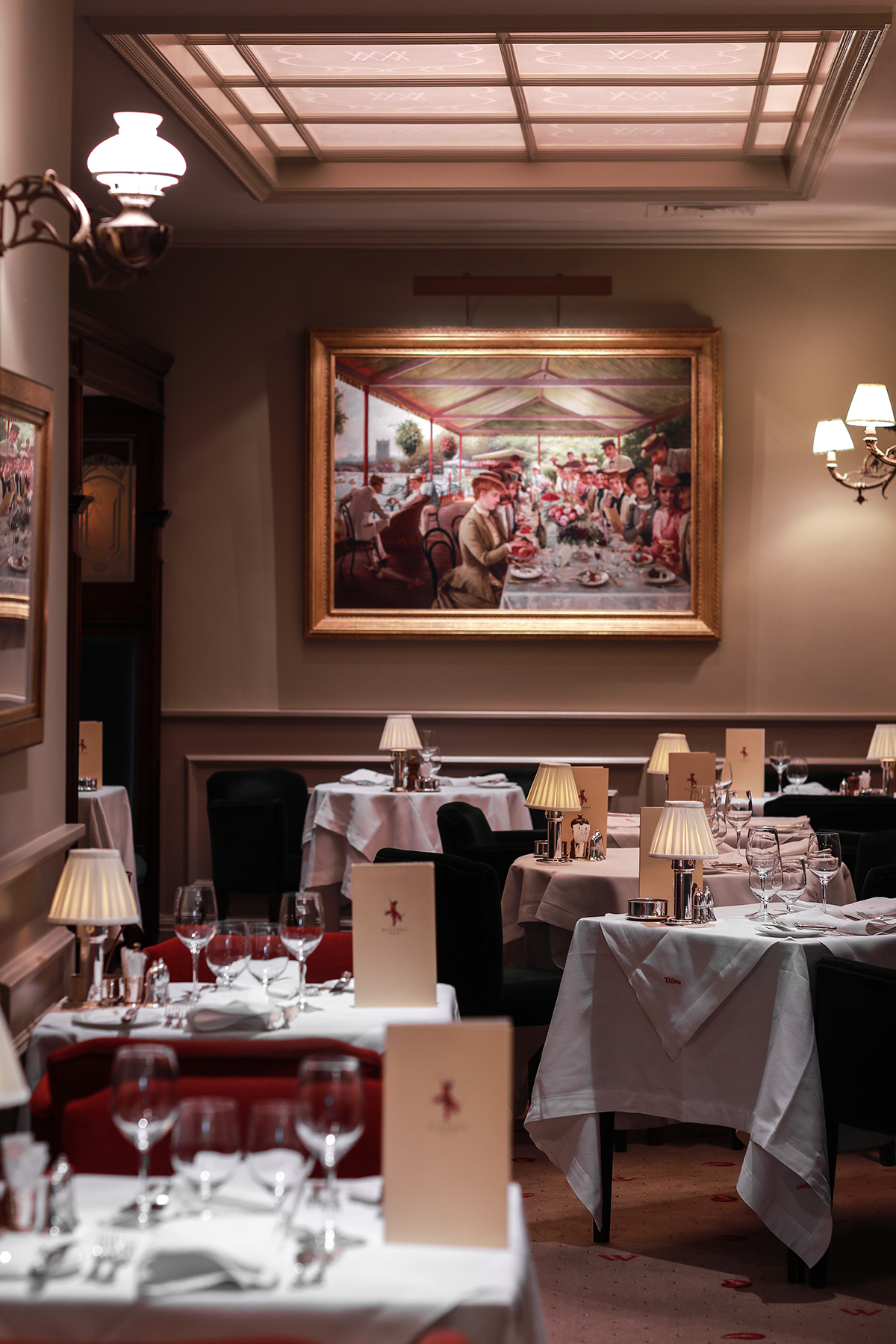
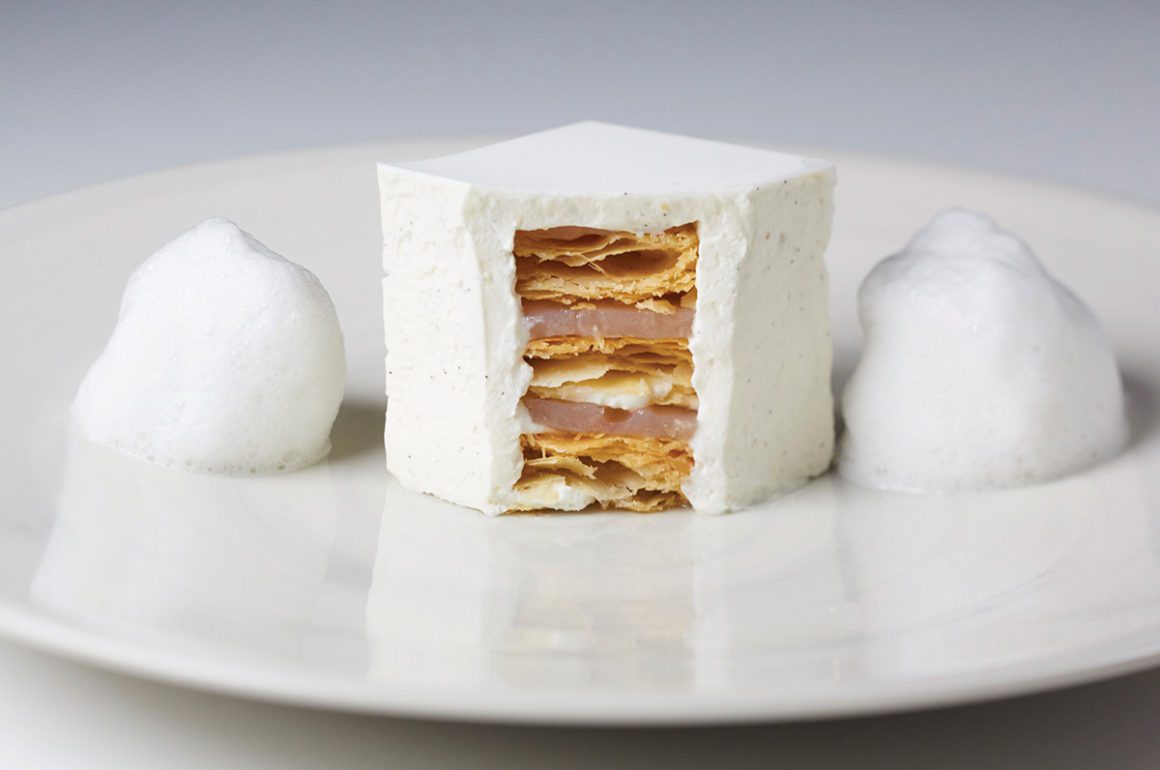
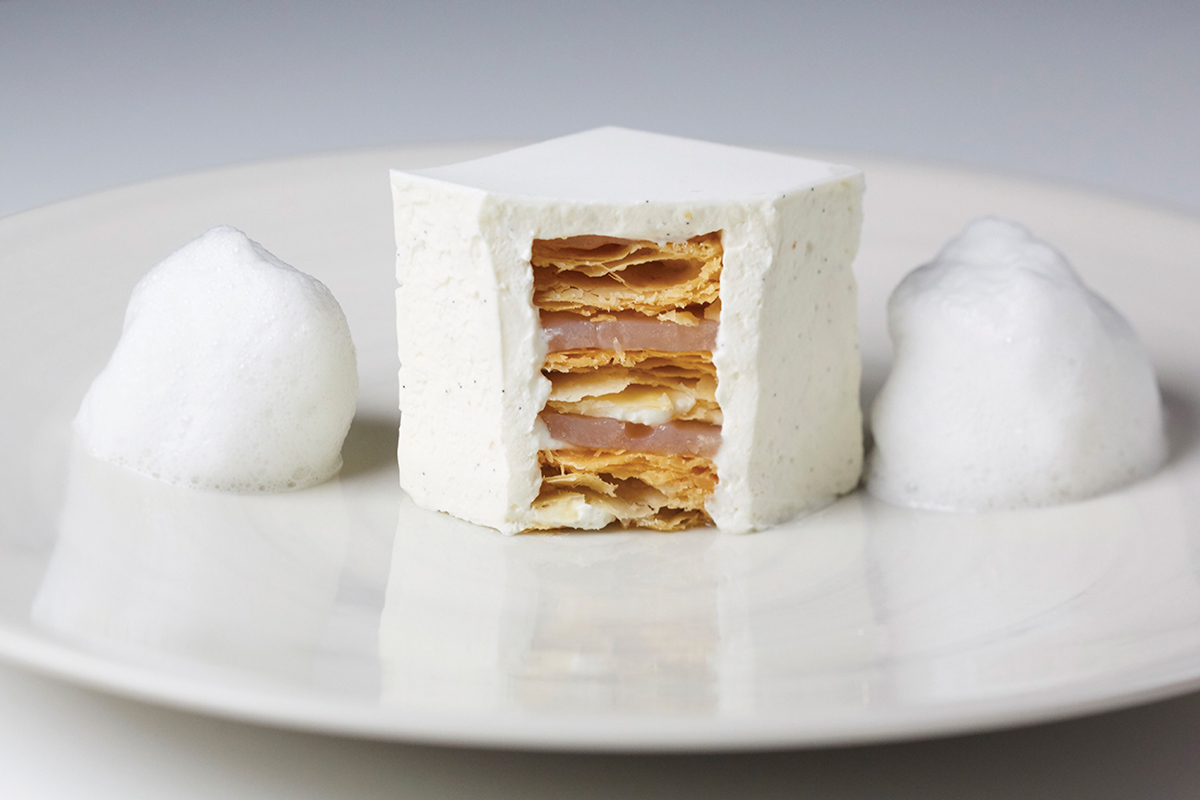

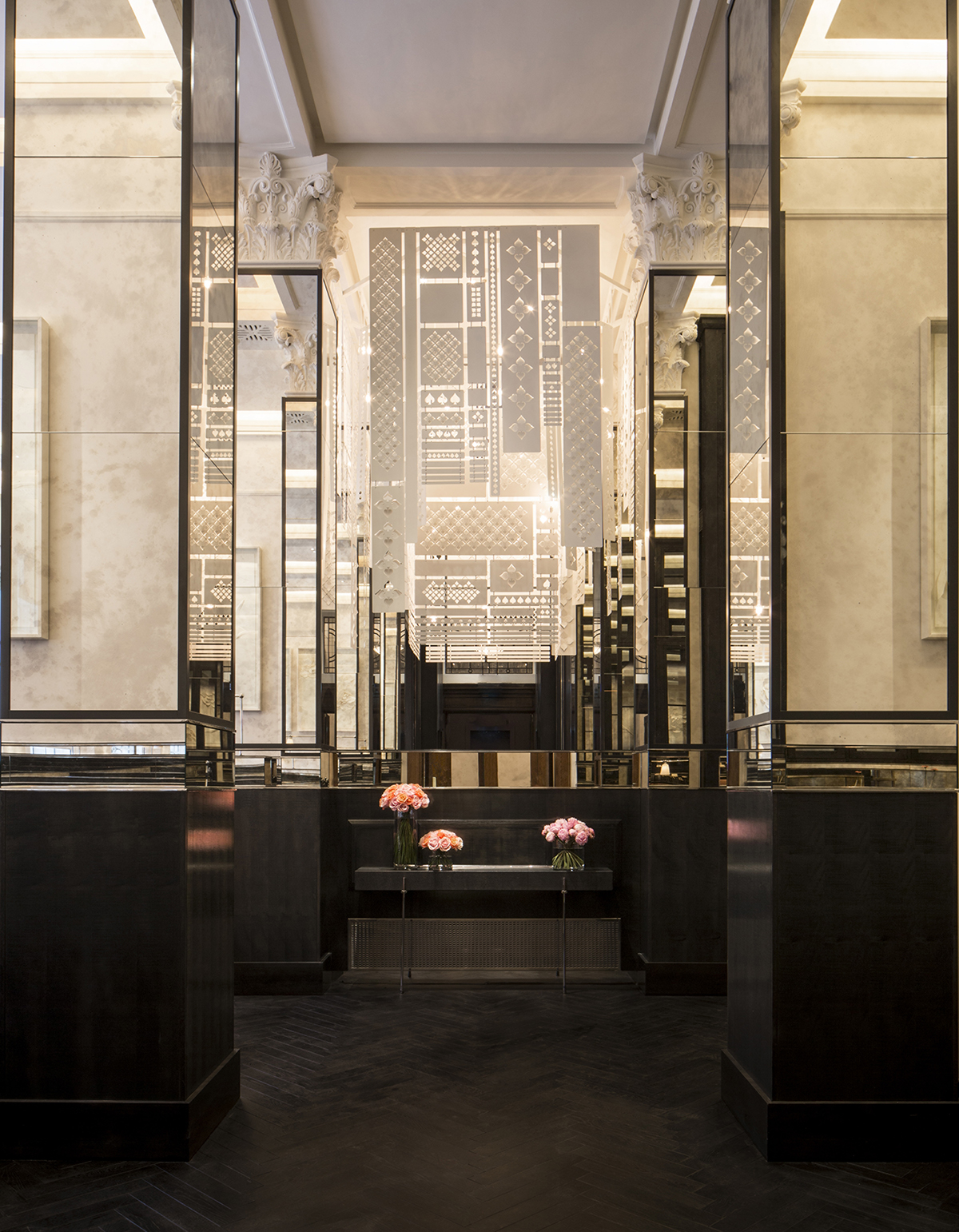
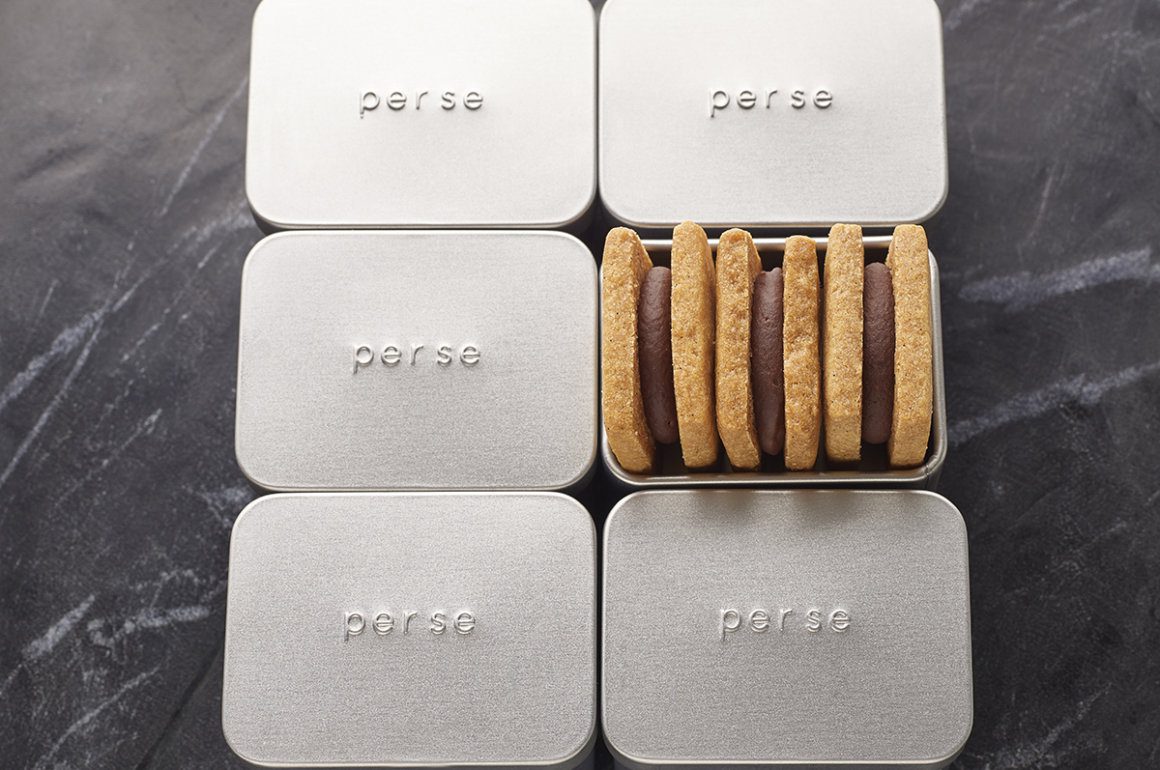
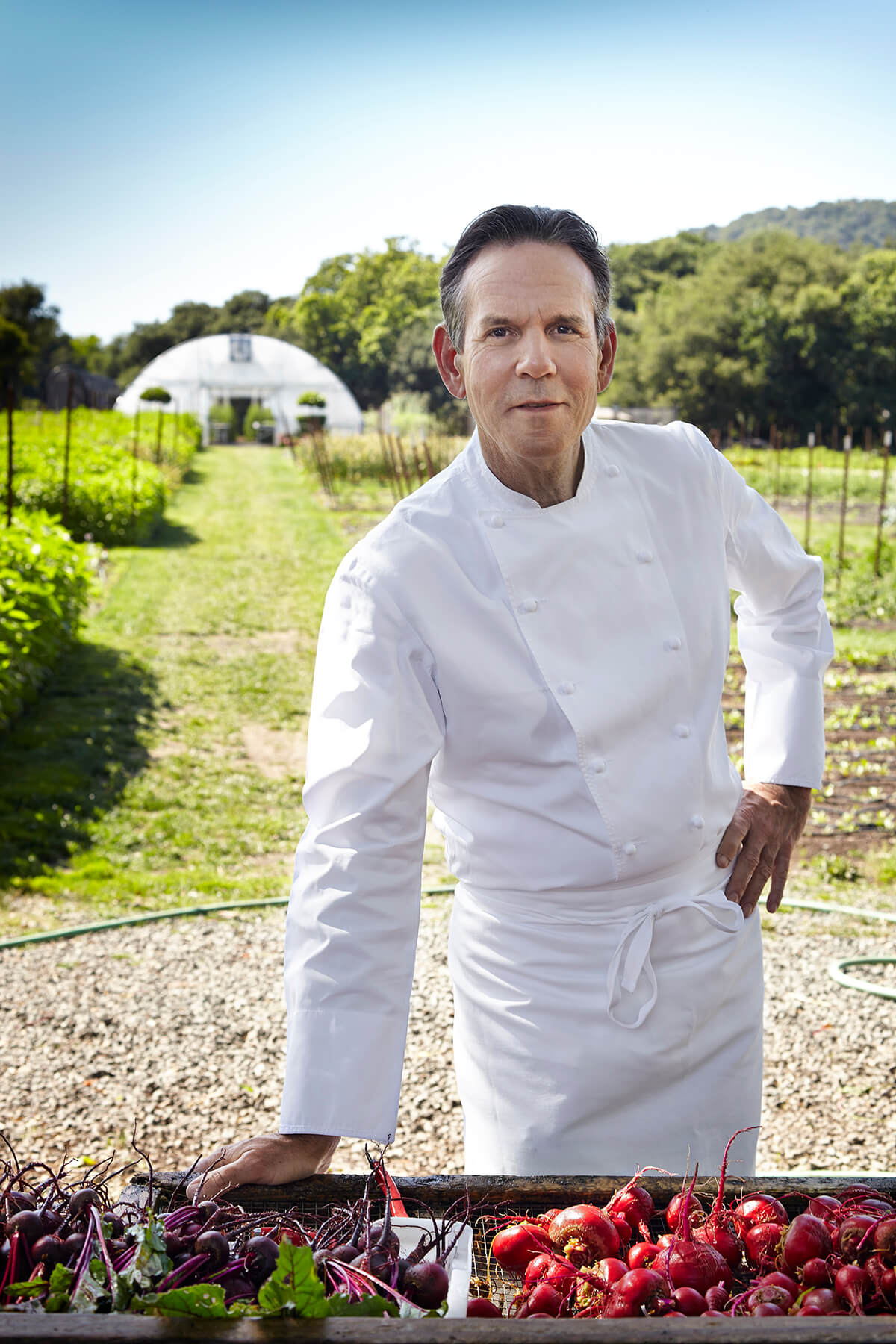
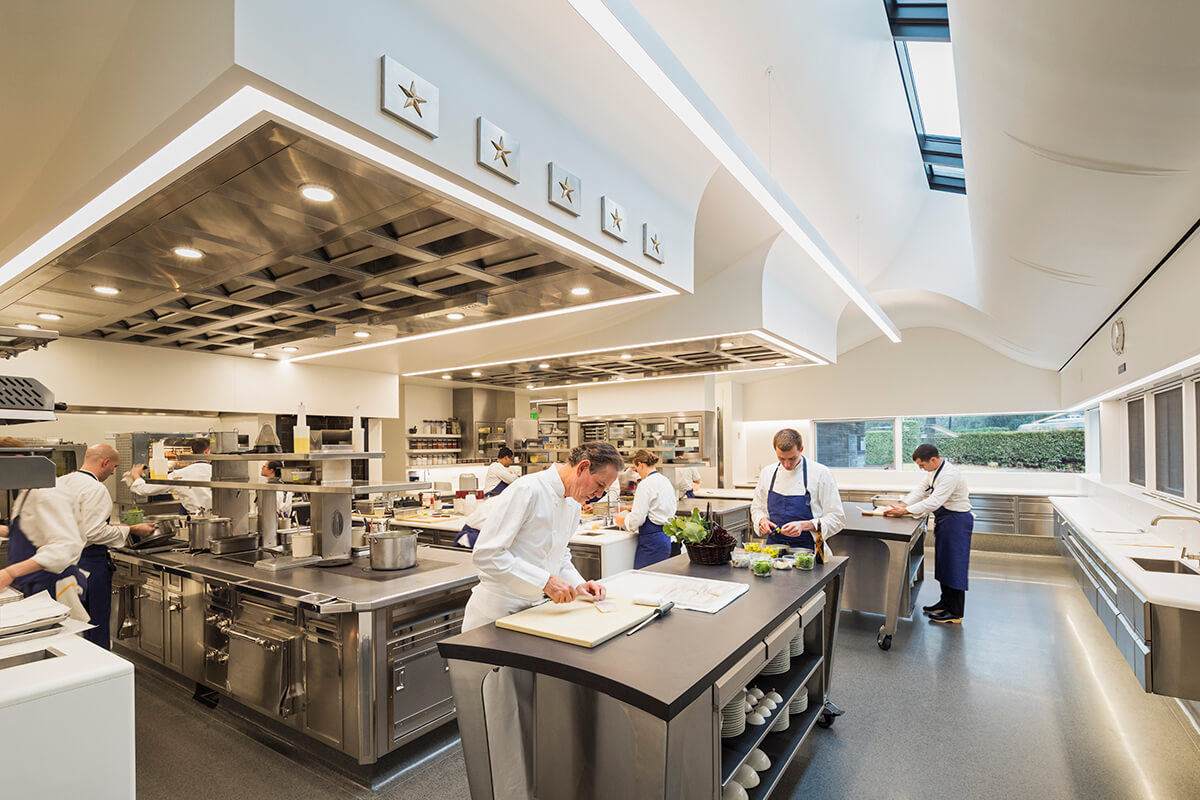
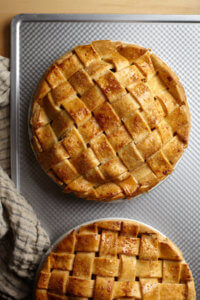
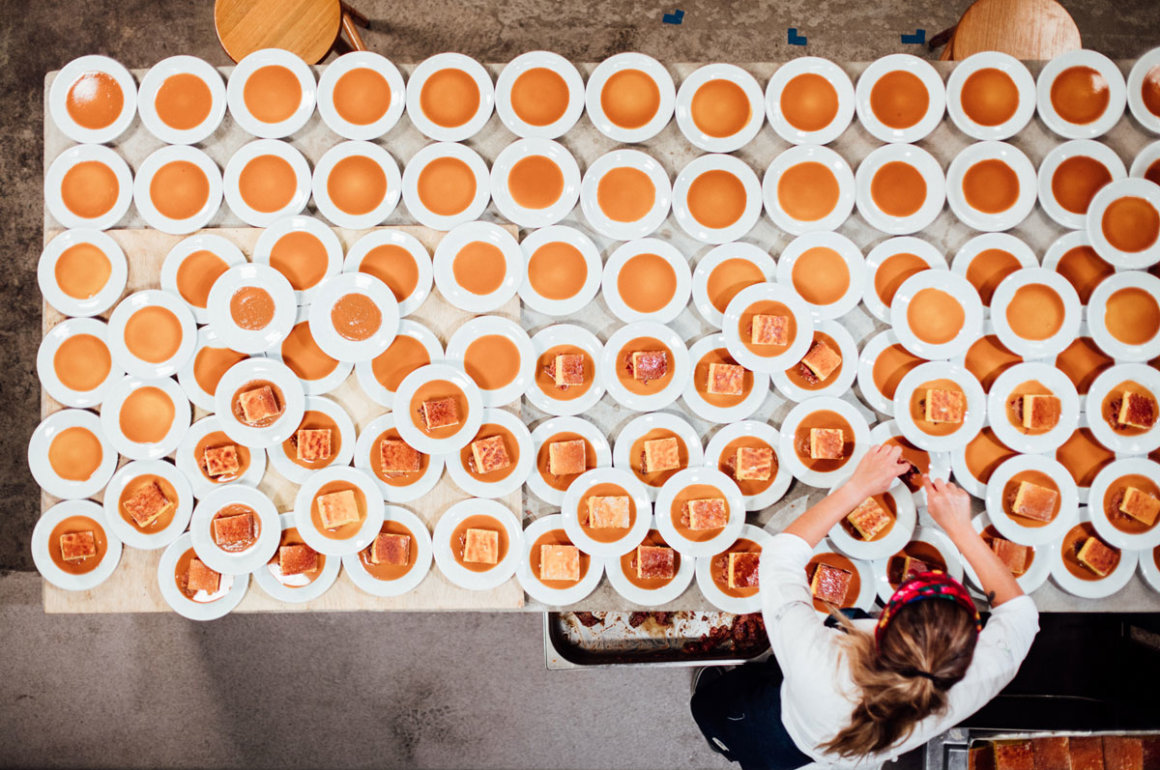



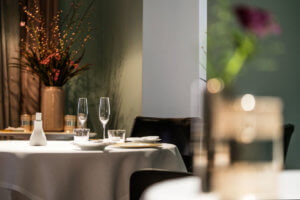



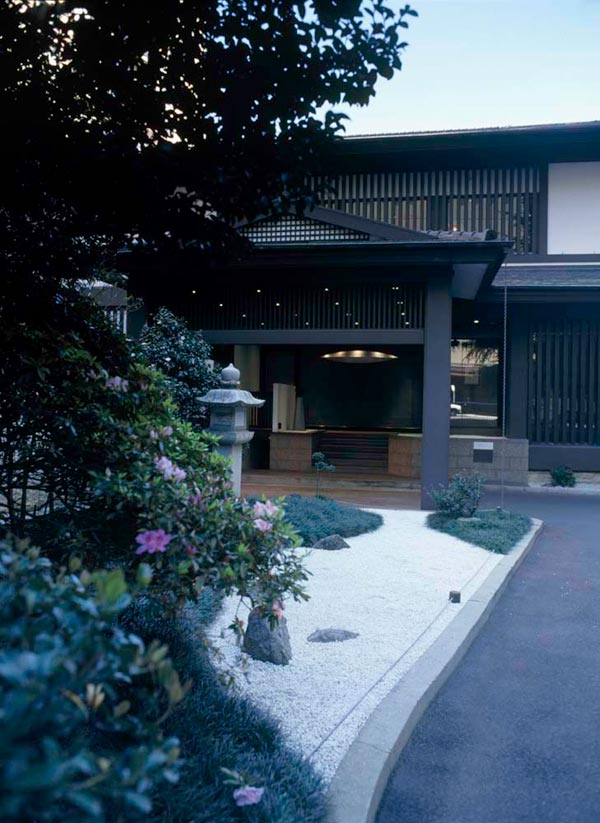


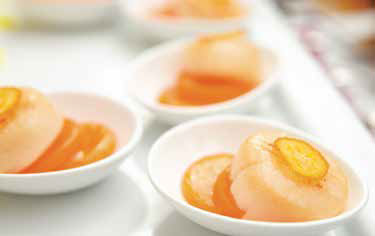
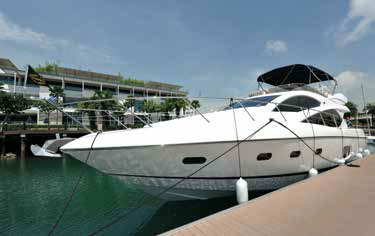


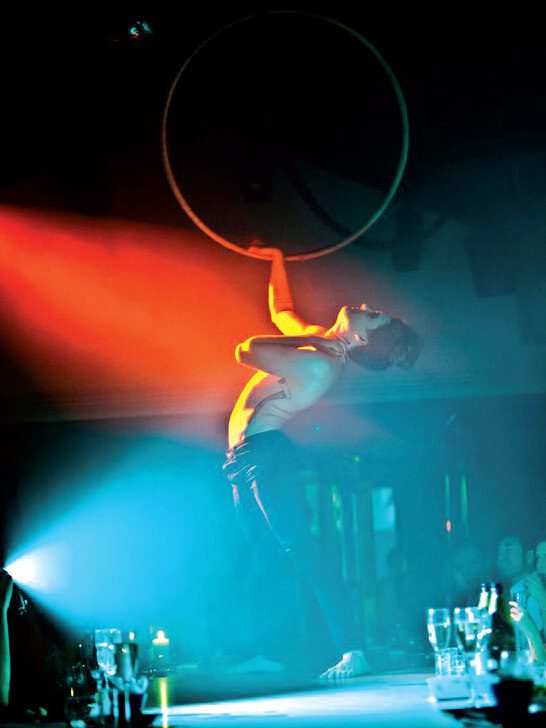













Recent Comments